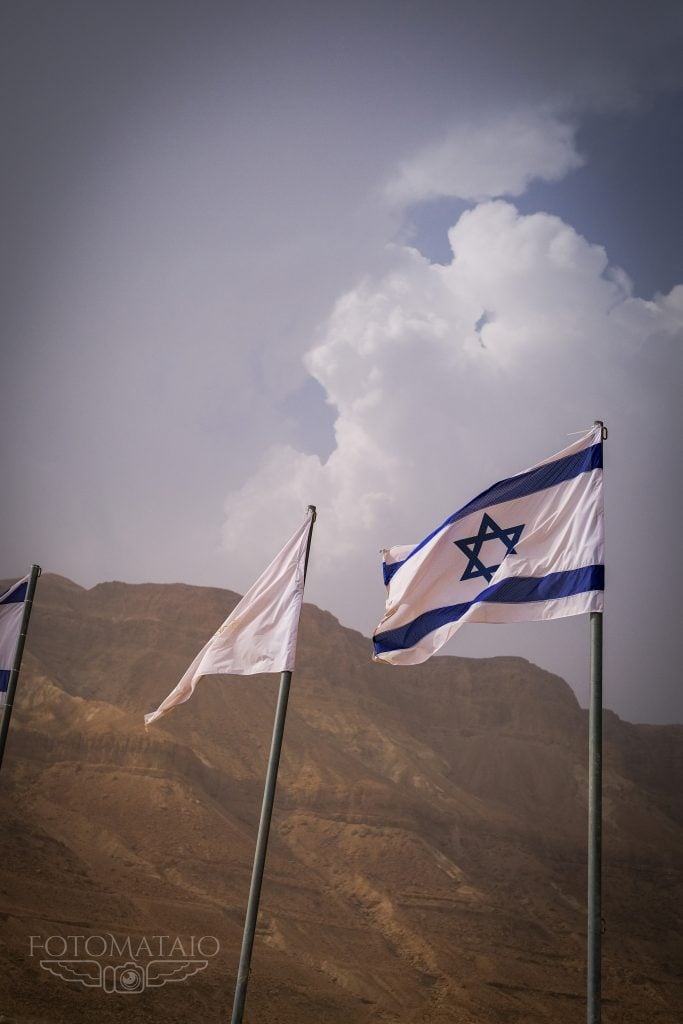
We arrived in Tel Aviv mid-morning, bleary-eyed and a little wobbly from lack of sleep, since Theo was the only one of the eight of us to sleep on the flight from Toronto. We were also hungry and some of us in need of a coffee. But I had forgotten that we were arriving on Shabbat, and our favorite café was closed. Elie called his cousin, Nomi, who lives in Tel Aviv and asked her for a recommendation for a meal that would give a good first impression. We soon found ourselves seated in an outside courtyard near the entrance to the shuk, soaking up the warmth of the Mediterranean air as our table was soon covered with the small, delicious plates of small bites characteristic of an Israeli breakfast.
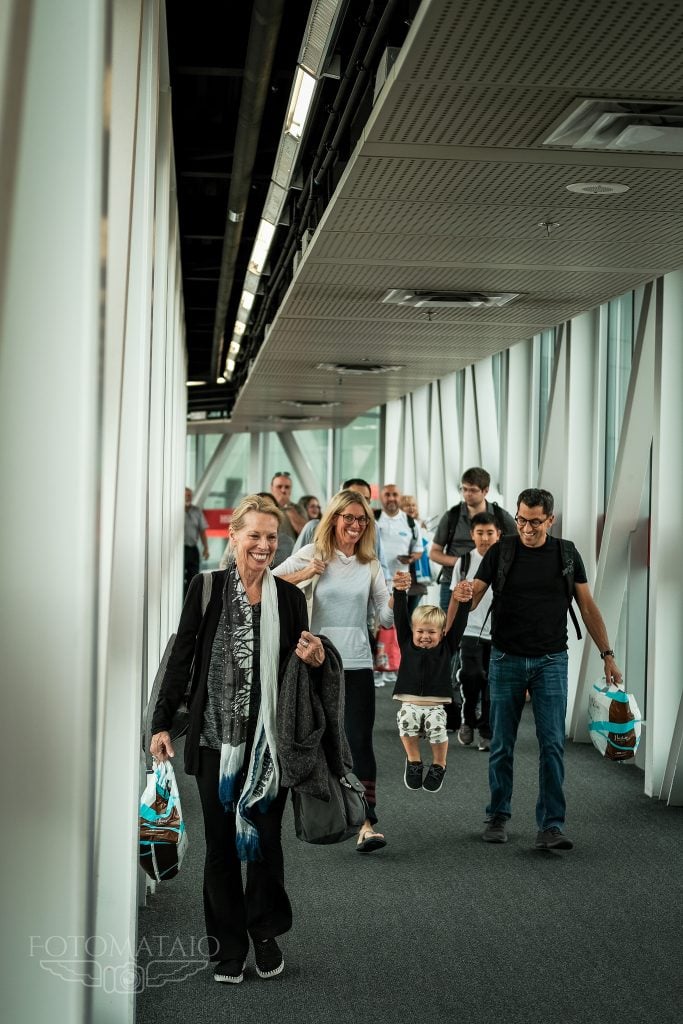
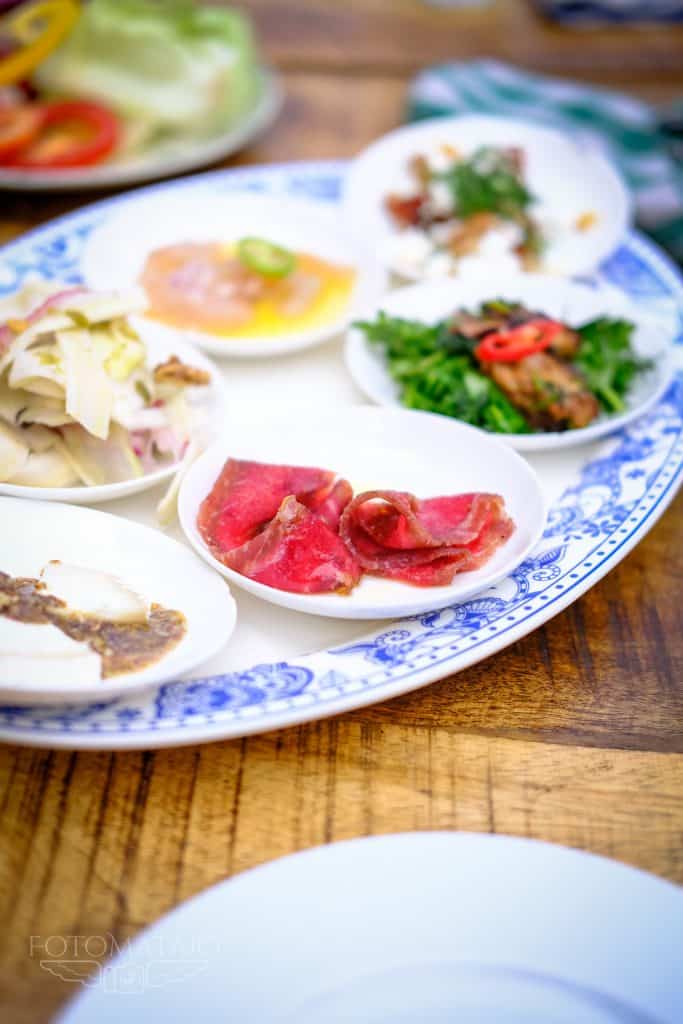
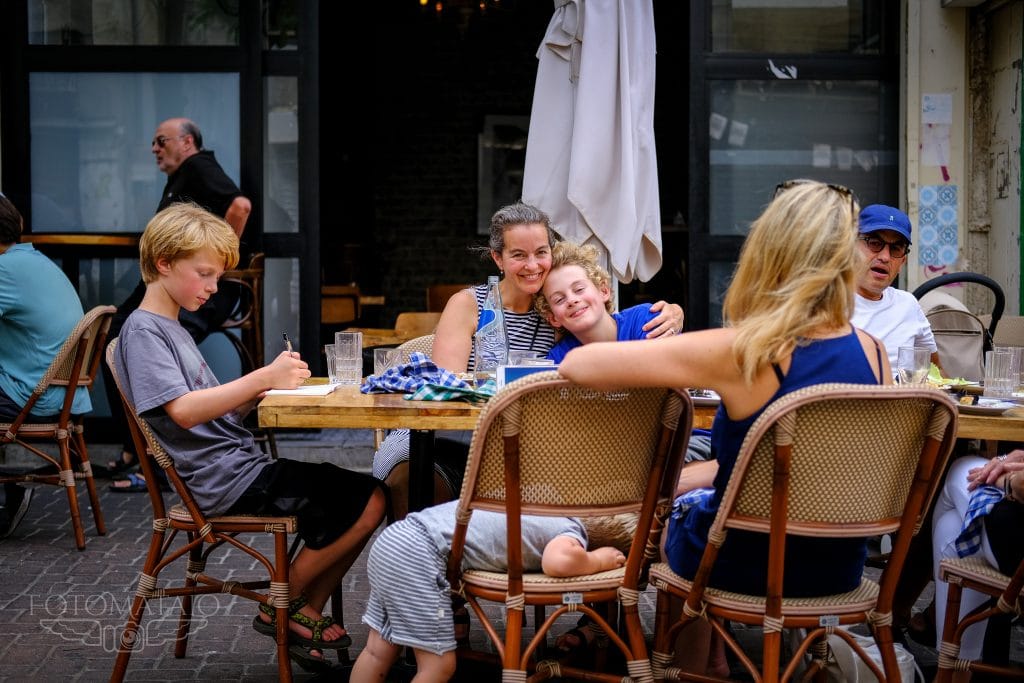
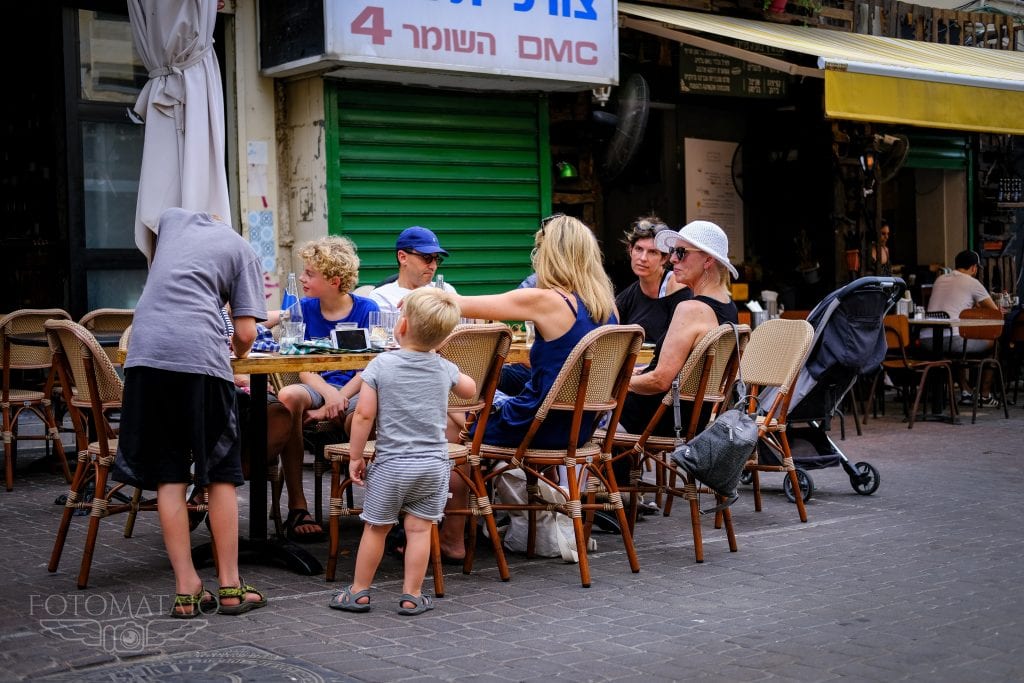
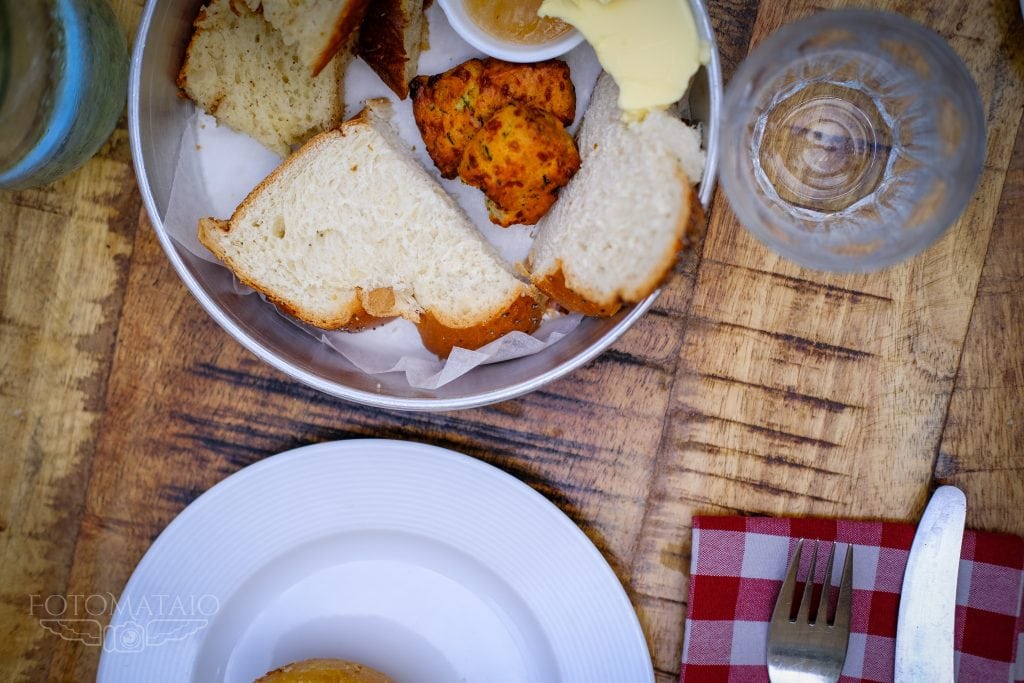
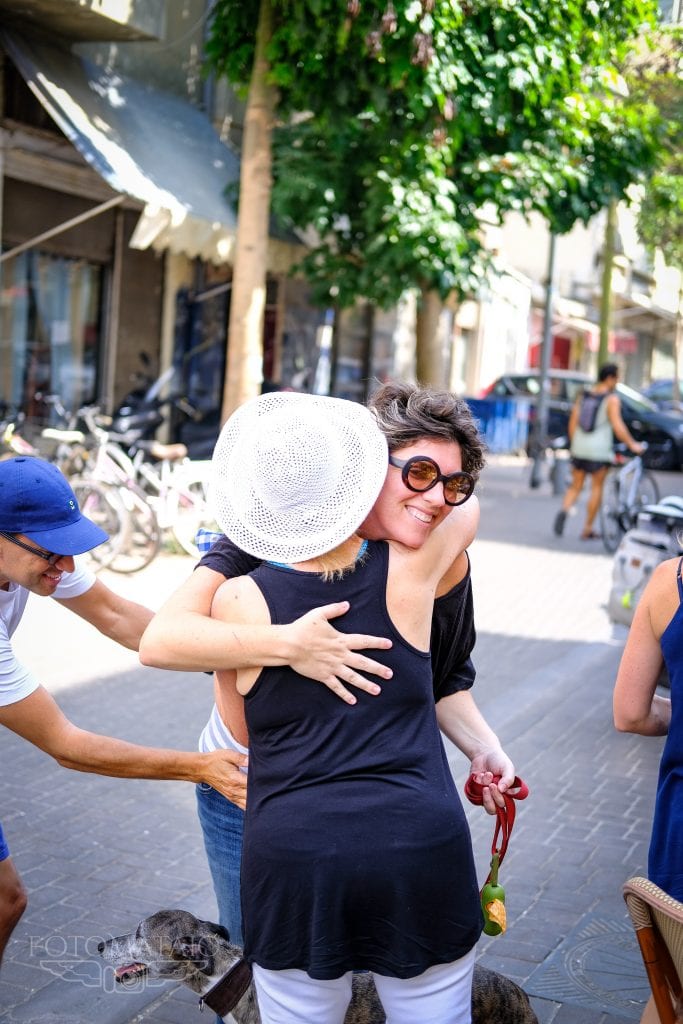
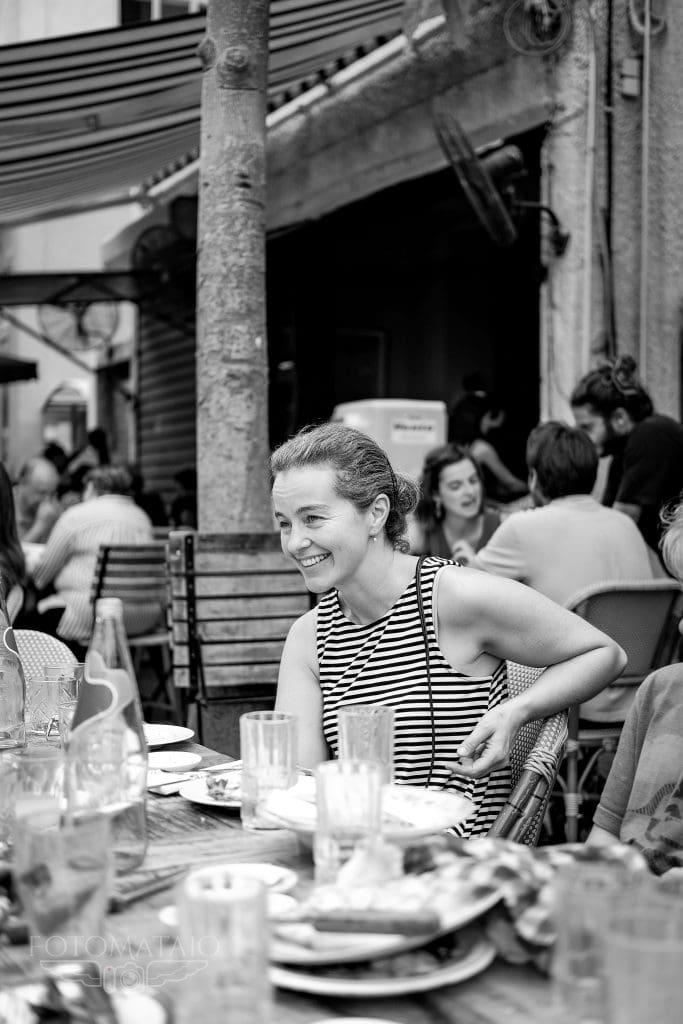
We soon started to come alive, fighting for the last tender bites of olive oil and za’atar bread and passing the almost-empty plates back and forth across the table, picking at the final shreds of crispy rosti with our fingers. Happily delirious, we wandered to our Tel Aviv apartment and crashed for a few hours before forcing ourselves up and out to explore the city.
The planning for this trip actually started four years ago, when Jessica and Mataio Gillis were supposed to come to Israel with us and two other friends. They ended up not being able to join us on that trip, and so we tabled our plans together until this year. The postponement ended up being a blessing, because on this trip, Jessica and Mataio brought their two sons, Luca and Nico, and we brought Theo and my Mom, otherwise known as Mimi. Traveling together as a group of eight might sound challenging, but not this time. The rest of the three-week trip continued to be like that first day. One of those perfect vacations filled with happy accidents, where everyone got along and we loved each other even more at the end than when we began.
Elie’s mom grew up in Jerusalem, where her father’s family had lived for seven generations. Her father was a butcher in the shuk, the food market, and when she was small they lived within the walls of the Old City. Elie’s mom moved to Vancouver when she married Elie’s dad, but every two years she would return with Elie and his brother and sister and stay for the summer. The kids became fluent in Hebrew, spending hot, sunny days playing ball with their cousins and eating their saba’s cured meat sandwiches. As an adult, Elie has continued to visit his family in Israel often, and this was my fifth time there. The last time I visited, I was pregnant with Theo, so this was Theo’s first time meeting his family there and touring this beautiful country. He loved it. We all do.
There’s so much to say about the land of Israel, more than I can accomplish in this guide. But, I’ve written about it before, here, here and here, so you can start there. This post is designed to help you in planning your own trip to Israel, to experience its magic. I’m sharing our itinerary--where we stayed, what we did, and of course, where we ate.
If you travel to Israel, and I hope you do, it’s helpful to read at least a little about the history of the country before you go, to give you some background and understanding of its complicated past and present. I read Walking Israelbefore my first visit, and I think it’s a good one. Jessica read The Lemon Treeduring the trip, and she found it insightful.
And then, go with an open mind and an open heart. Be vulnerable, receptive to being moved by the spirit of this place, being transformed. I can almost guarantee you won’t come back the same person. Because whether or not you are a person of faith, I believe everyone walks a faith journey when they go to Israel. You can feel it in the land, these rocks and soil that inspire such passion they have shaped the landscape of much of the world. You can sense it as you stand in the hills above the Sea of Galilee looking out towards the water below and to Damascus beyond, and think about all that has happened here and all that still happens in the name of God and country and land and heritage and inheritance and right. If you’re like me, you will look at the opulence of the churches and the bickering between variants of the same faith and not find Jesus there. But you may find Jesus, as I have, in the quiet of the hills, in the silence of the valleys, where I viscerally feel grace and compassion and peace. You may be on a spiritual seeking of your own, driven by the questions and experience of your childhood and upbringing. Or you may come with no spiritual intentions but be drawn to a mystic journey. You may leave more confused than when you arrived, growing and questioning and learning from your own unique experience. You may be surprised by what you find, how it changes your heart, your mind. How it touches your soul. I know I was.
Now, here’s one way to spend three weeks in Israel.
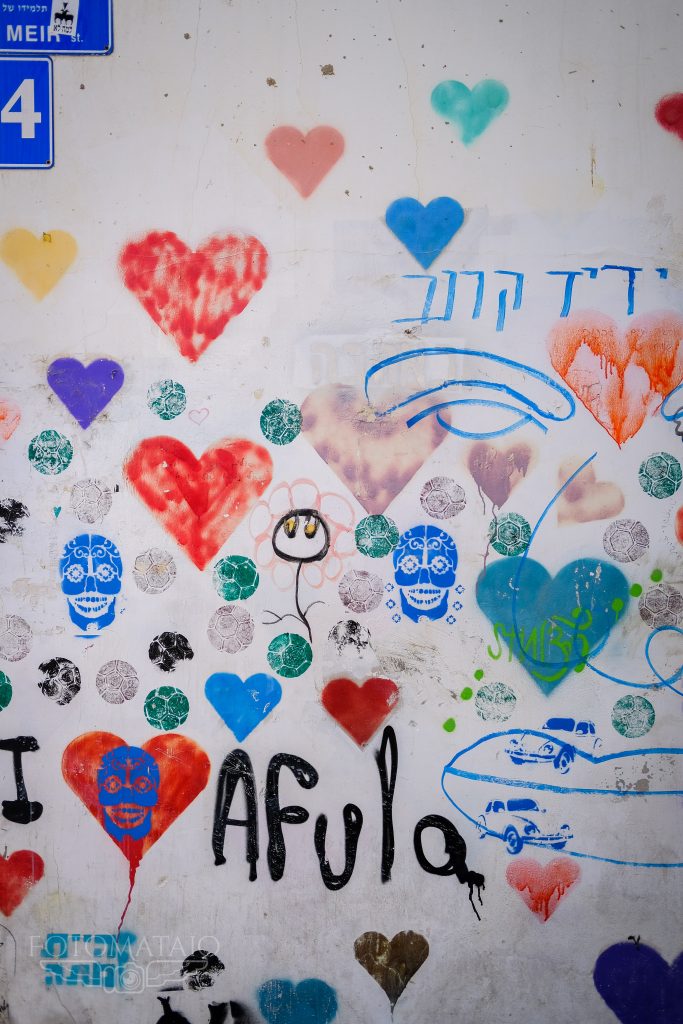
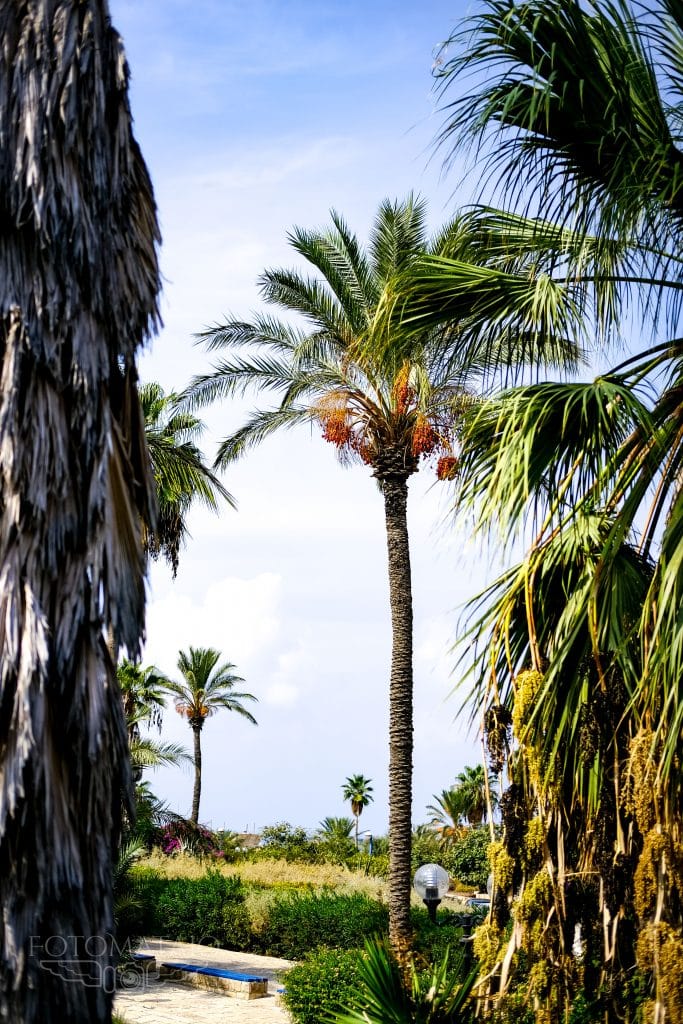
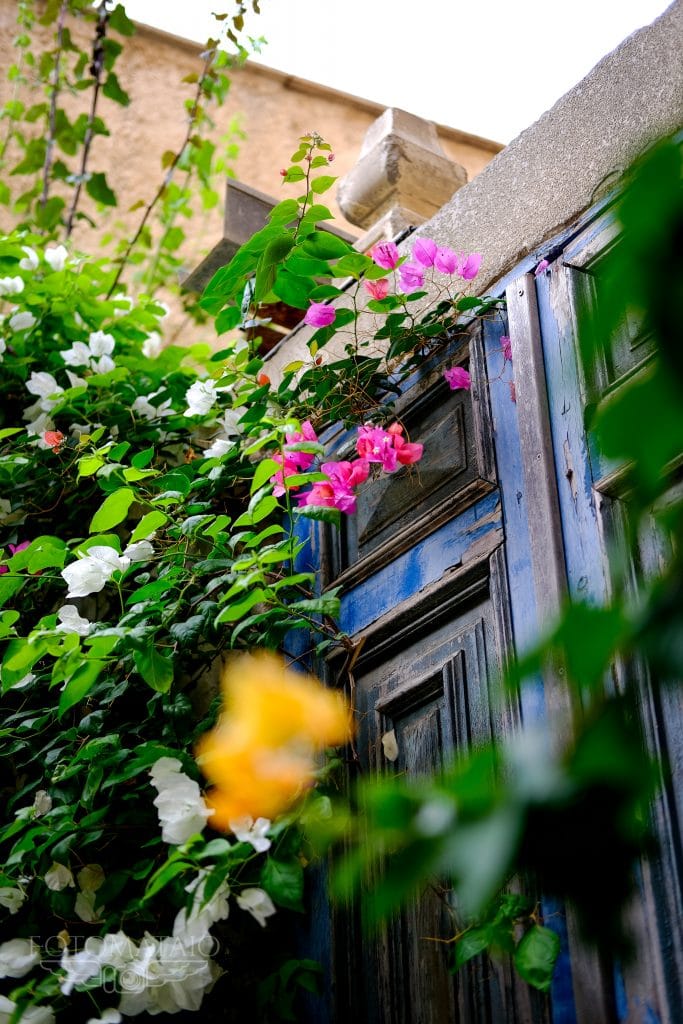
While Tel Aviv is not the center of religion and history in Israel, it has a unique cultural value of its own. So many people travel to Israel on pilgrimages to see the Holy Land and they skip right over Tel Aviv. It’s a mistake, because Tel Aviv is one of the greatest cities in the world. Wherever you’re flying from, you’ll land at Ben Gurion Airport, about 30 minutes from Tel Aviv. Spend your first week or so (or at least a few days) in the city recovering from jet lag. You’ll find things to do and eat at all times of day and night. Wake up very early in the morning? Take a sunrise walk along the beach and watch the city come to life. Wander through the shuk as all the vendors begin to open for the day. Up late? You’ll always find an open doorway selling falafel or kebabs for a midnight snack. Spend your days napping on the white sandy beach until you have enough energy to explore this vibrant city. It has so much to offer.
On this trip, we stayed in an Airbnb near the Shuk HaCarmel, just a few blocks from the beach. It was a great location, but I can’t really recommend this unit because, even though it was spacious and had a rooftop deck, it wasn’t stocked very well and the owners didn’t respond well to requests. I would recommend staying in that area, though. Or, my other favorite neighborhood to stay in is Neve Tzedek, which is a quaint, relatively quiet neighborhood with great boutique shopping.
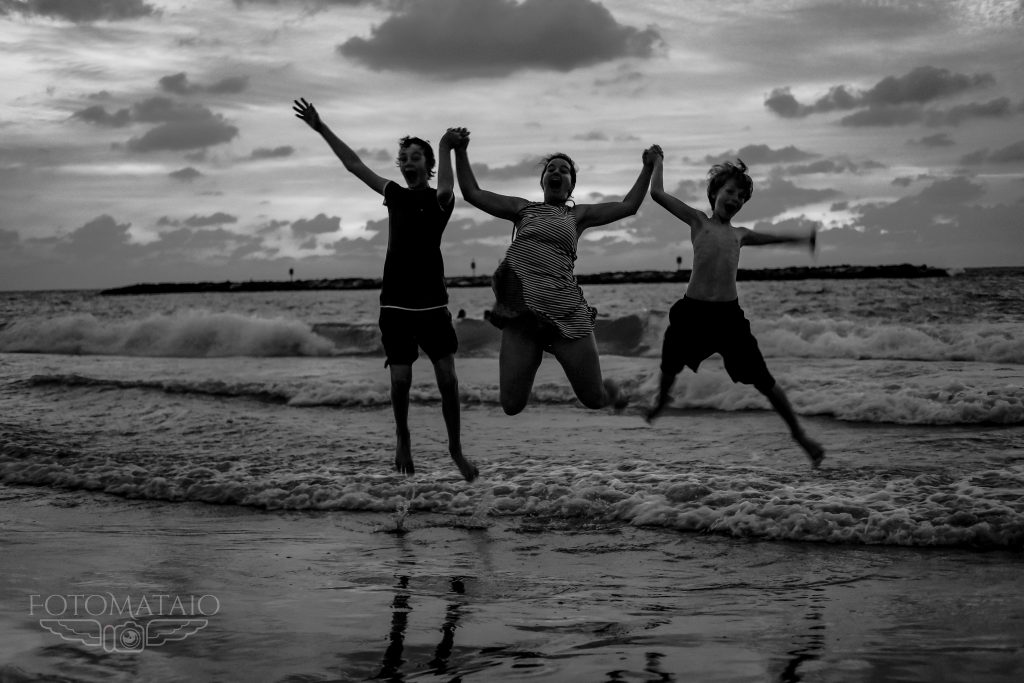
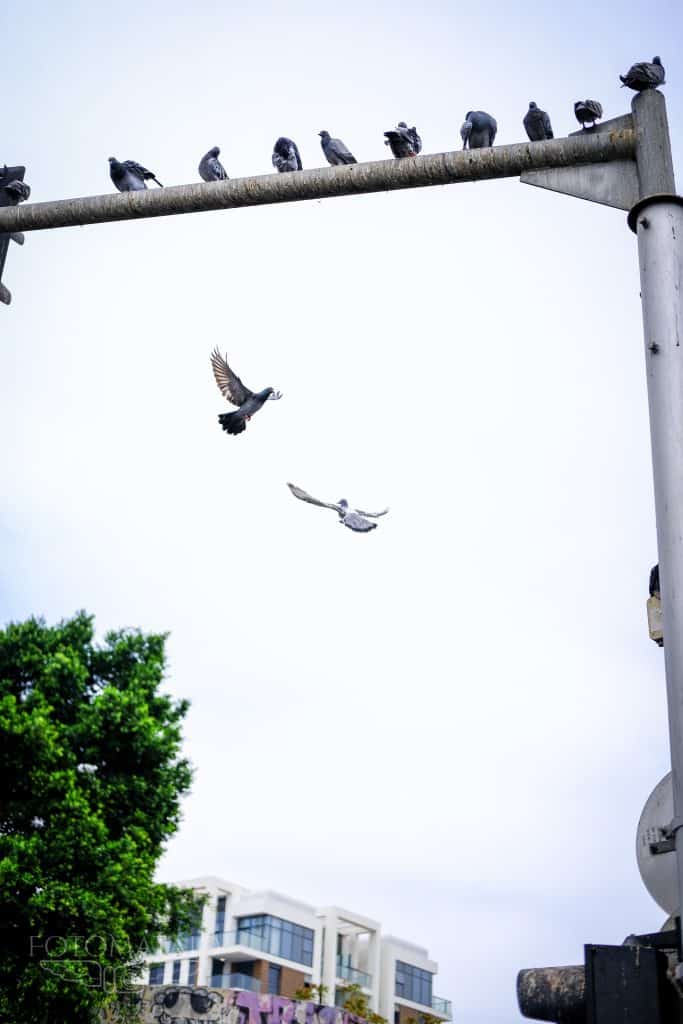
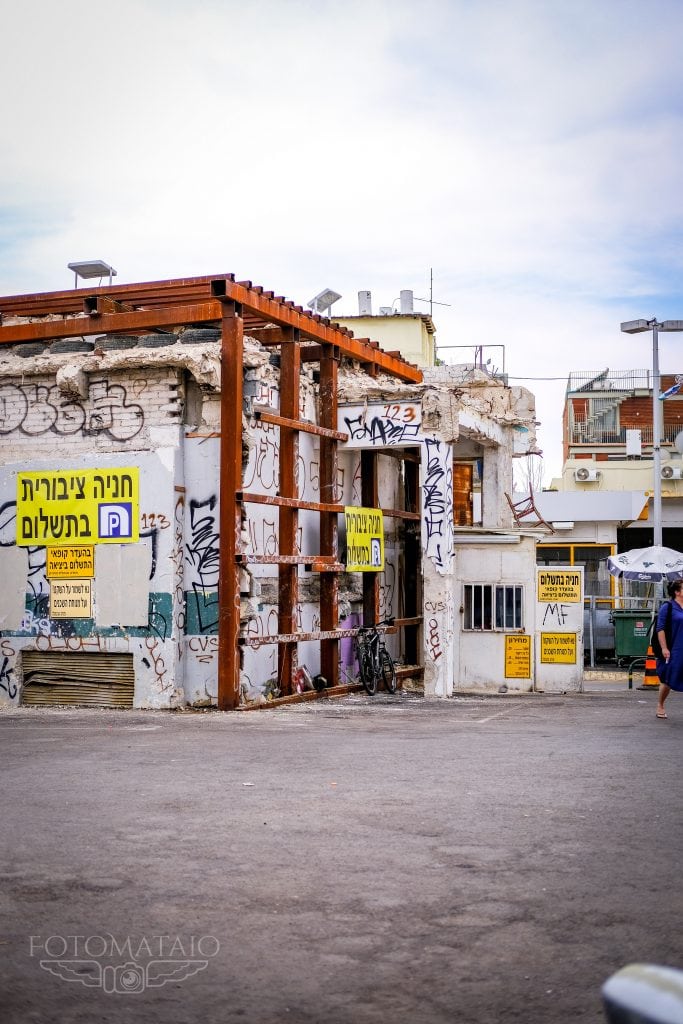
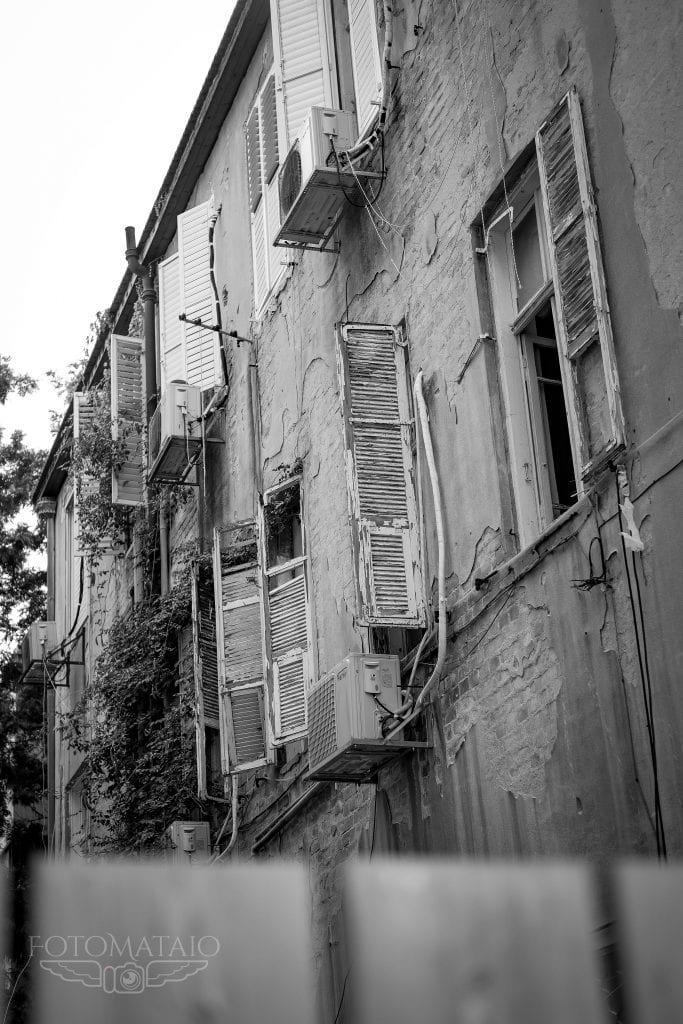
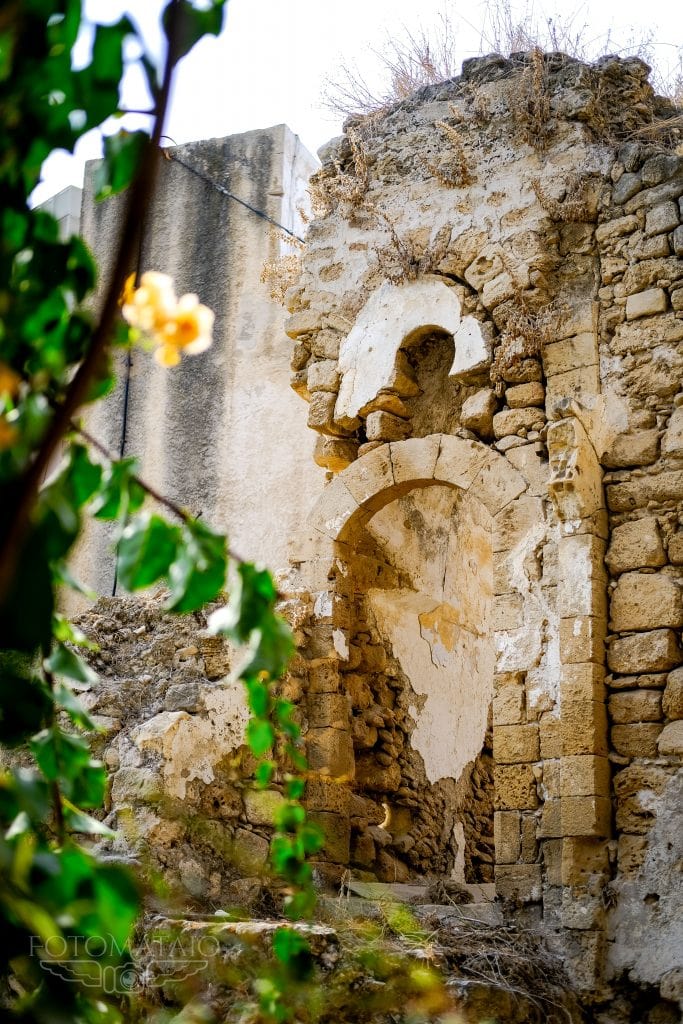
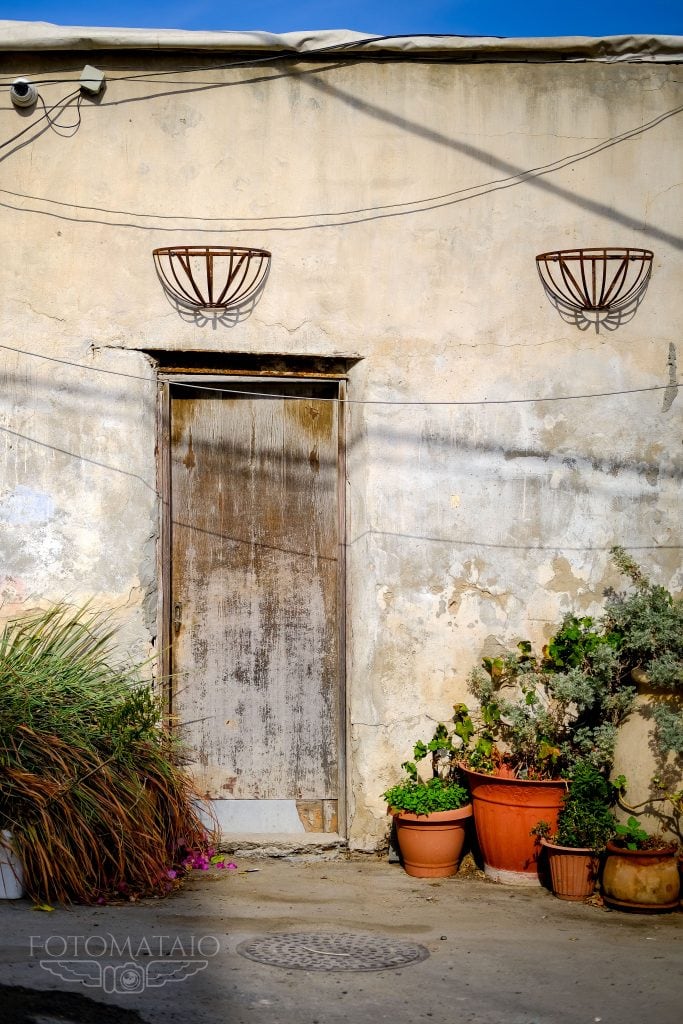
If you’ve flown across the world, you’re going to want to give yourself some time to ease into your travels and catch up on sleep. A great way to do this is spending time on Tel Aviv’s beautiful beach, reading a book and lazing in the sun. When you’re ready to be more active, book surf lessons! The gentle surf here is perfect for beginners.
Early in your stay, join a Delicious Israel Eat Tel Aviv food tour where you can eat your way from the Jaffa port to Shuk HaCarmel with one of their very knowledgeable guides. Inbal, the founder of Delicious Israel, and Ruthie led our tour, and they made the experience interesting and fun, opening doors into kitchens and pantries and hole-in-the-wall places we would have never found. Towards the end of our tour, we wandered through the Yemenite section of the shuk, ending at a little kitchen serving only lachuch, a kind of yeasted Yemenite pancake. The cook was a tiny, boisterous force of a woman who cranked 80’s rock, singing and dancing as she flipped the lachuch and served us. The food was delicious, but her enthusiasm was infectious. Mataio ended up in her kitchen again the next morning, learning to make lachuch and listening to more of her stories. That’s often the entrance you will receive through a food tour like Delicious Israel offers. You’ll also learn about the history and culture of Tel Aviv and Israel through the lens of food, and you’ll get a good lay of the land and a list of restaurants to explore for the rest of your stay. We always book a food tour when we visit new cities, and this Delicious Israel tour is our favorite one yet.
Even after you’ve experienced the food tour, there are so many markets to explore and food to eat. Spend lots of time wandering around Shuk HaCarmel and sampling all that it offers. And don’t miss Levensky Market, which is less a market and more a street lined with food shops. At Levensky, buy bourekas from Bourekas Penso and olives and cheese from Yom Tov. The Namal Tel Aviv has a cute indoor food market and a farmers market on Fridays, plus a carousel for the little ones. For an authentic market where many in Tel Aviv shop, visit Shuk HaTikva.
Explore the old city of Jaffa with all its art galleries, pottery studios and jewelry stores. Get lost in the alleyways, eventually winding your way to Jaffa Flea Market. If you’re a thrift shopper, this will be your heaven.
My favorite neighborhood in Tel Aviv is Neve Tzedek. If you’re looking for a piece of special jewelry or handmade goods, plan to spend a few hours wandering in and out of the many shops lining Shabazi. Fuel up for shopping with gelato at Anitaand pastries and coffee at Dallal Bakery.
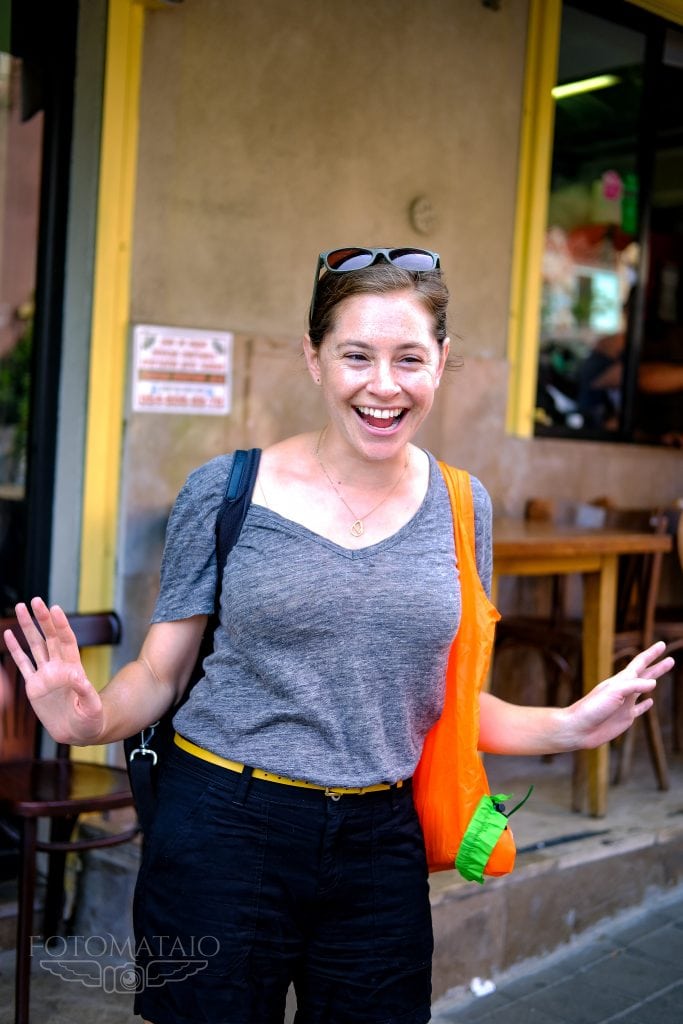
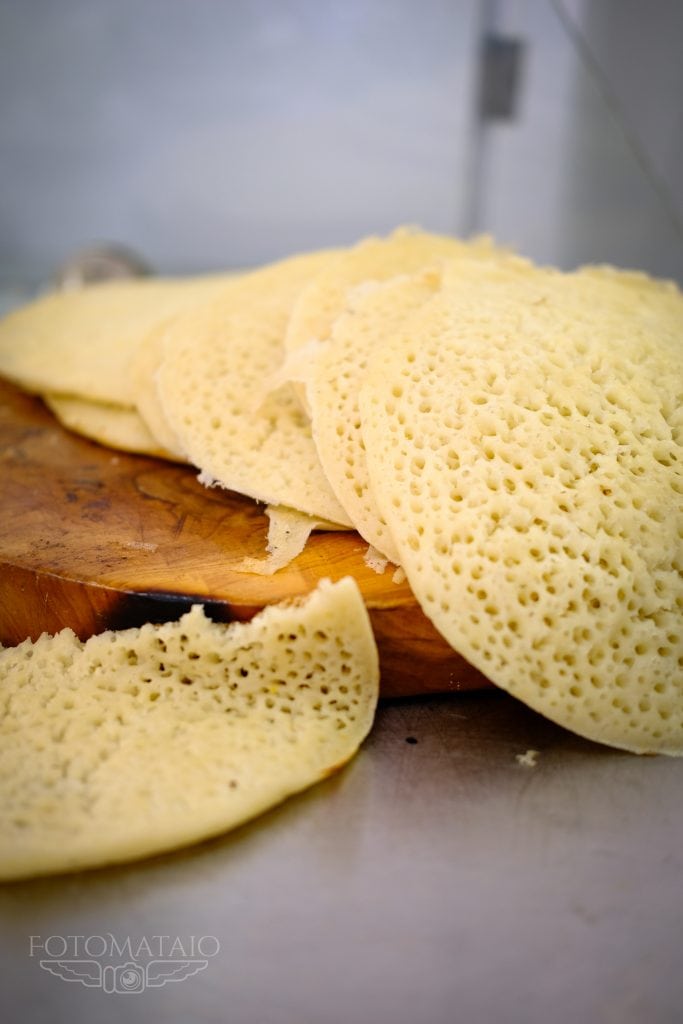
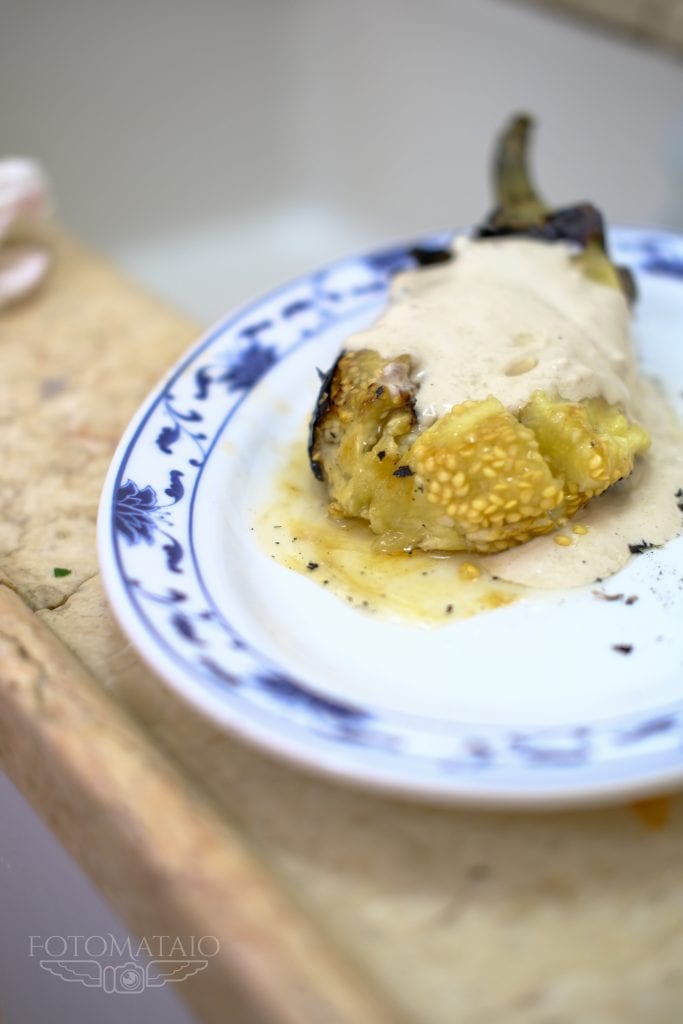
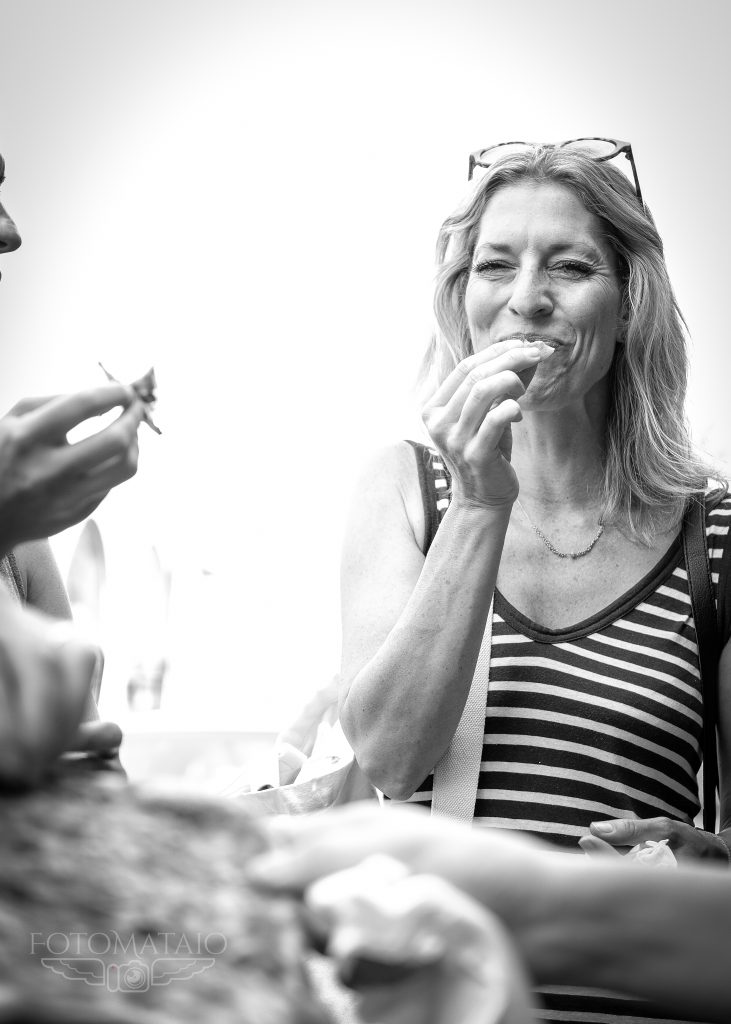
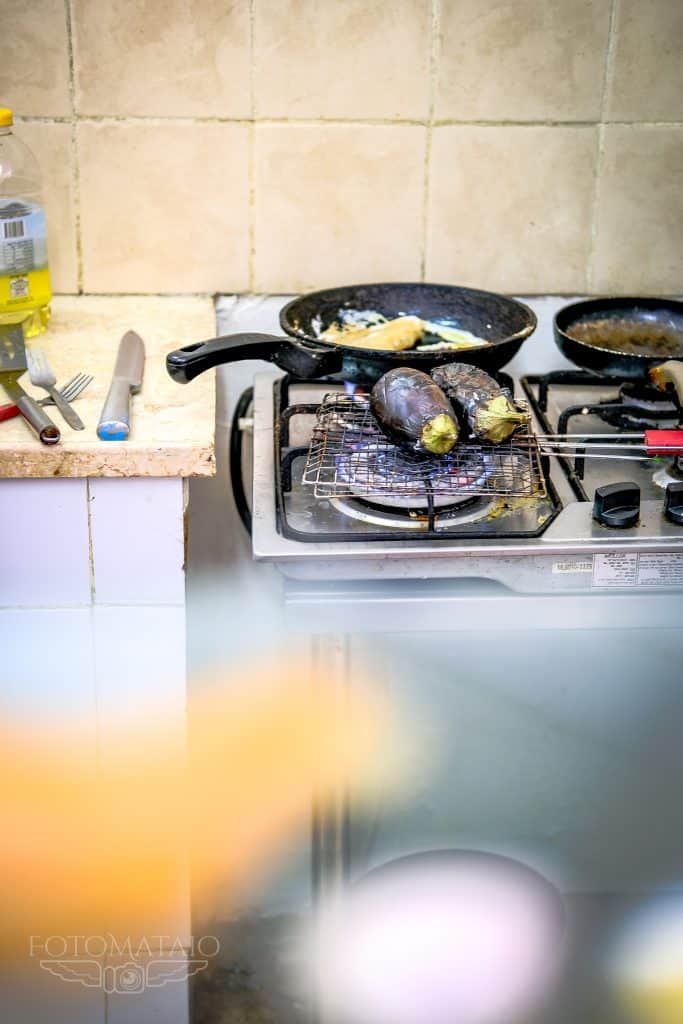
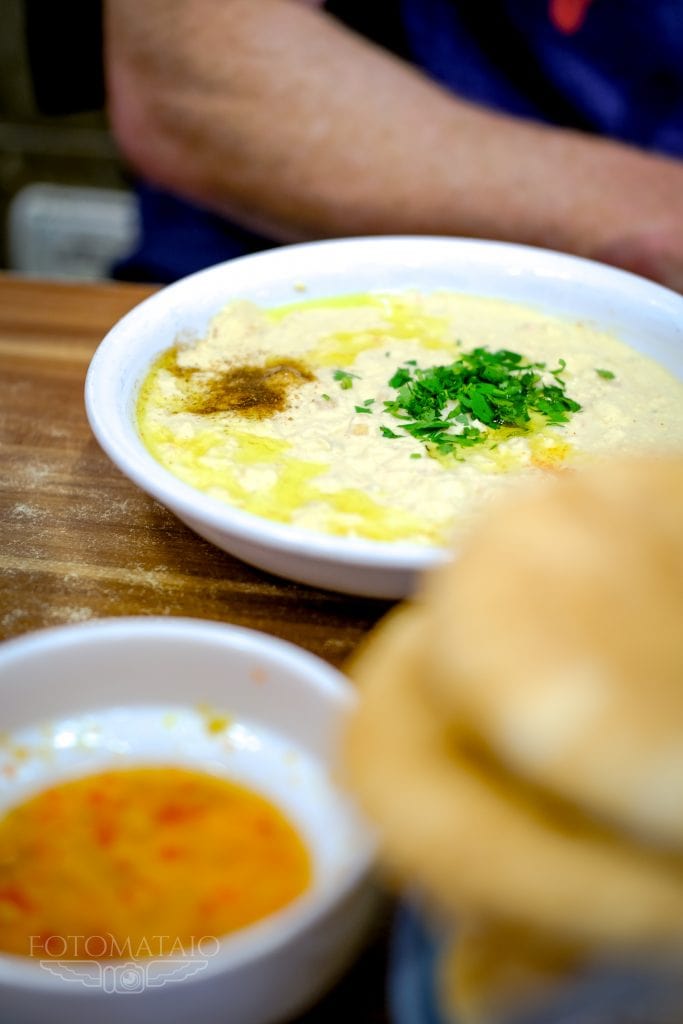
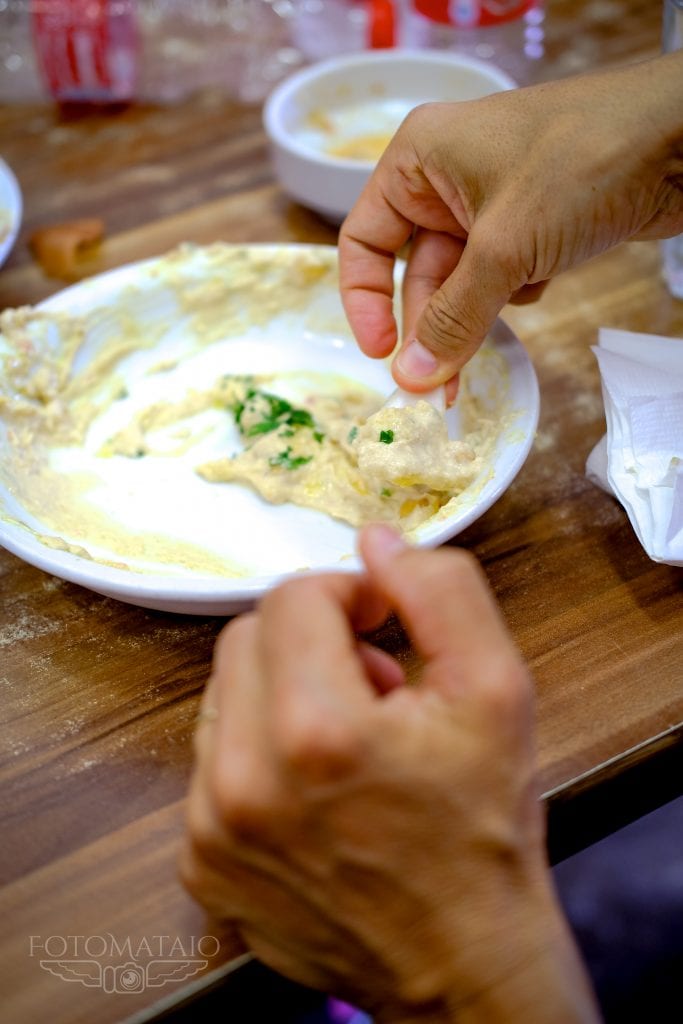
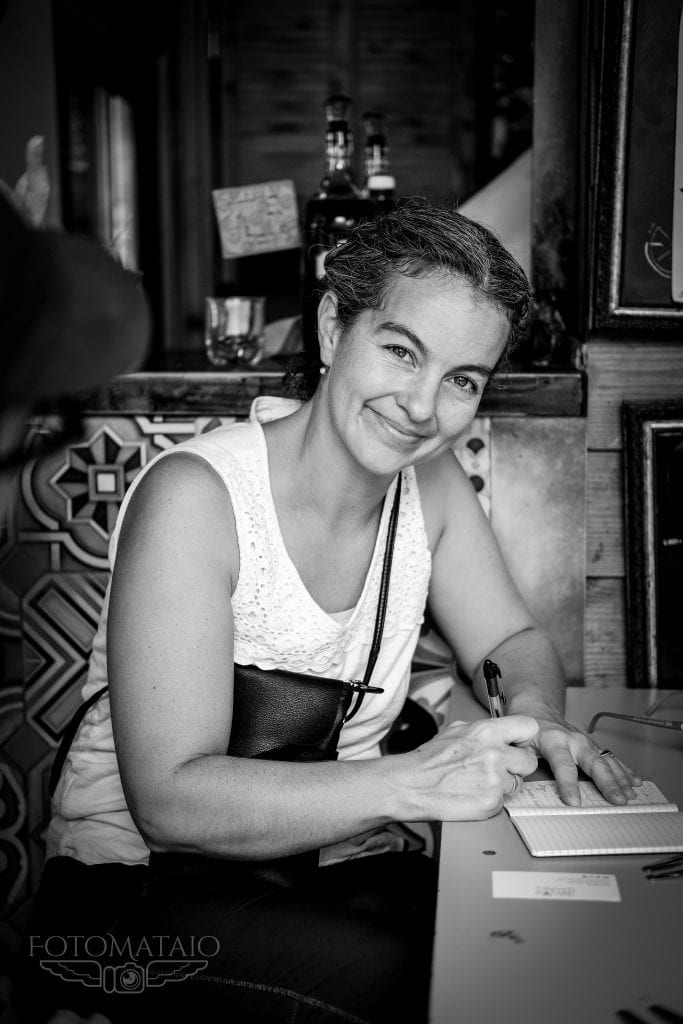
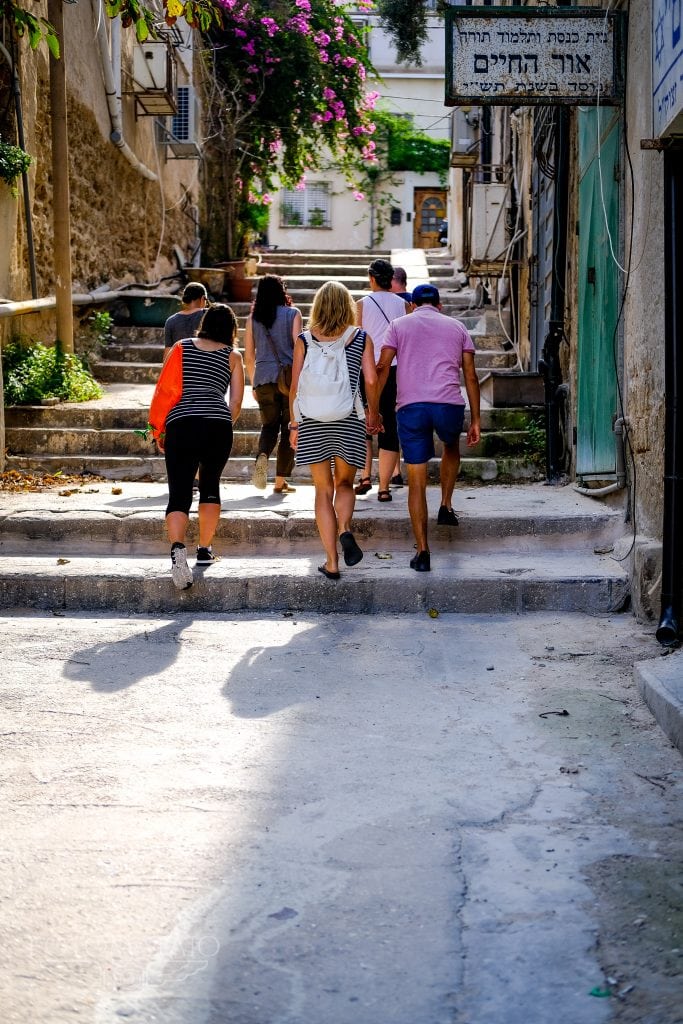
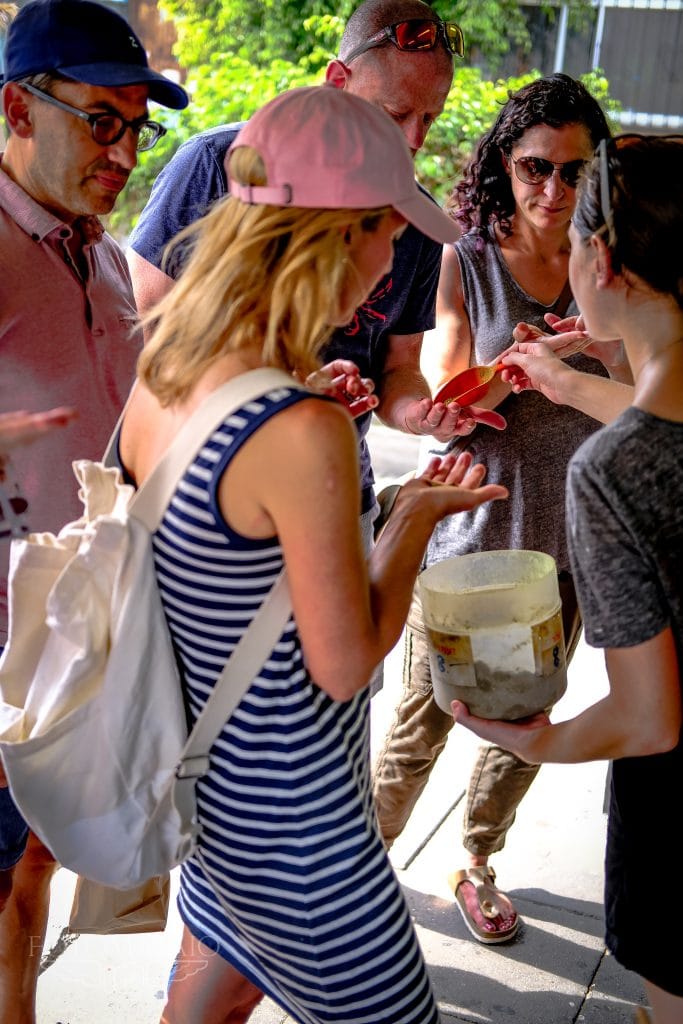
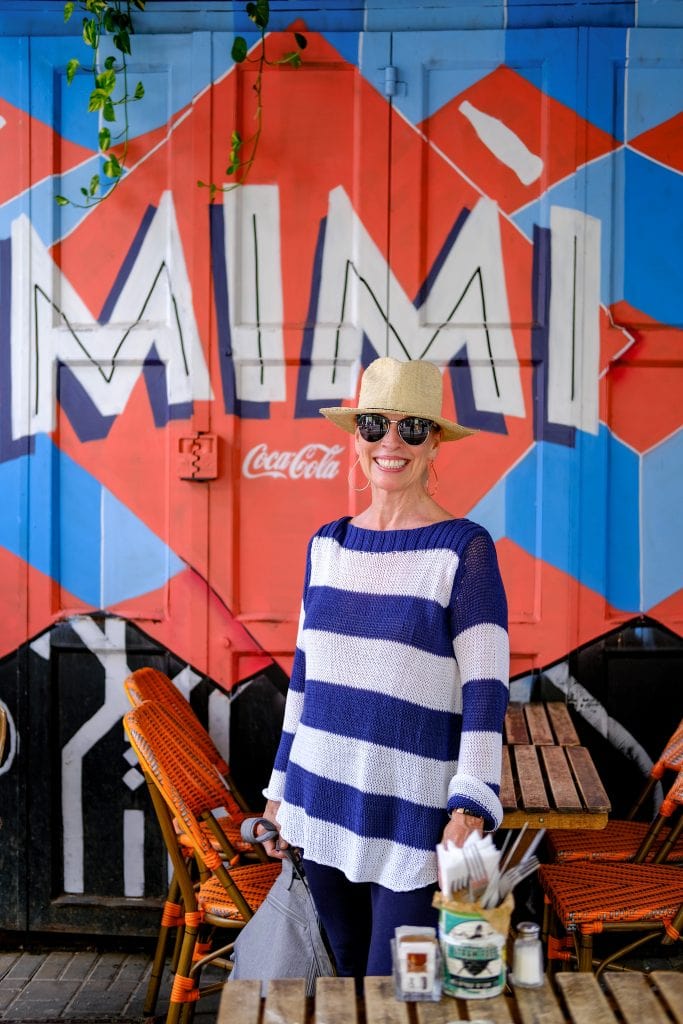
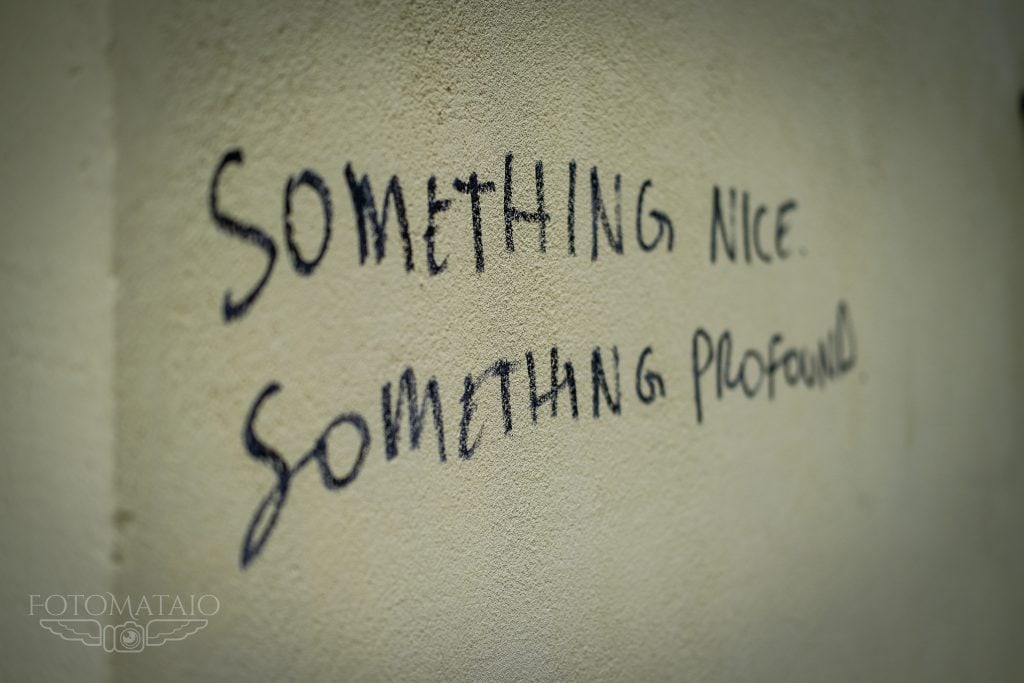
First, coffee. When we arrived, Papua had just opened a few weeks earlier. Since it was right around the corner from our apartment, we started our day there every morning. Their coffee is excellent by any standard, and it has lovely outdoor seating. It became our morning ritual while we were in Tel Aviv. Nahatis another good choice, if you’re in that part of town.
Next, breakfast. Israeli breakfasts are special, and they typically consist of some version of eggs, salad, tahini, cheese, olives, bread and often yogurt or labneh. My favorite breakfast in Tel Aviv can be found at Sheleg, a small neighborhood café near the Shuk HaCarmel. Every time I arrive in Tel Aviv, I head straight to Sheleg for their simple, carefully prepared and always delicious breakfast. On this trip, we discovered Yom Tov Café, also near the shuk. It served beautiful, fresh Israeli breakfasts with unique combinations.
In the United States, we don’t think of hummus as breakfast food, but it is in Israel. It makes sense. It’s filled with protein, carbs and good fat and is nourishing and filling. The best hummus in Tel Aviv, and maybe the best hummus anywhere, can be found at Abu Hassan. Order the meshulash, which is hummus topped with cooked chickpeas and tahini. You’ve never had better hummus.
For brunch on Shabbat, go to Mashya (and I heard their weekday breakfast is also good). But the brunch is amazing; the room is beautiful and the service is special. Book this one ahead of time. It was probably our most delicious meal of the trip.
Our first morning in Tel Aviv, we wandered, bleary-eyed from travel, straight from the airport to a taxi to lunch at HaBasta. They couldn’t have been more gracious to our gaggle of jet-lagged children and adults, and before we knew it, our table was filled with delicious, comforting Israeli food with a modern twist and a much-needed cup of cold brew.
For dinner our first night, we kept it casual and continued to feed our jet-lag at the raucous Miznon. Fast, delicious and fun, it’s almost always our first dinner in Tel Aviv, each time we visit. Order everything on the menu, from the lamb kabobs to the eggplant, all served in the fluffiest, softest pita you’ll ever eat. Don’t miss the signature whole roasted cauliflower, which will forever change your opinion of cauliflower. Load everything up with tahini and crushed tomatoes and zhug from the condiment bar and you’ll be very happy. Thanks to Inbal from Delicious Israel, later that week Mataio cooked for an afternoon at Miznon, learning some of the secrets behind their famous cauliflower and pita. The lesson: when you’re traveling, follow your passions and never be afraid to ask for an invitation into a kitchen or studio or behind-the-scenes. More often than not, artisans love to share their craft.
If you’re vegetarian, skip M25. But if you want arayes (juicy lamb burgers grilled inside a pita) or lamb kabobs or shawarma, this place is for you. The owners run a butcher shop in the shuk, but their customers kept wanting the shop to cook for them. The health department said they could cook the meat from the shop, but the kitchen had to be 25 meters away from the butcher shop. Thus, M25. We got take-out from here twice during our stay, and it was delicious. Don’t skimp on the spicy (harif) version of the tahini. It would also be a great place to go for a kid-friendly dinner, as there are outside tables with lots of space to run around.
Ha’achim is a casual, family-friendly, farm-to-table restaurant on busy Ibn Gvirol street. The lemony crispy fried artichokes with labneh and the whole roasted kohlrabi with a soft sheep's milk feta, micro-thyme and poppy seeds are two of my favorite food memories from this trip. Theo sat in my lap and played with play dough as our group oh-ed and ah-ed over a dozen different dishes. Elie's Aunt Malka, who can't understand why anyone would ever dine out, joined us and thought it was terrific.
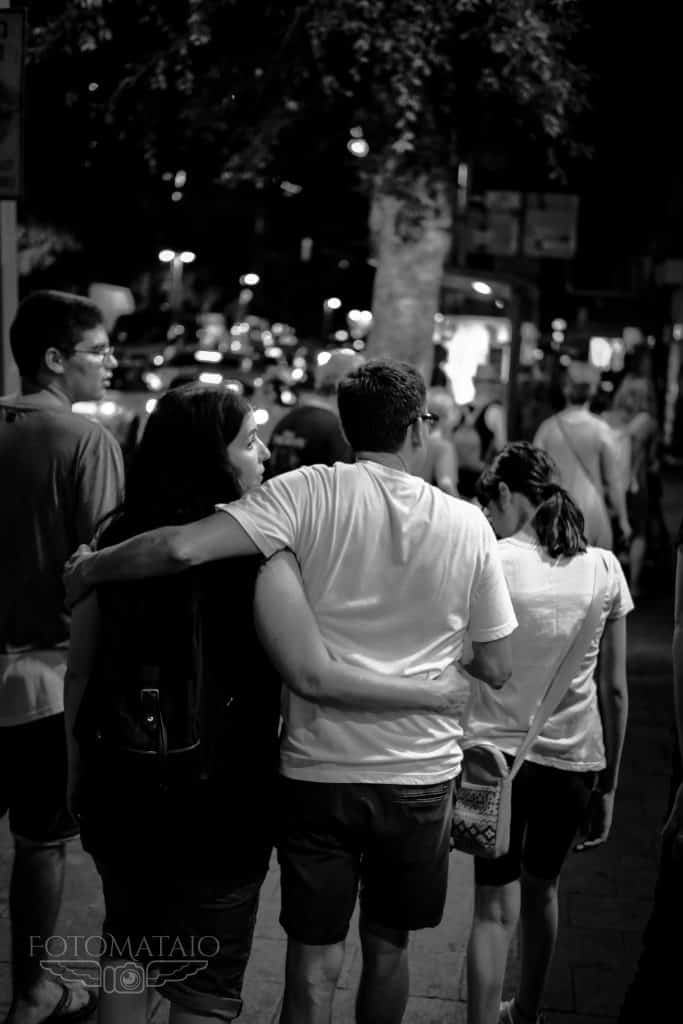
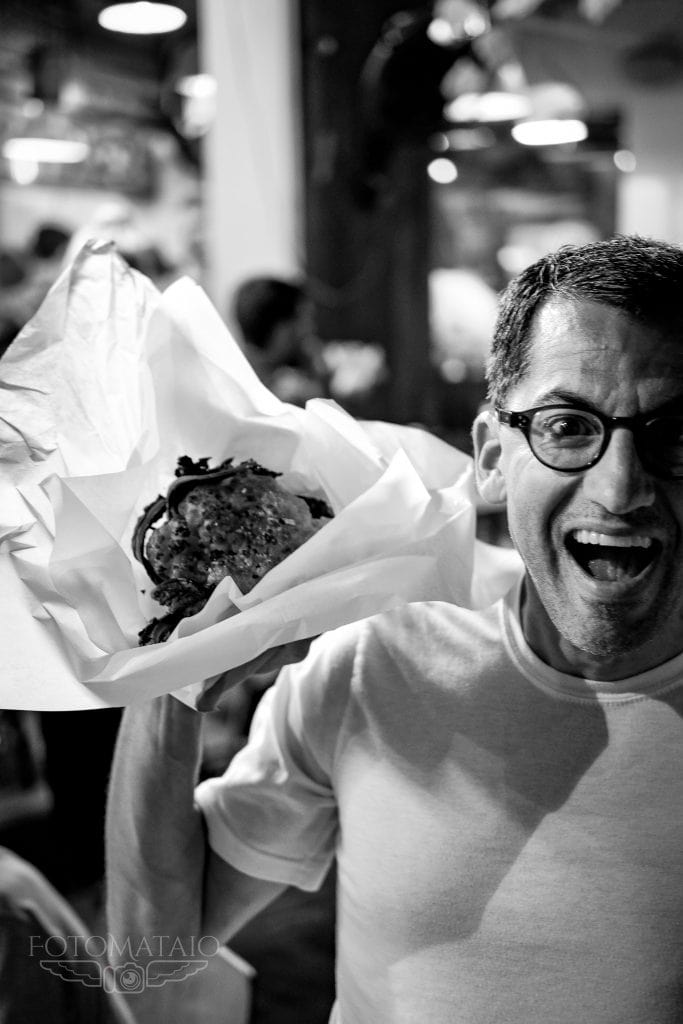
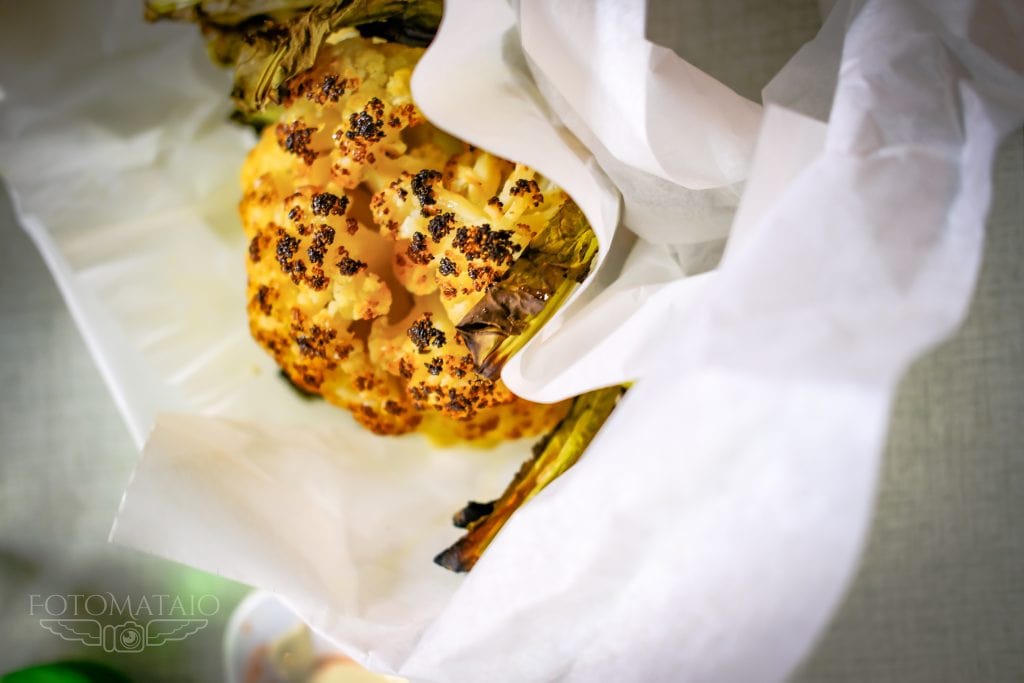
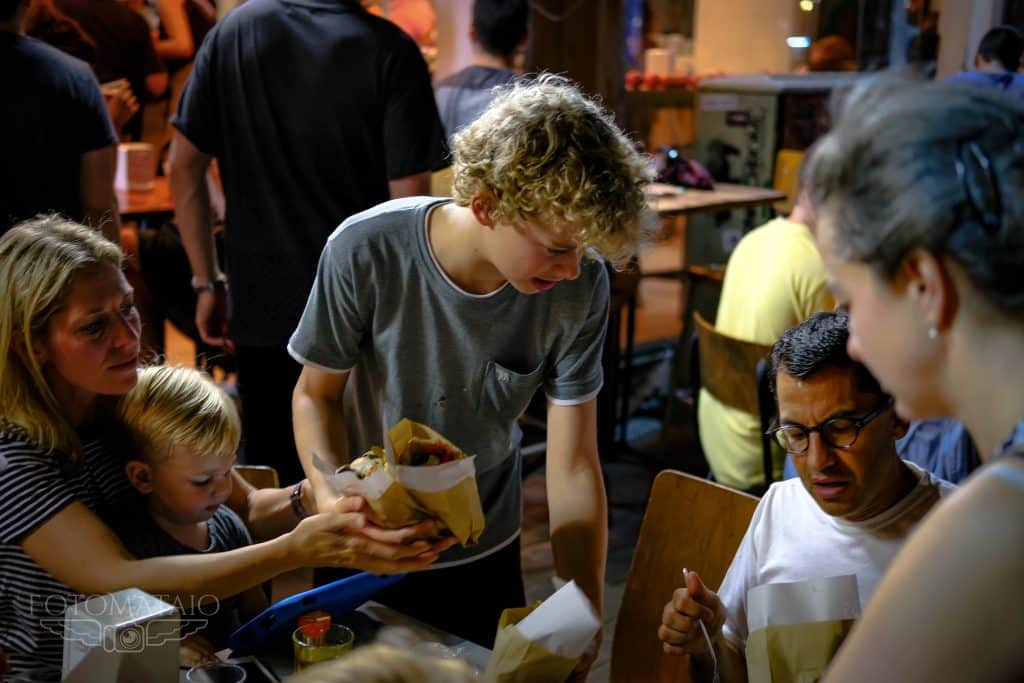
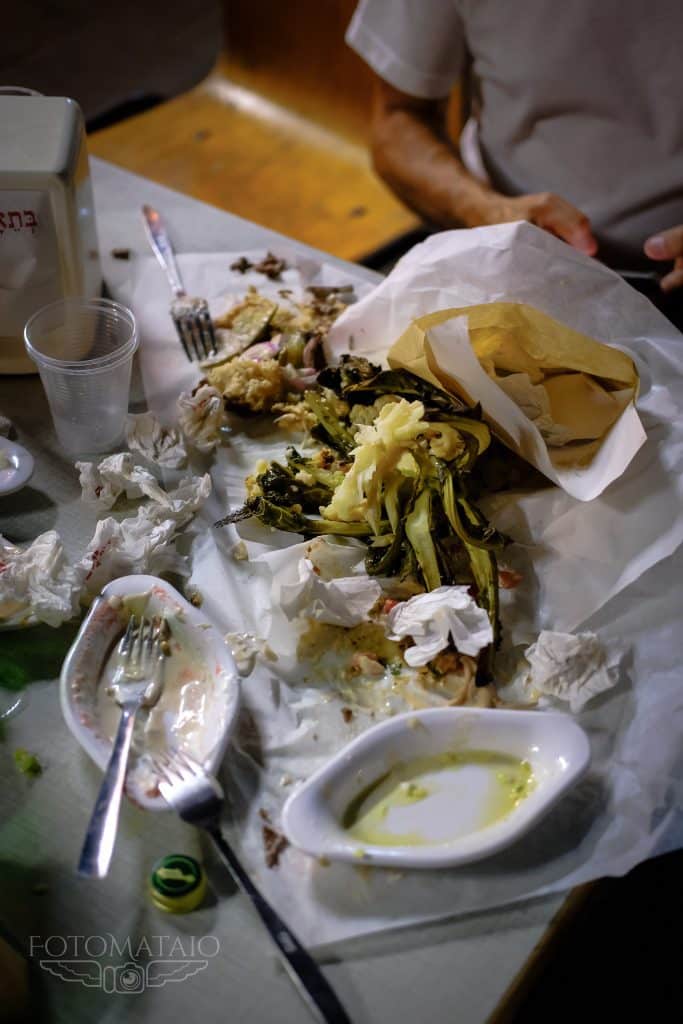
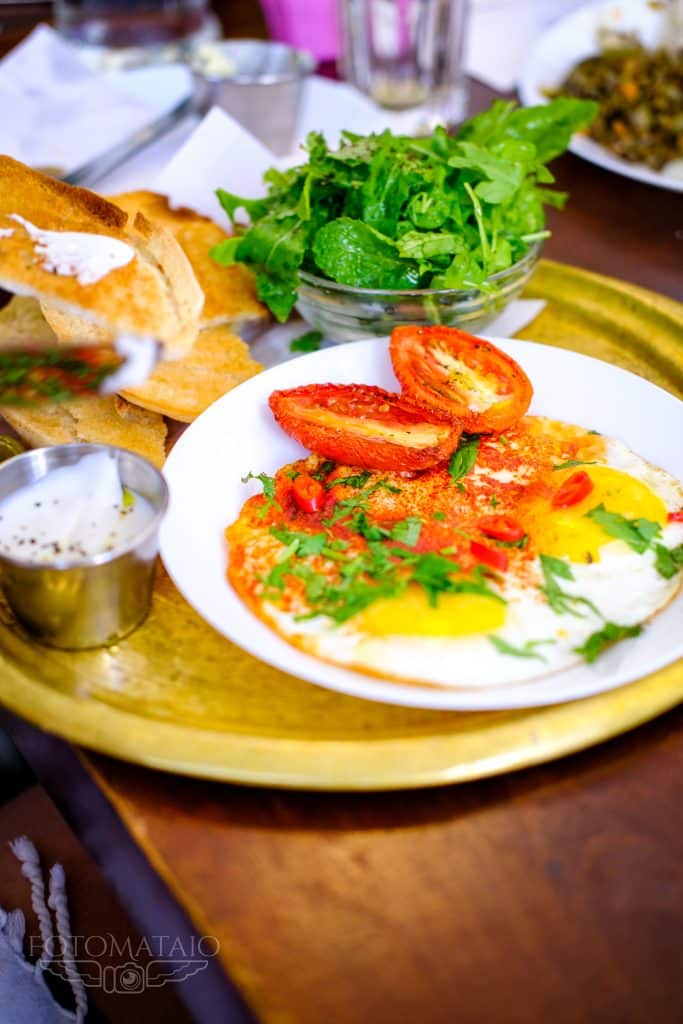
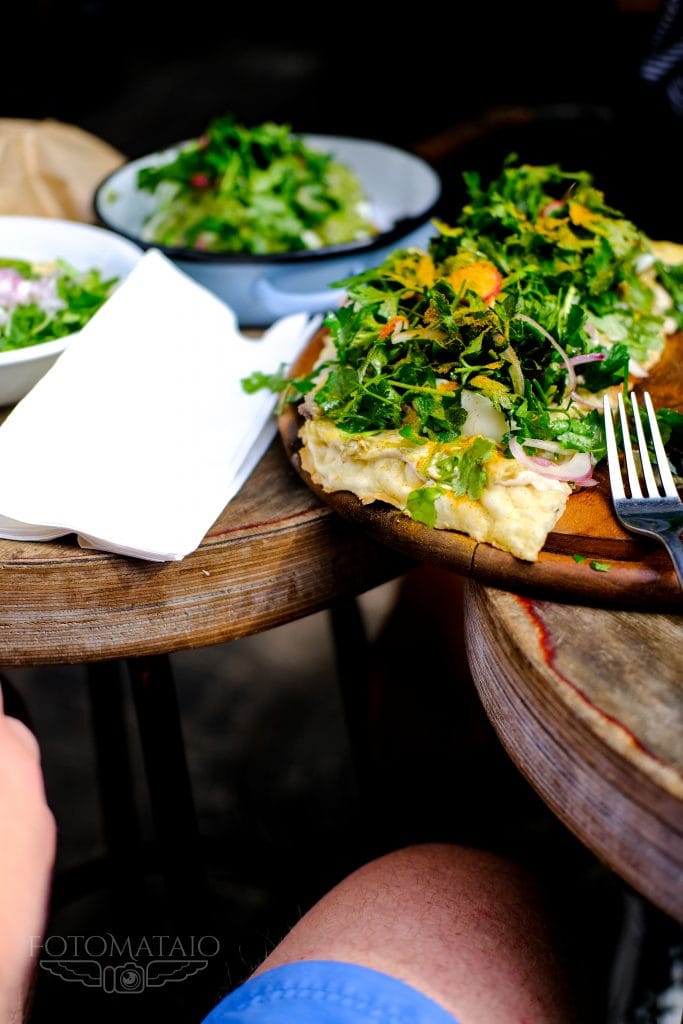
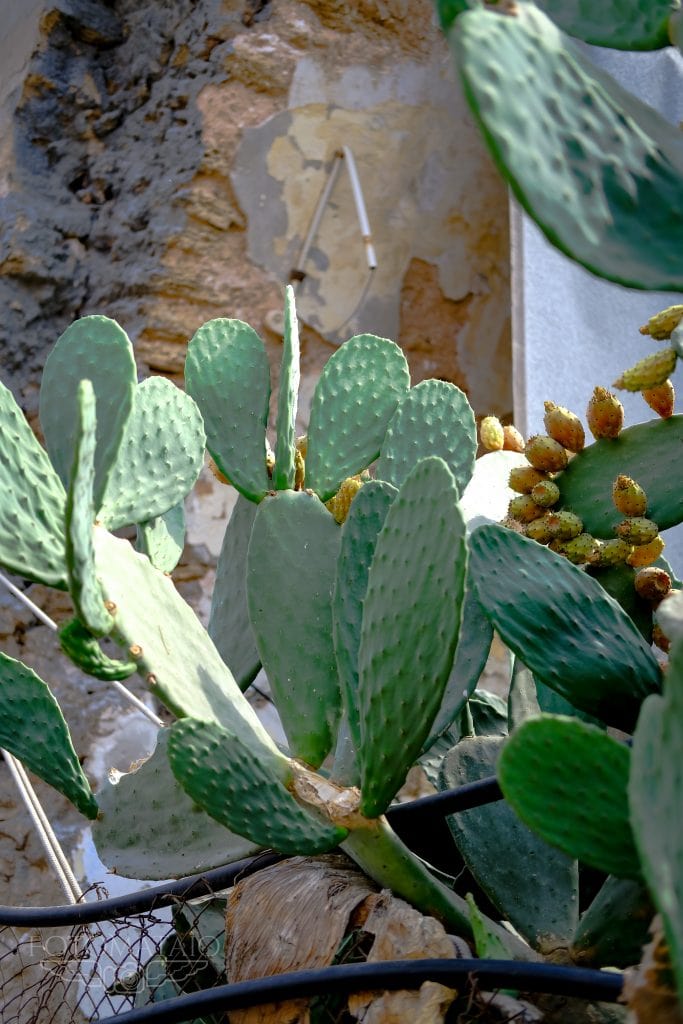
Jesus roamed the hills of the Galilee, preaching and spreading his message of peace and compassion and grace. It is in the quiet of these hills that I always feel closest to God, and it is one of my favorite places in Israel.
On this trip, we stayed at the Kibbutz Inbar Country Inn. The central location is perfect for exploring the Galilee. If I were a real estate agent trying to sell a unit at Kibbutz Inbar, I would call it rustic and charming. It’s basically cabin camping, and as long as you’re okay with that, it’s perfect. The gracious managers, members of the kibbutz, will share all their knowledge of things to do and places to see in the Galilee. The Israeli breakfast, simple, but fresh, will not knock your socks off, but will satisfy. Warning: the coffee is instant. Stock up on cold brew before you leave Tel Aviv or pack the coffee maker of your choice. The clean units, simply furnished, all have outdoor dining tables and hammocks at each unit. Book one with a kitchen so you can cook simple meals if you want. There’s a small play area for children, and in the summer, they have a pool (it was closed when we were there). In all, I would recommend it for family lodging.
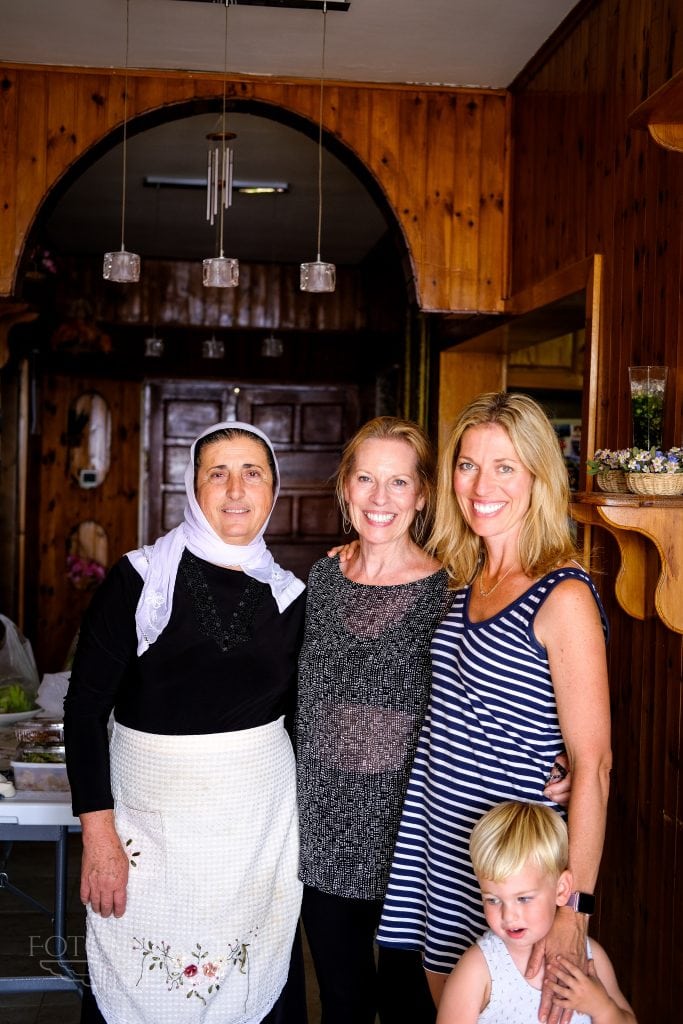
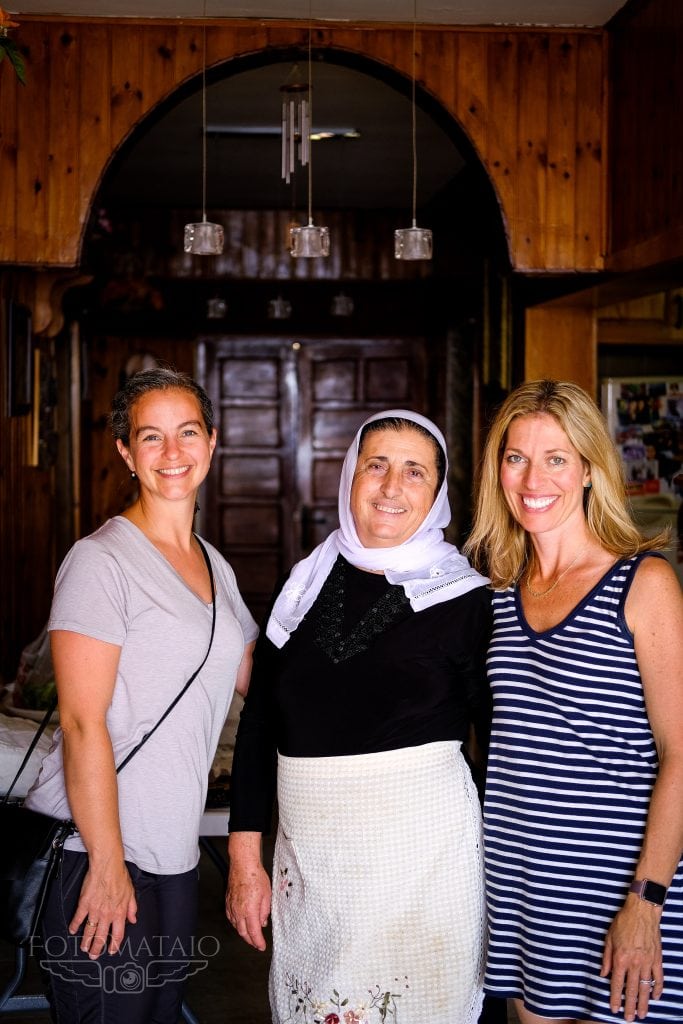
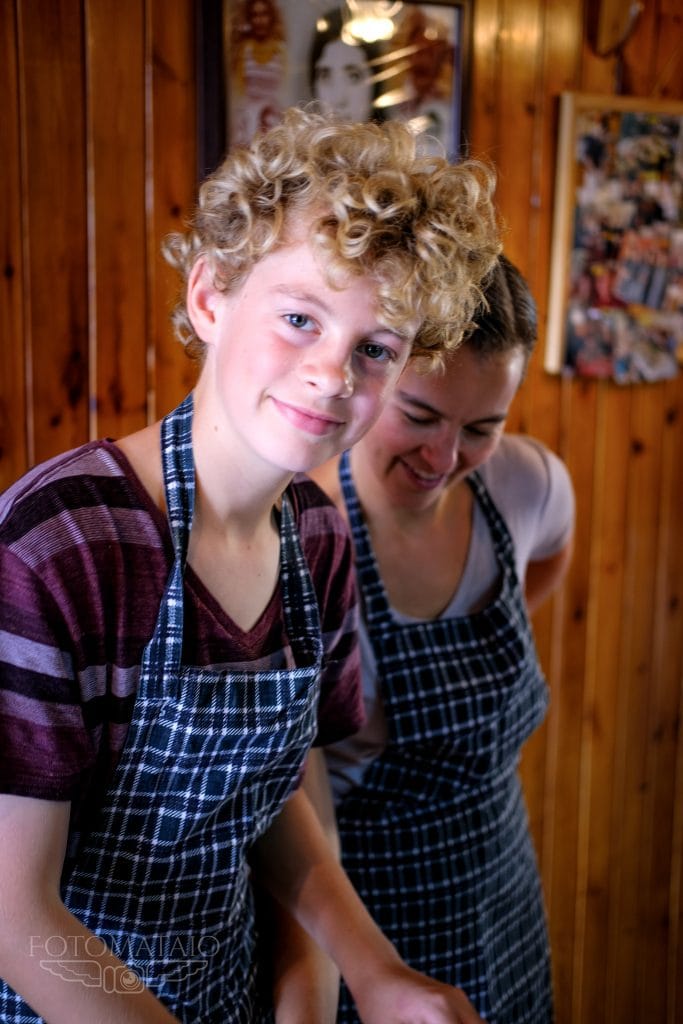
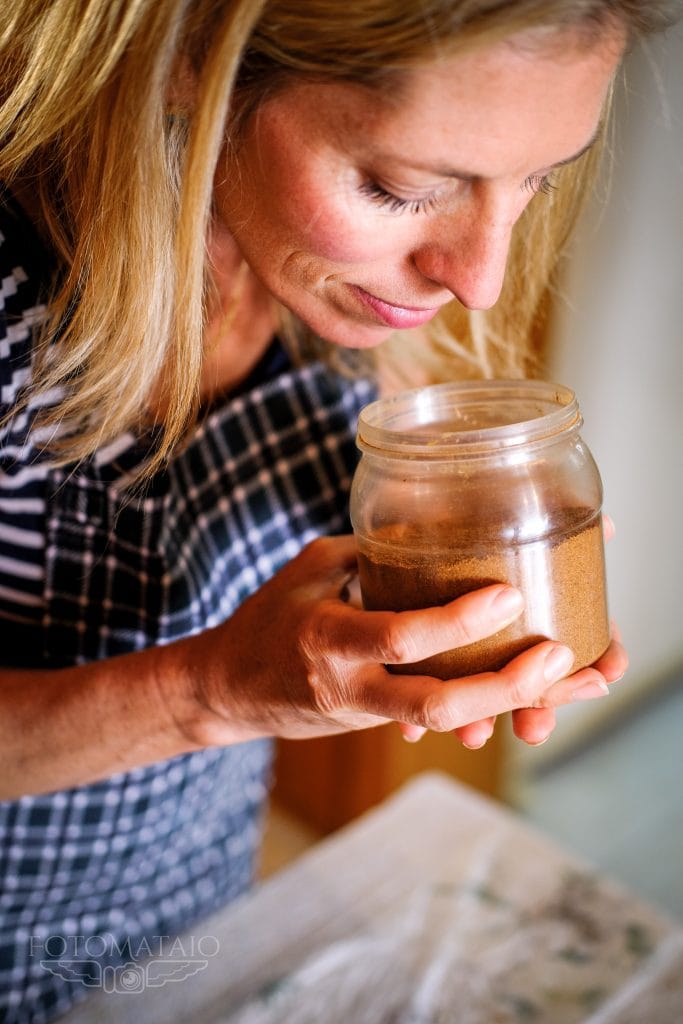
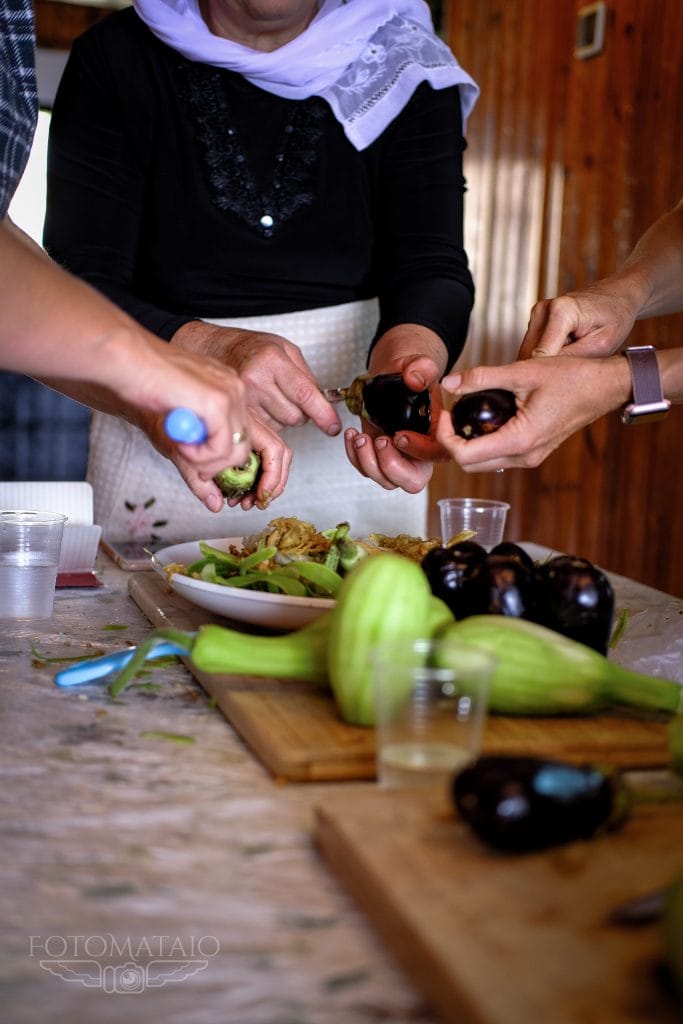
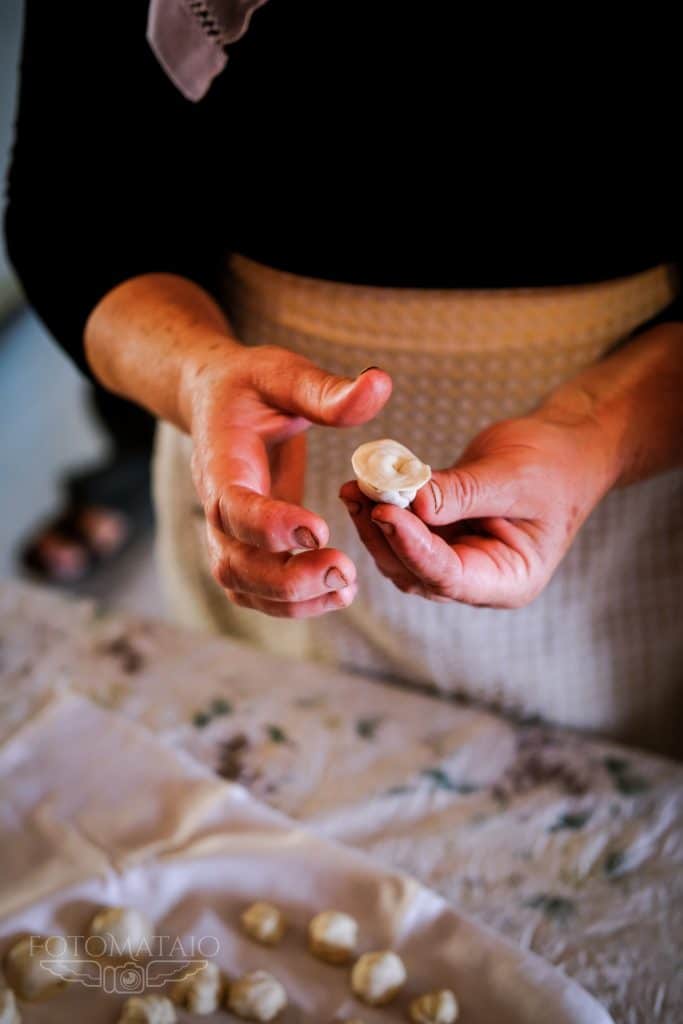
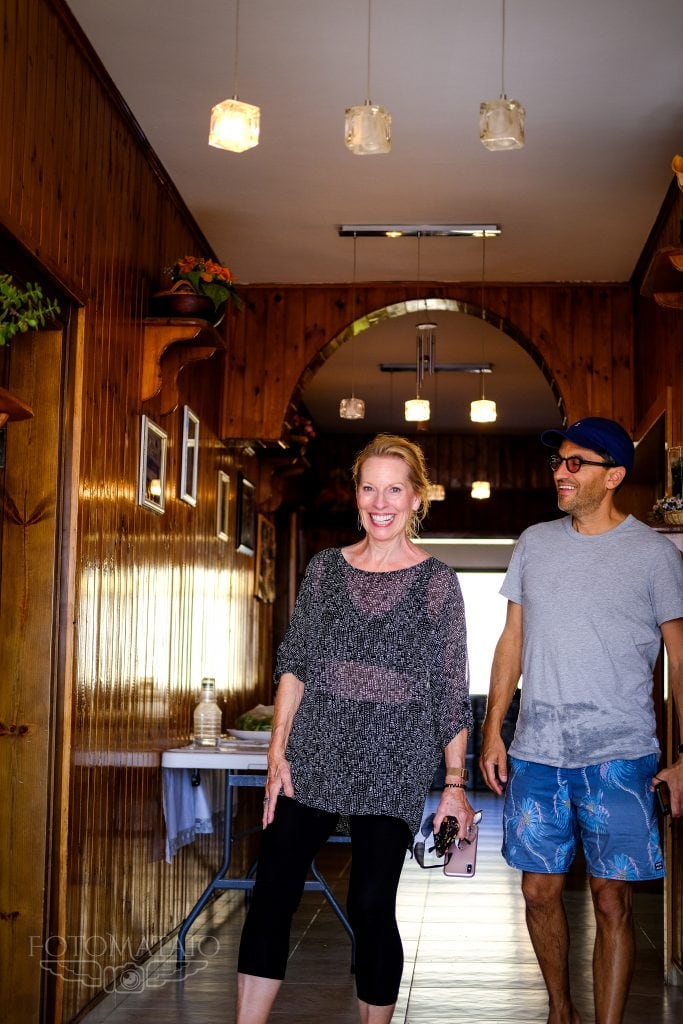
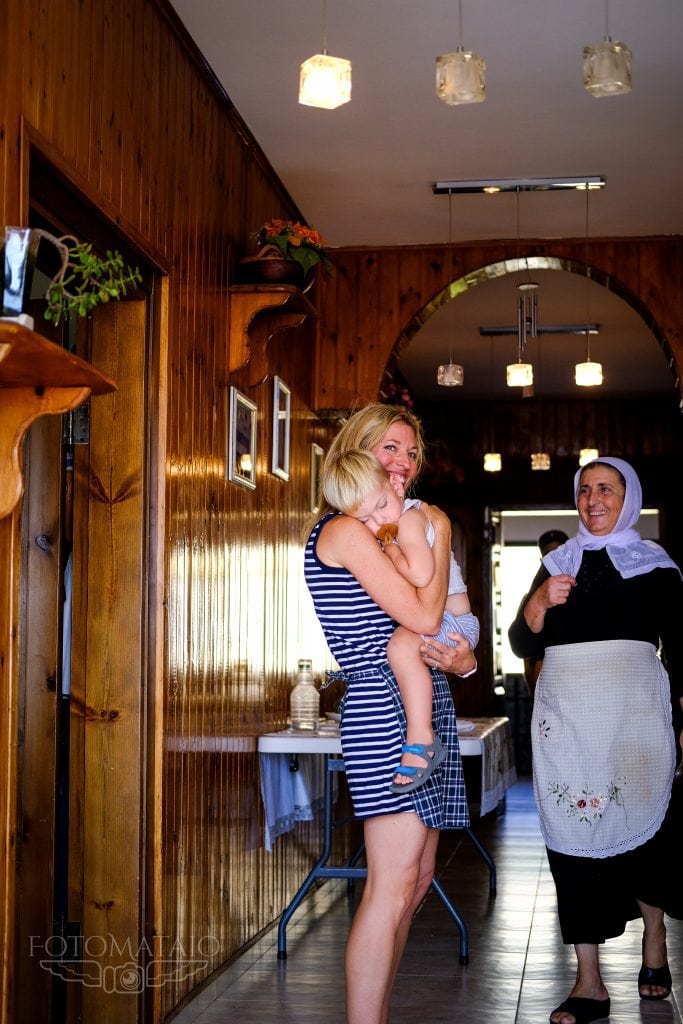
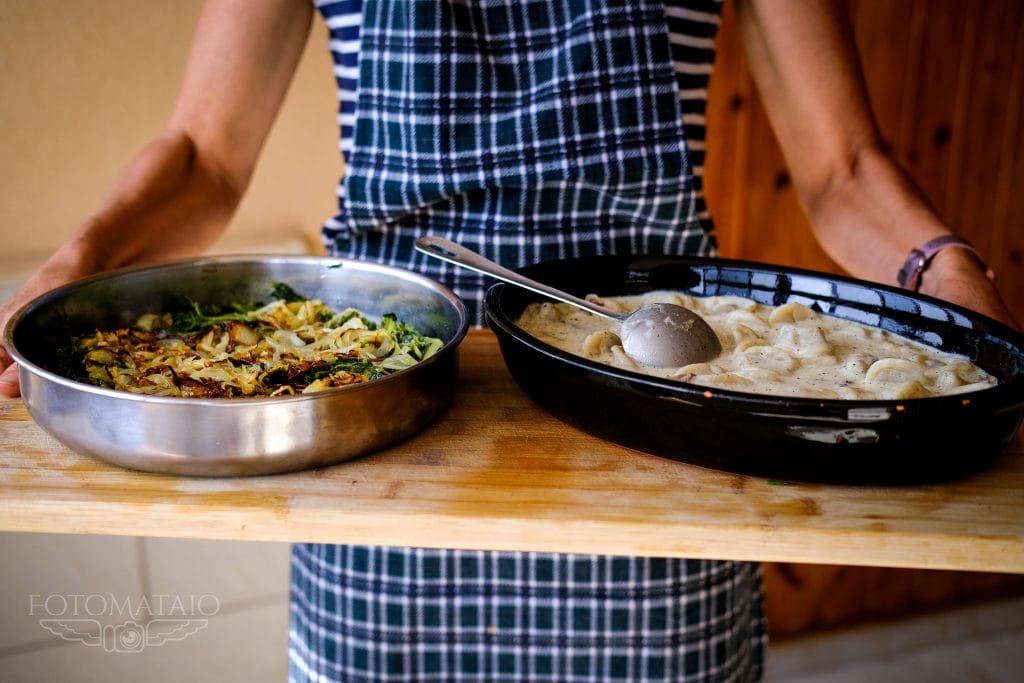
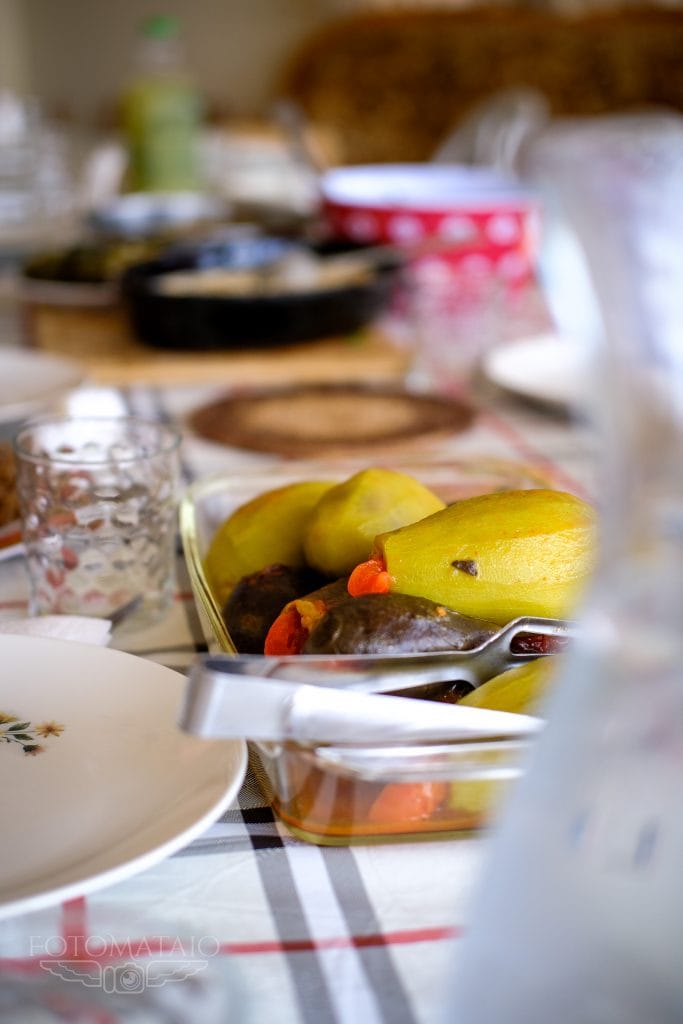
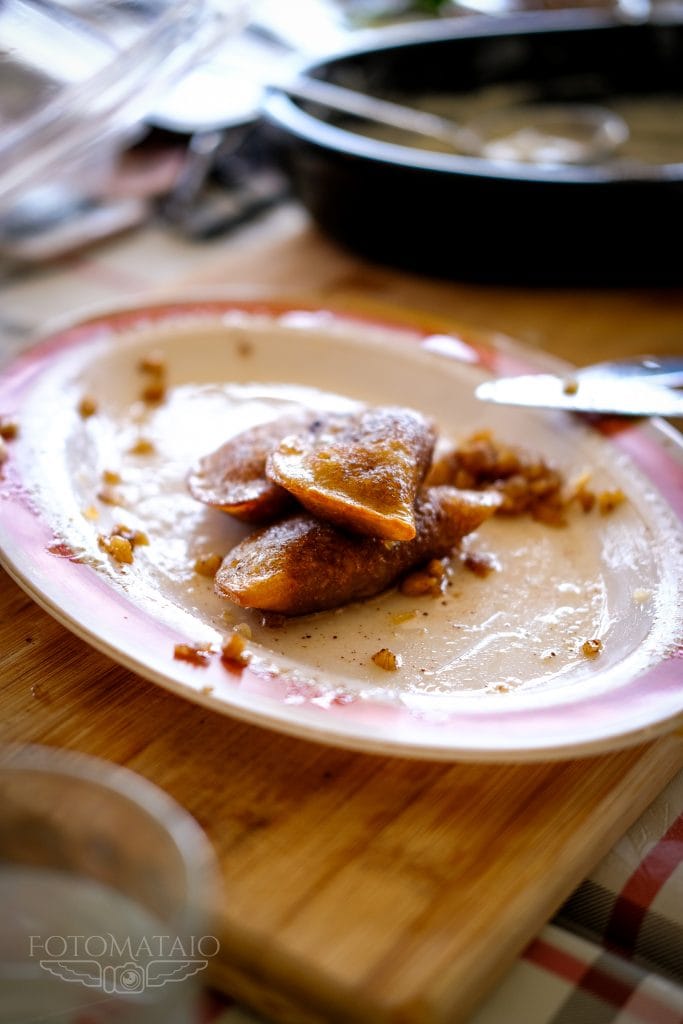
Five years ago, I booked a cooking class in the Galilee through Galileat. Little did I know at the time, that first class would start a long-time relationship with the host, Pnina. Pnina is of the Druze faith and she lives in the hills of the Galilee. Although we don’t speak the same language, we made an instant connection. Pnina is a wonderful cook, but more than that, she is a gracious and open-hearted human being and a great ambassador that we are all more alike than we are different. Every time I return to Israel, I go and visit Pnina and take new friends to cook with her, hoping they will have the same experience. That sure happened this time. We all cooked and laughed and ate with Pnina. She opened her home and her heart and her kitchen to us. She laughed at the boys’ antics and brought out toys for Theo to play with. What a beautiful example of how coming around the table together creates an intimate experience that shows us we are all human beings seeking love and connection and understanding. Plus, you will learn to make shisbarak and katief, two stars of the Galilean kitchen. Don’t miss it.
When you travel with children, you do and see things you wouldn’t otherwise. And it usually ends up being some of the most memorable adventures from the trip. On our way to Goats with Winds Farm for lunch, we made a stop at the monkey forest in Yodfat. It is a lovely animal sanctuary with monkeys roaming free in the trees, meaning free to jump on your shoulders or run up your legs. Boys both big and small loved this experience, and it was one of Luca’s favorite memories. Right outside the gate to the monkey forest, explore the little shopping area, with a lovely mercantile and coffee shop selling pantry stables, preserved meats, cheeses and desserts. We planned to return for picnic provisions and their beautiful sandwiches, but we didn’t make it back. Next time.
Also because of the children, we went swimming almost every day in the Sea of Galilee, at the Green Beach, a section of the sea about 20 minutes away from Kibbutz Inbar with very shallow water perfect for littles. The warm water, calm waves and quiet made for a relaxing end to each day.
The Mount of Beatitudes has always been one of my favorite places in Israel to sit and pray, to listen and be still. This time, the busloads of tourists interfered with that serenity a bit. To avoid the crowds, plan your visit at the very beginning or end of the day, when you can find space to be alone. Jesus spent a lot of time in these hills, and if you are looking for a connection to his spirit, you might find it here. Of course, you also don’t need a church to do that. Find any quiet, beautiful spot overlooking the Sea of Galilee and sit in silence.
Also in the Galilee, we visited an Arab market and toured the ancient city of Sfat.
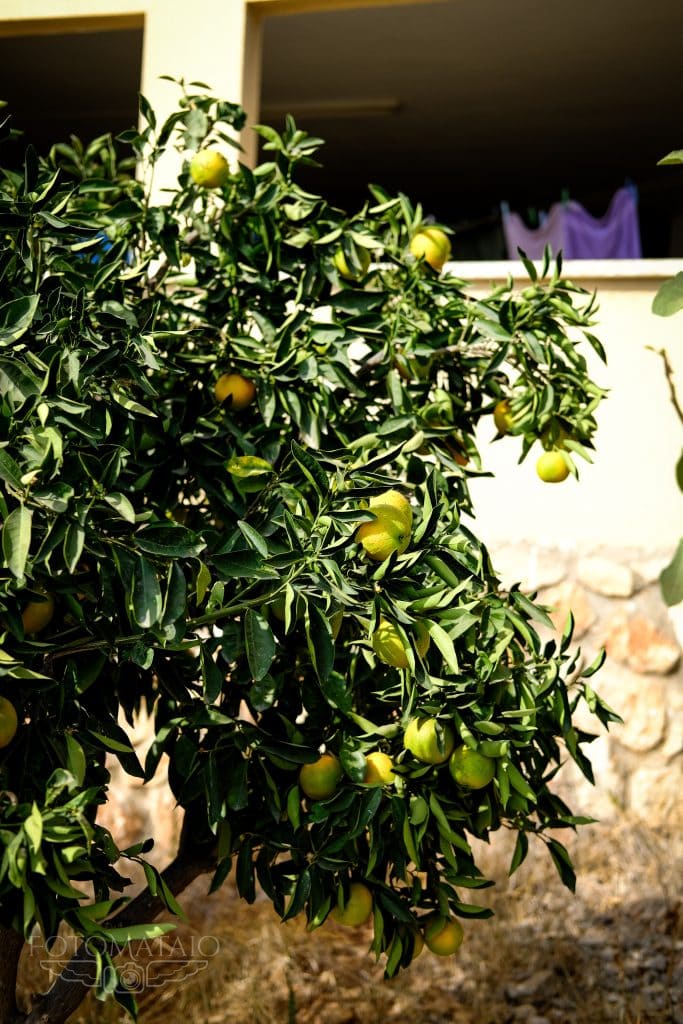
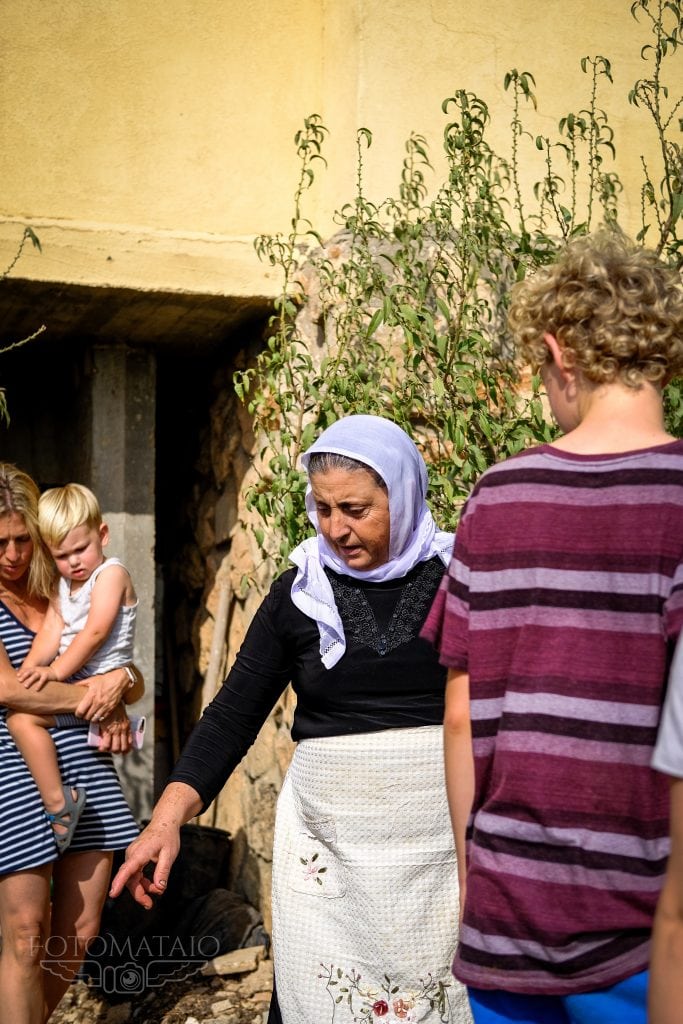
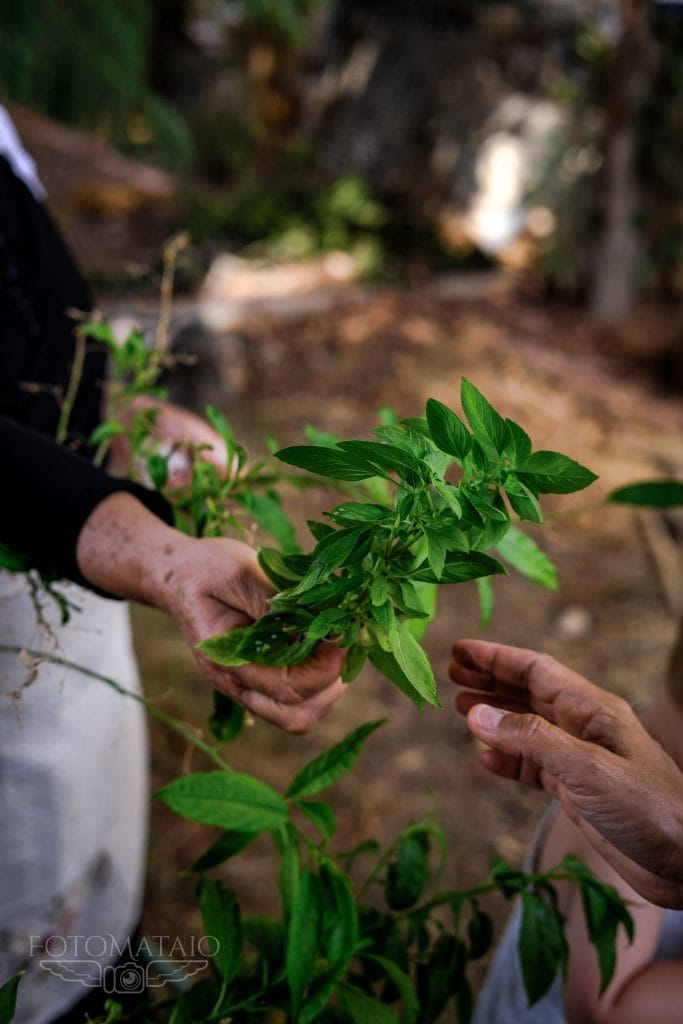
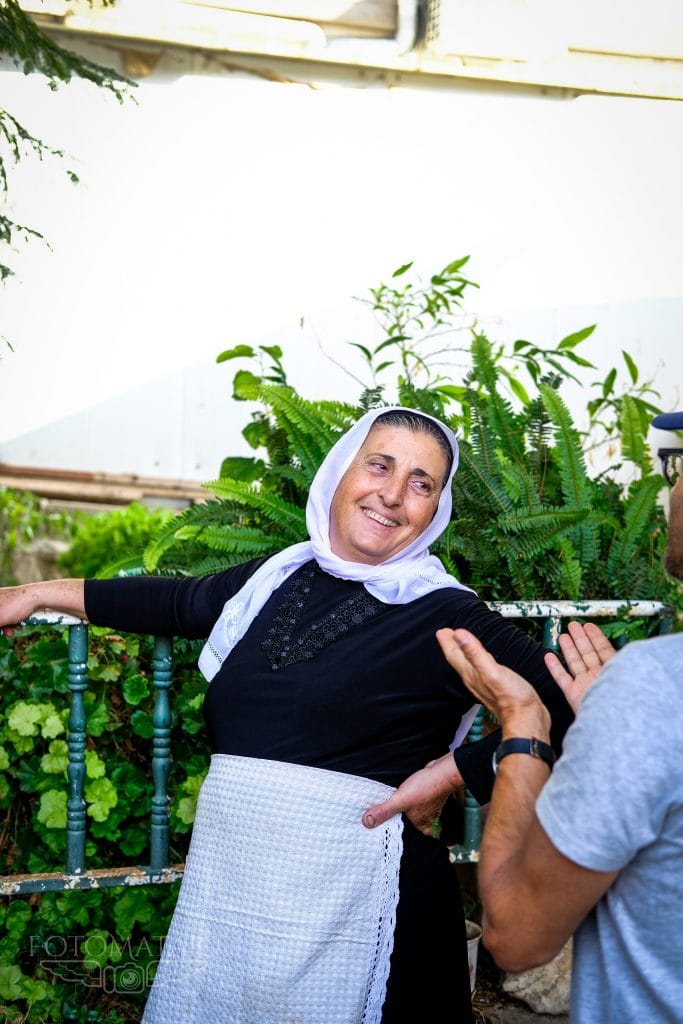
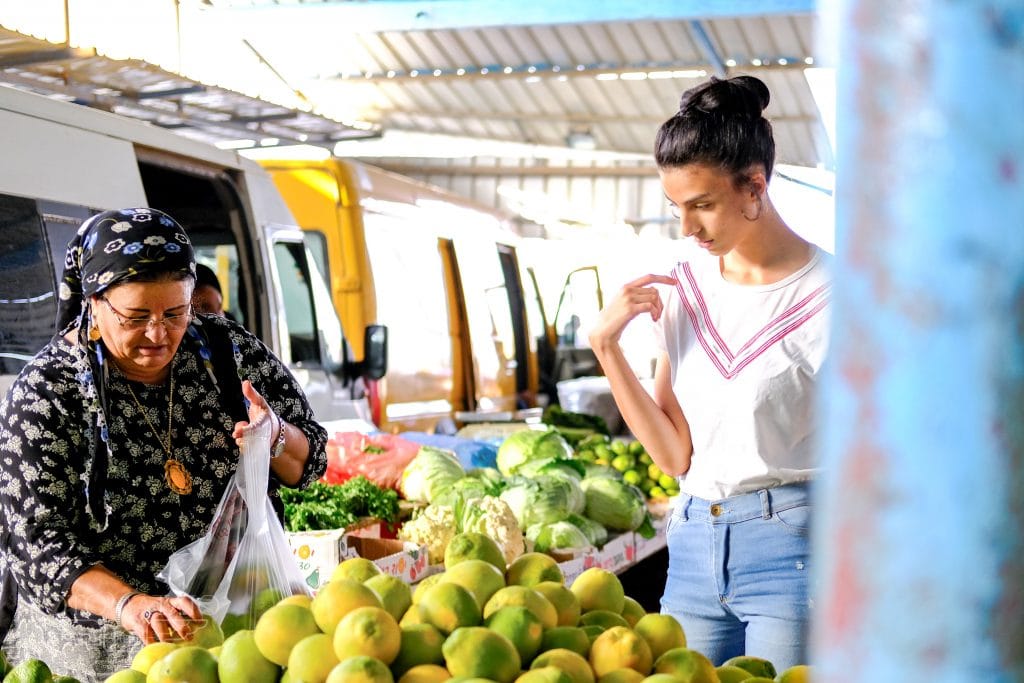
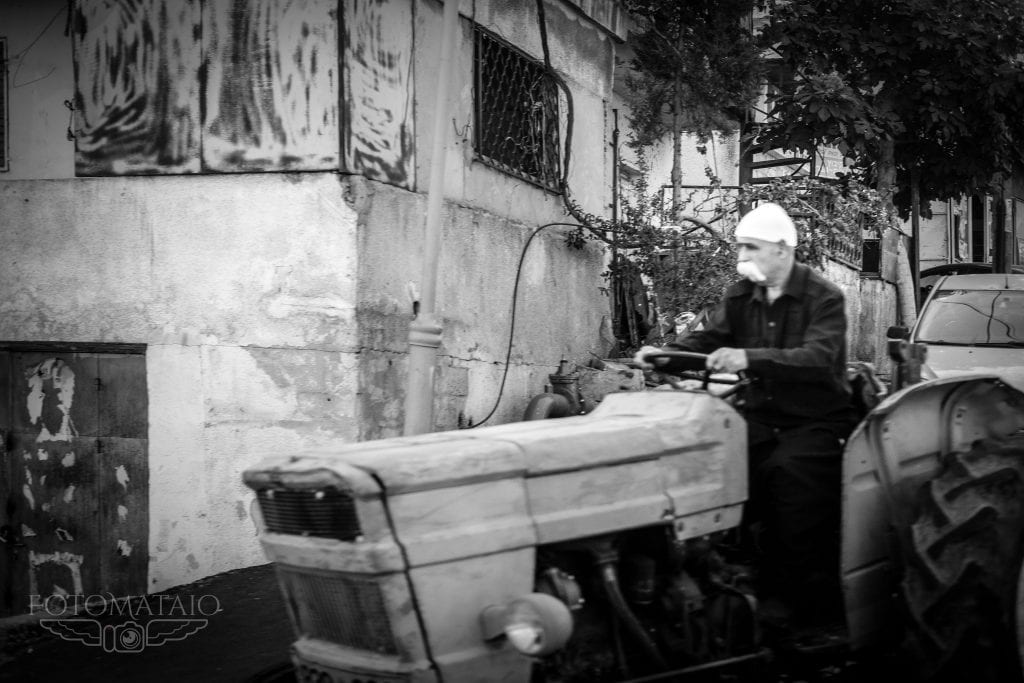
We return to Goats with the Windsevery time we visit Israel. A goat farm in the hills of the Galilee near Yodfat, it feels like a fairy land. The windy, bumpy road to Goats with the Winds will feel harrowing if you are an anxious passenger like I am, but you will make it. Just follow the directions on their website. It’s worth it, because when you arrive, you will find an oasis of tree-shaded gazebos adorned with low tables sitting on Persian rugs. Take off your shoes and get comfortable as Dalia and her husband prepare your lunch, which will be served by one of their farm volunteers, usually someone from another country here to wwoof. On the farm, they craft dozens of varieties of soft and aged goat cheeses, including a thick, creamy labneh served with a pool of grassy olive oil also made from their own olive trees. Be sure to order the haloumi, which will come sizzling in a pool of olive oil with tomatoes and spicy chiles and fresh herbs. It’s cravable. If you like, you can also order a bottle of their delicious homemade red wine. This is one of our favorite experiences in all of Israel. If you like, stretch out after lunch and take a nap in the sun. It’s a blissful way to spend an afternoon. Combine the trip here with a visit to the Yodfat antiquities site and the monkey forest.
Located just a few miles away from Kabutz Inbar is the dairy and restaurant, Ein Kamoneim. The owner makes world-class goat cheese, many styled after French cheeses. They were some of the best cheeses we’ve ever had. Sit in the shaded garden and enjoy a long lunch with salads and a selection of their cheeses.
In the Galilee, we ended up having big lunches, like at Goats with Winds and Ein Kamoneim, and then just staying in and snacking for dinner. I won’t mention the very empty restaurant we went on our last night, where, after we had eaten, we glanced up and saw a rather large rat running through the rafters. Ugh.
In all our previous trips to Israel, we had never stayed near the Dead Sea, because the area is notorious for mediocre hotels (all the luxury resorts are on the Jordanian side of the sea). But, to really give us time to enjoy the sea and Masada, I wanted to spend time here on this trip.
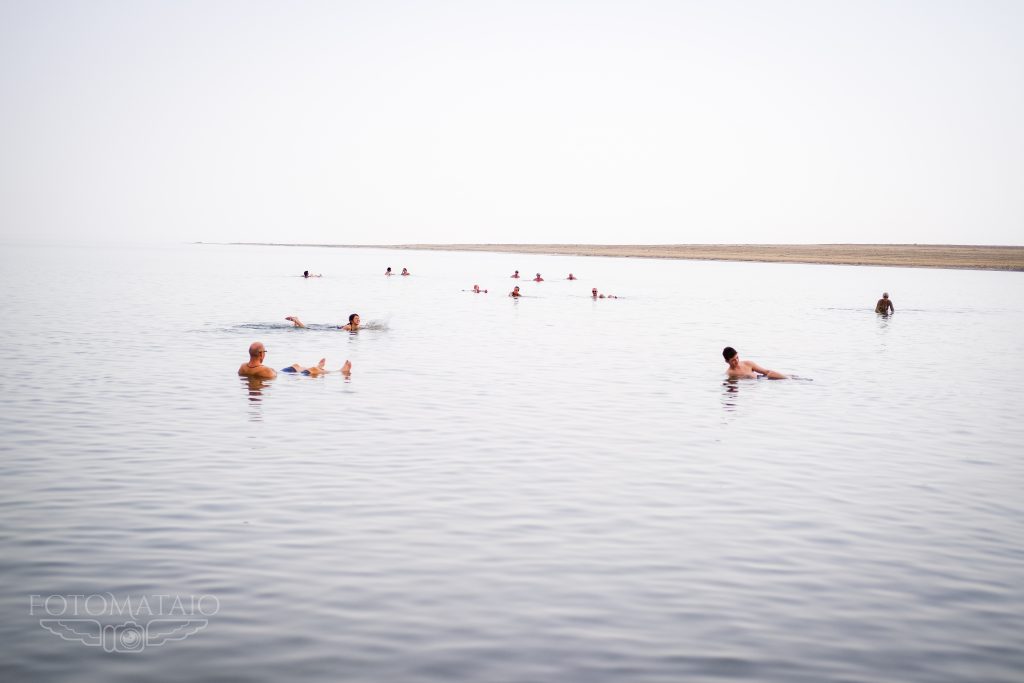
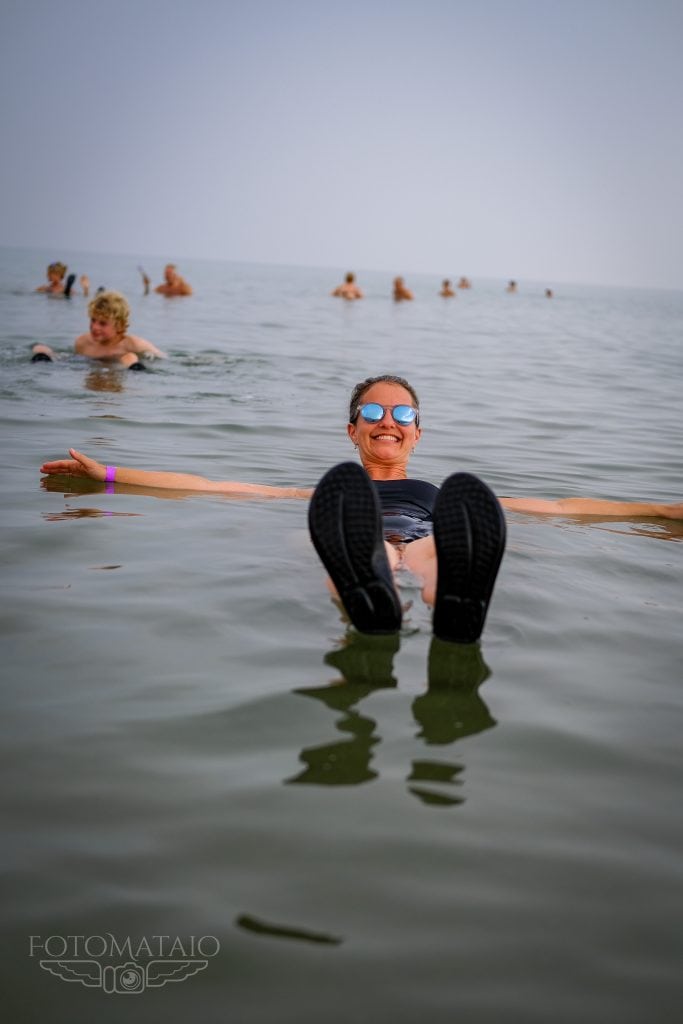
We stayed at the Ein Gedi Kibbutz Hotel, and it was just fine. The grounds are lovely, with bougainvillea and old growth trees. The kids loved the pool. We had both breakfast and dinner included in our room rate, and the buffets are fine, but not great. If we stayed at the Dead Sea again, I might try one of the hotels near Ein Bokek. We stopped and spent at hour at the beach at the Crowne Plaza, and it seemed like it would be nice to be in a hotel that sits right on the Dead Sea, so you get more chances to experience it. Plus the water was a stunning shade of aquamarine at that part of the sea.
Obviously, the number one attraction here is to float in the Dead Sea, which is a bucket list item for many people. I think it lives up to the hype, because it is a surreal experience to float without effort, bobbing around in the very warm, salty water. The Dead Sea is almost 10 times as salty as the ocean, which is what gives you buoyancy. But it also means that you will feel every cut or scrape on your body. Theo had skinned knees, and so he immediately started crying when we started wading out. He can try again next time.
The other man attraction near the Dead Sea is the historic site of Masada, the ruins of the fortress of King Herod the Great and the site of the heroic standoff between Jewish rebels against the Roman army. If you don't know the story of Masada, it's an incredible one. Read a fictionalized account in The Dovekeepers. Part of the experience of visiting Masada is hiking to the top along the winding snake path, a moderately challenging walk that takes about an hour. Mimi and I once walked the snake path in 100 degree heat, which I don’t recommend. But it did give us an incredible perspective, in a very small way, of what faced the Jews as they fled to the desert from Jerusalem. The hike also gives stunning views of the desert and the Dead Sea. Learn from our experience and go early in the morning, as temperatures later in the day can be scorching.
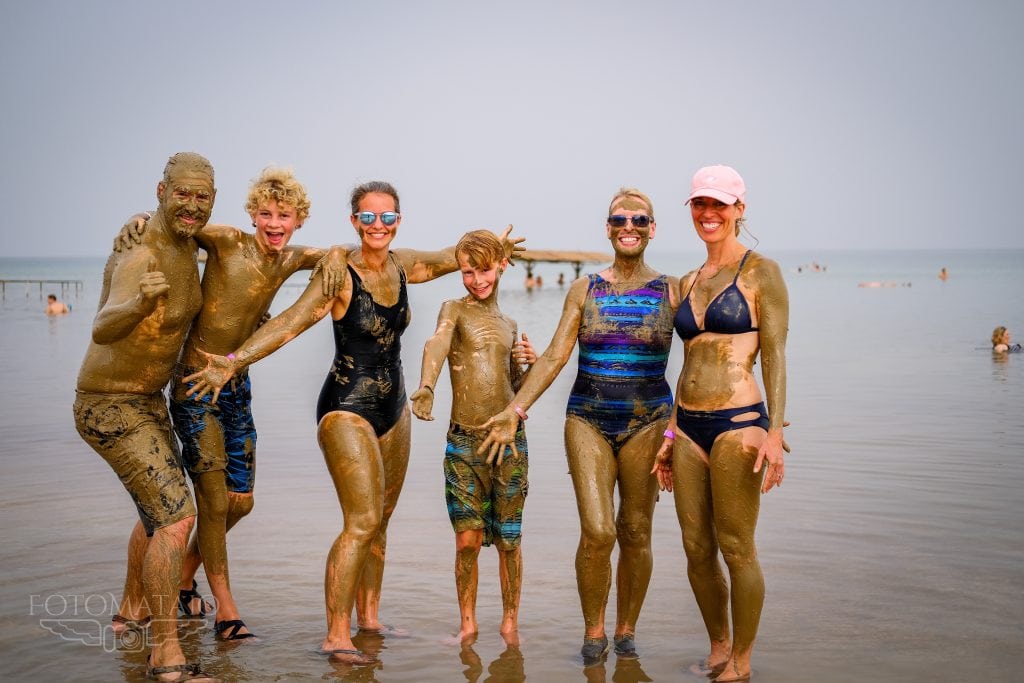
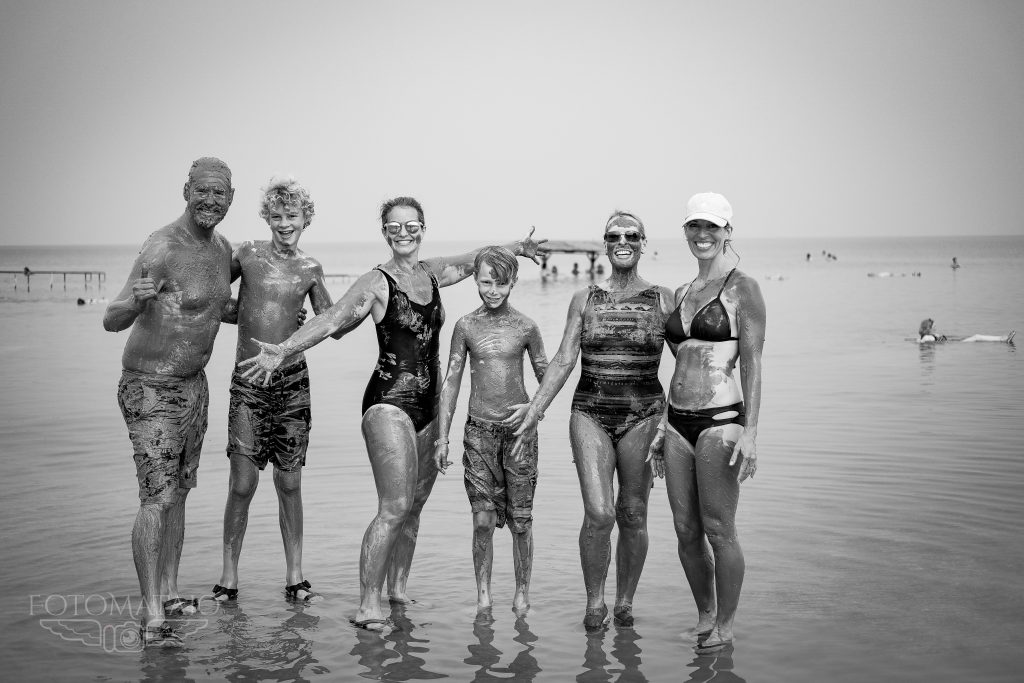
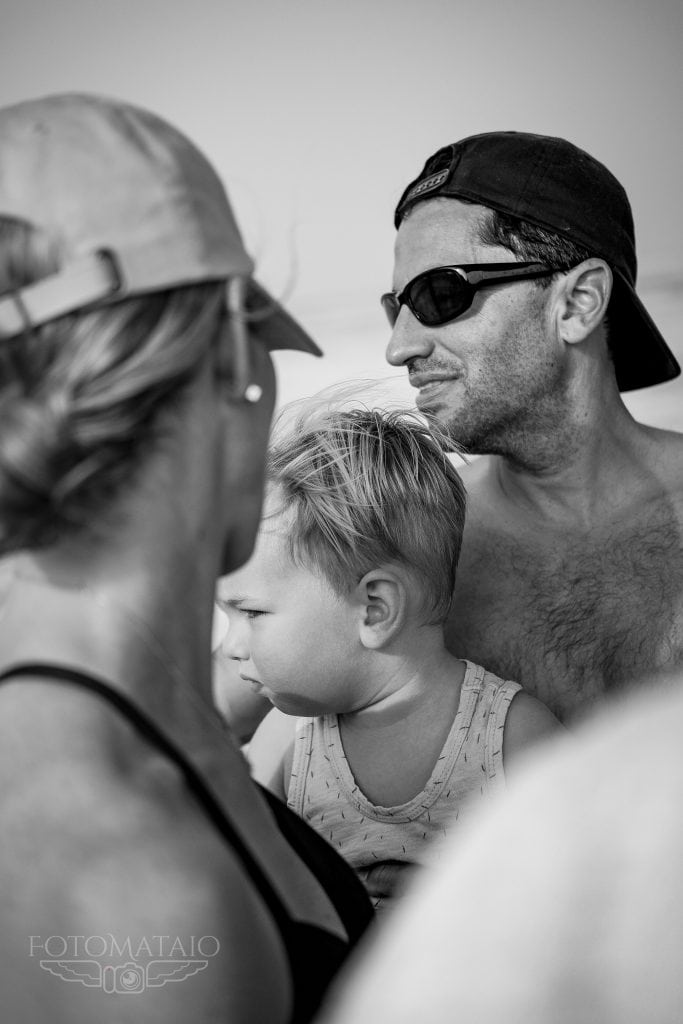
Israel has incredibly diverse climates, which is one of its charms. Wake up in the morning in the pastoral green hills of the Galilee, and a few hours later you’re driving through an arid desert canyon. It’s spectacular. The last time we visited the desert, we stayed at Beresheetat Mitzpe Ramon in the Negev, a hotel perched on a massive desert canyon. For this trip, we decided to see the Arava Dessert.
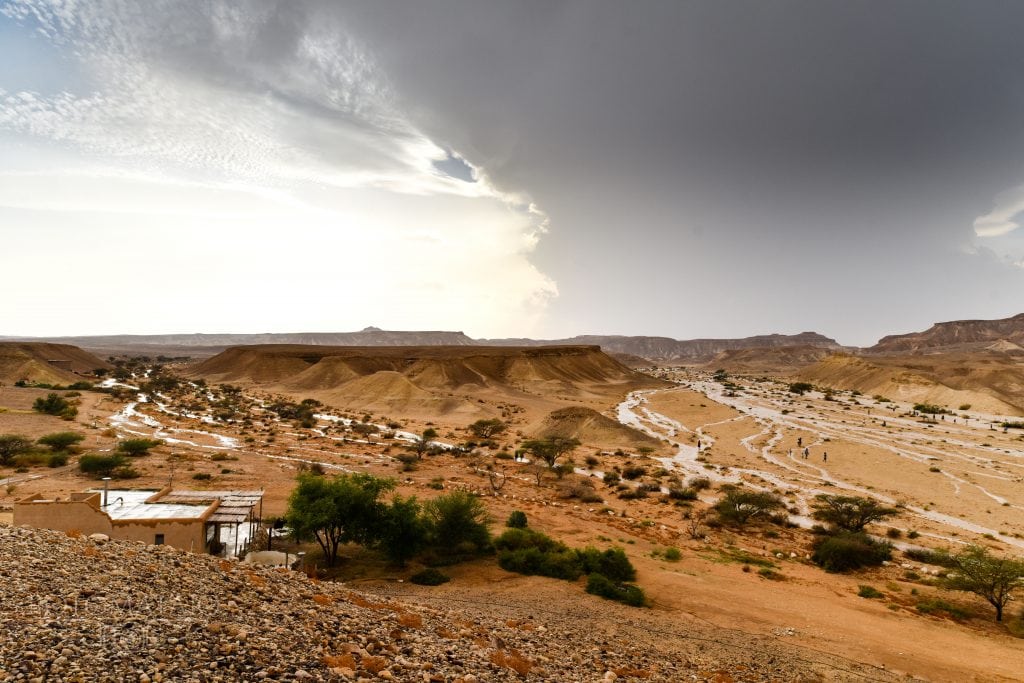
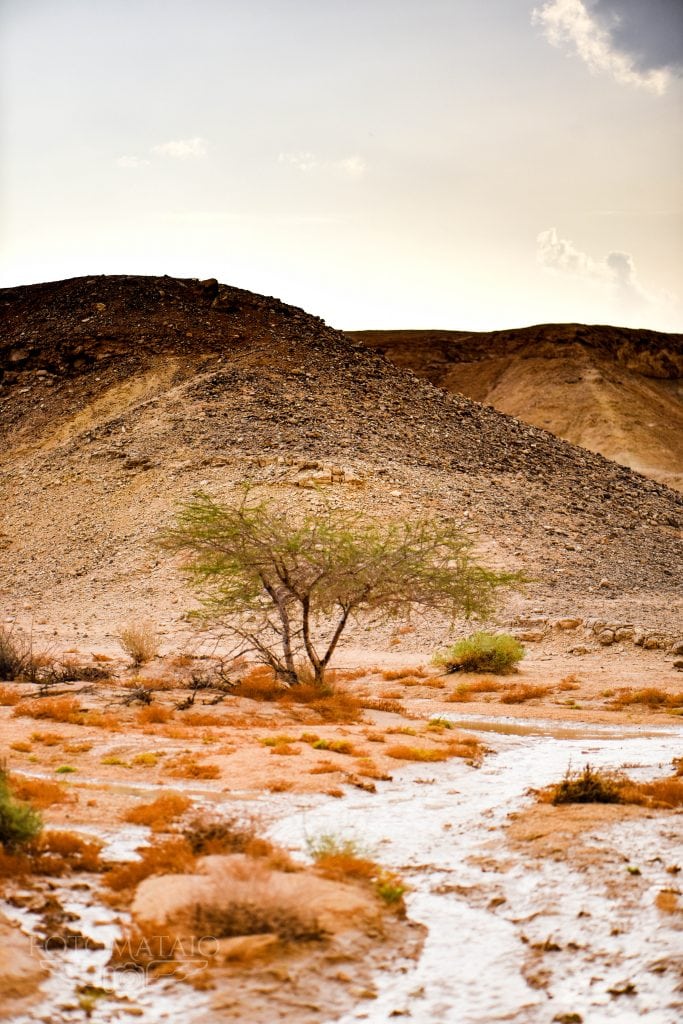
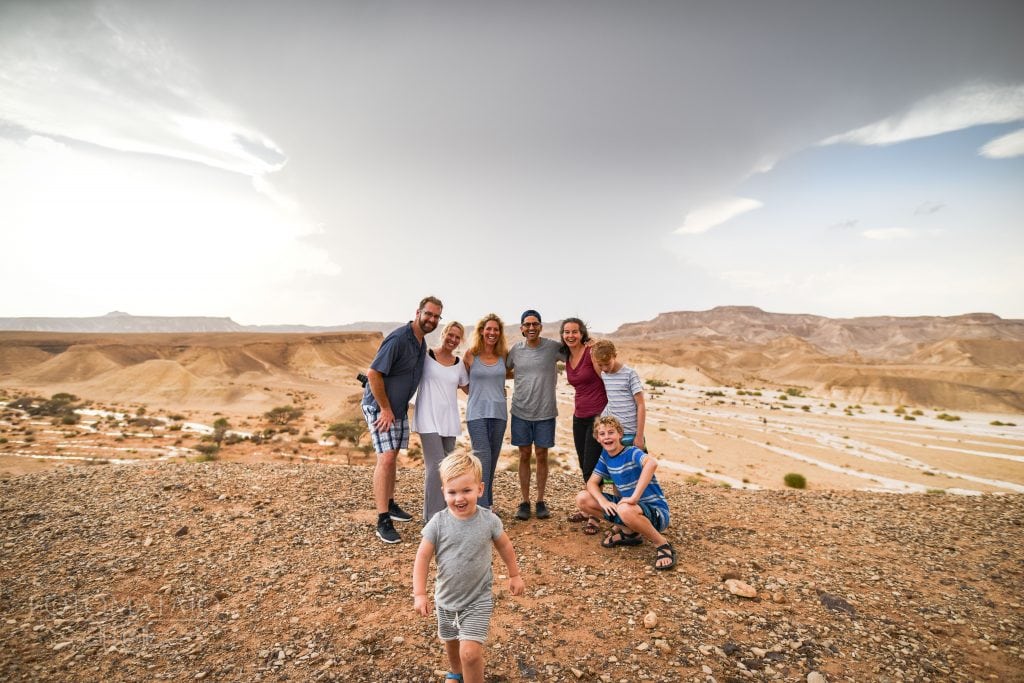
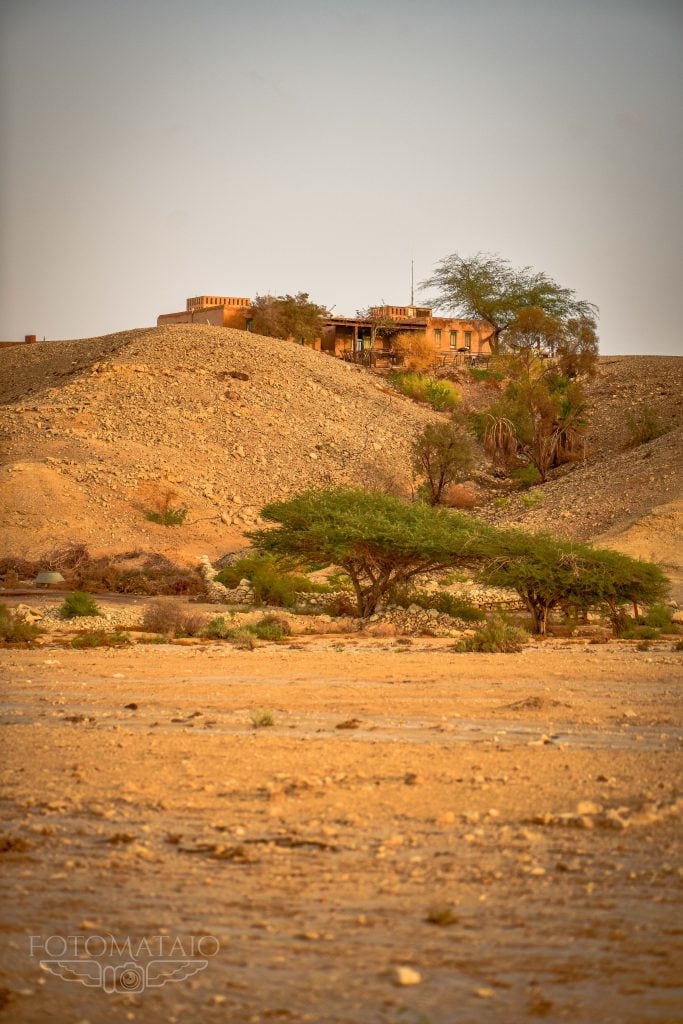
We stayed at Midbara in the Mor and Levona cabins, two adjoined houses that share a private pool overlooking the canyon below. The lovely cabins, elegantly furnished and with well-stocked kitchens, faced the shared pool and the desert valley below. One thing to note, each cabin has only one bedroom, so they are good for small families but not great for more than one couple to stay in a unit. Midbara has small grocery on site that stocks some foodstuff which you purchase on an honor basis. The desert is a great place to stop and rest for a few days, to be still.
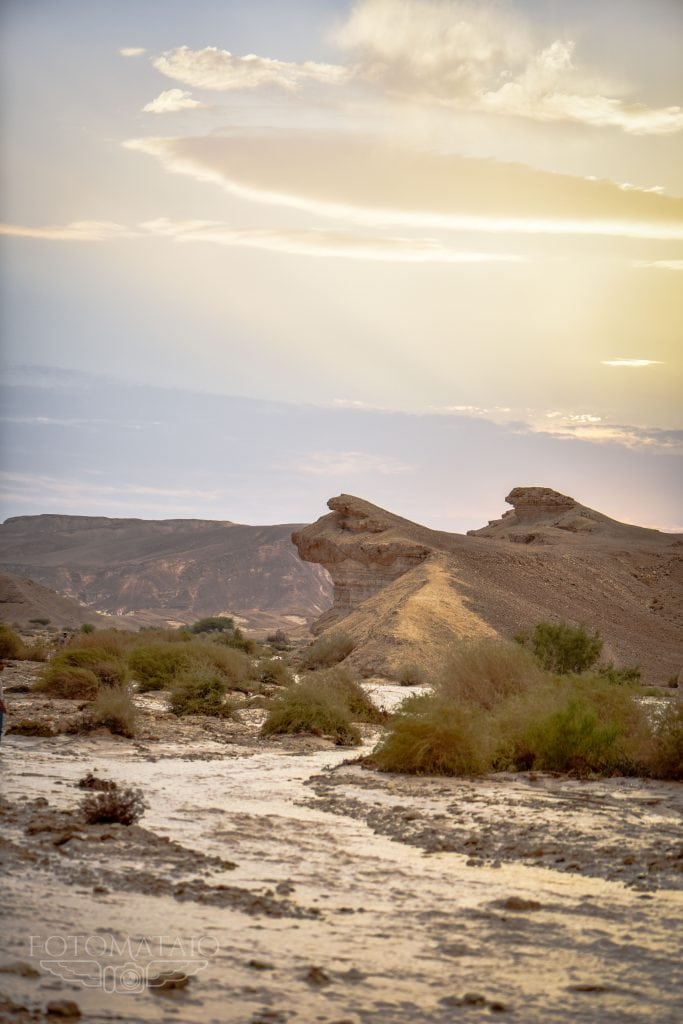
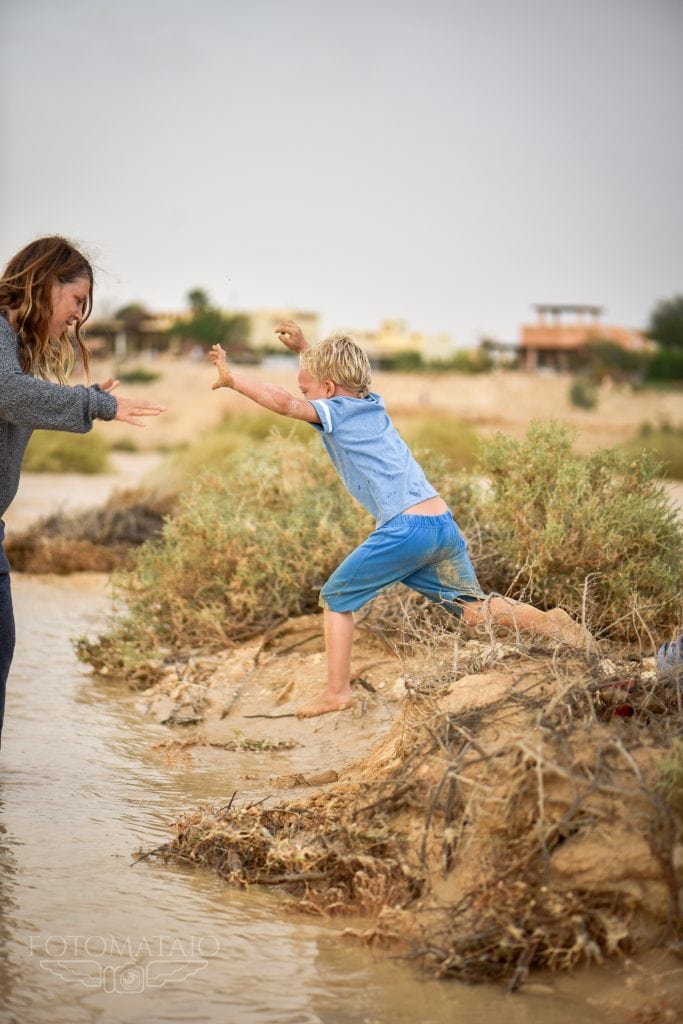
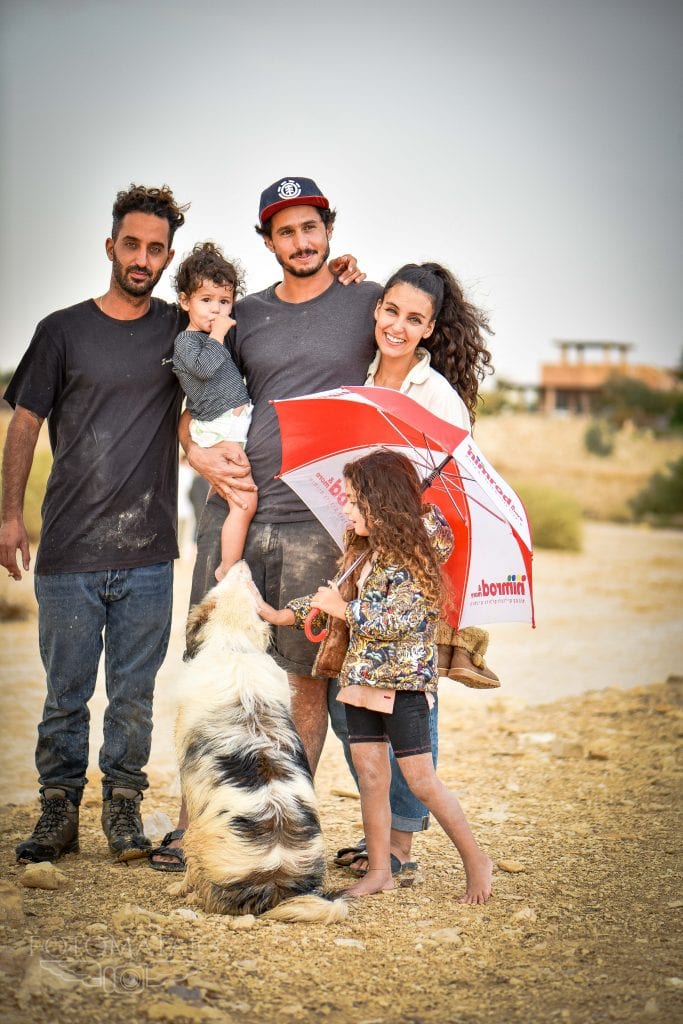
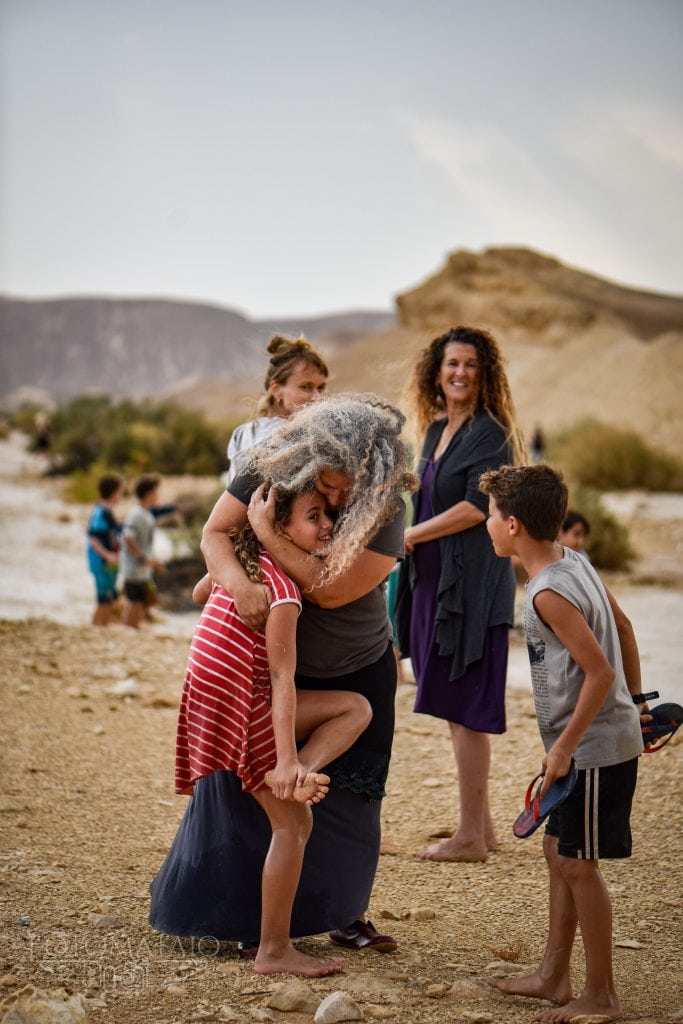
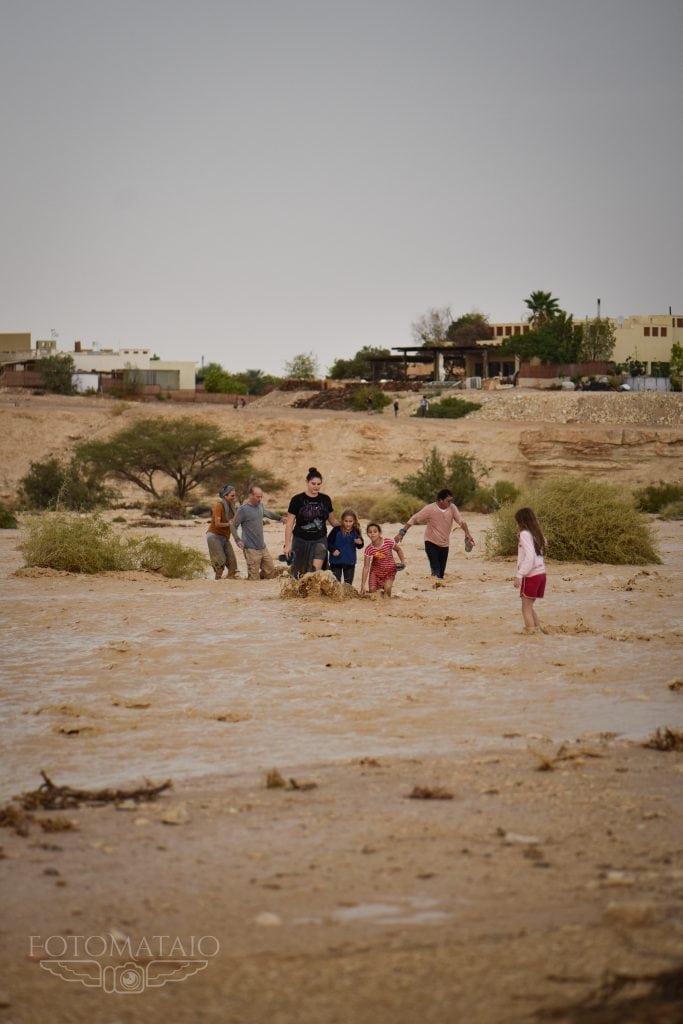
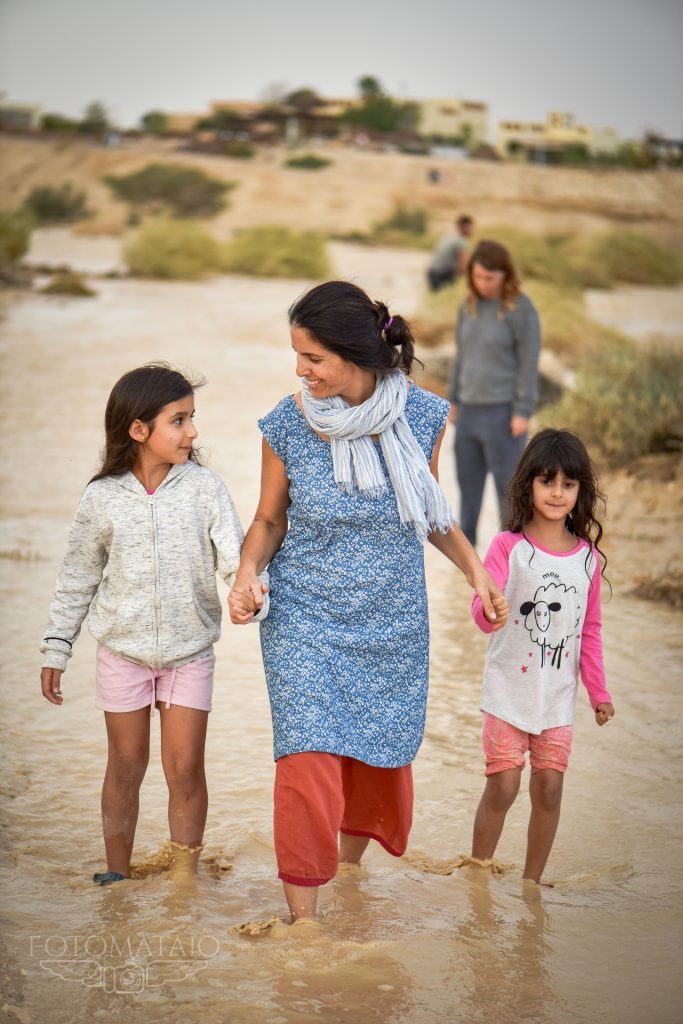
The day we arrived at the desert, it rained, the first rain they had seen since May. Our cabins at Midbara sat on a ridge overlooking the canyon below, and as we stood in the rain, watching, we heard a rushing sound. Suddenly, water started pouring into the canyon, filling it with a shallow, rushing river. A flash flood. Instead of running away, the whole village of Tzukim starting pouring from their homes into the valley, kids laughing and playing in the water. It was a celebration and an amazing one to witness. It was one of our most memorable experiences of the trip, and so a good reminder that sometimes 'things to do or see' cannot be planned.
We planned two other excursions meant to entertain the boys but that ended up being interesting for all of us. One was a visit to the Antelope farm, which is like a mini-African safari with zebras and different types of antelopes and other animals. It's a nice attraction. Next was the crocodile farm, with hundreds of crocodiles, some which had been rescued from the Nile River and others born there. The boys got to hold a baby crocodile—which still has a whole mouthful of razor-sharp teeth! Nico, especially, loved the crocodile farm.
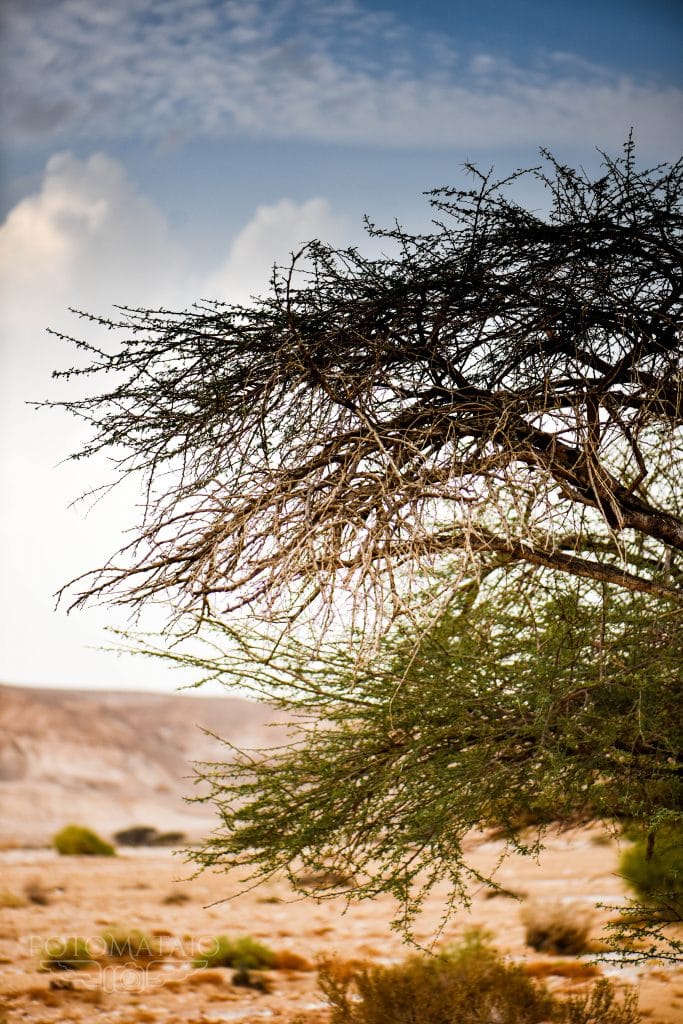
We often find many of our most memorable dining experiences are ones we never could have planned. This happened with Route 90, a tiny deli and restaurant very close to Midbara, near the town of Tzukim. We arrived at Midbara mid-day, hungry and looking for lunch. We got a recommendation to have lunch at a cafe, but while we were waiting for a table big enough to hold our large group, Mataio got hungry. He went into the deli next door and emerged with a beautiful pork sandwich, and soon we had abandoned our wait and all crowded into the deli for lunch. One thing lead to another, and one night we ended up in the parking lot of the restaurant, under the bright desert stars, eating platter after platter of delicious food cooked by the chef of Route 90, and ending with poike, a dish of rice and stewed beef and vegetables cooked over the fire in an iron pot. The white bean and chorizo 'shakshuka' was also one of the most memorable dishes of the trip.
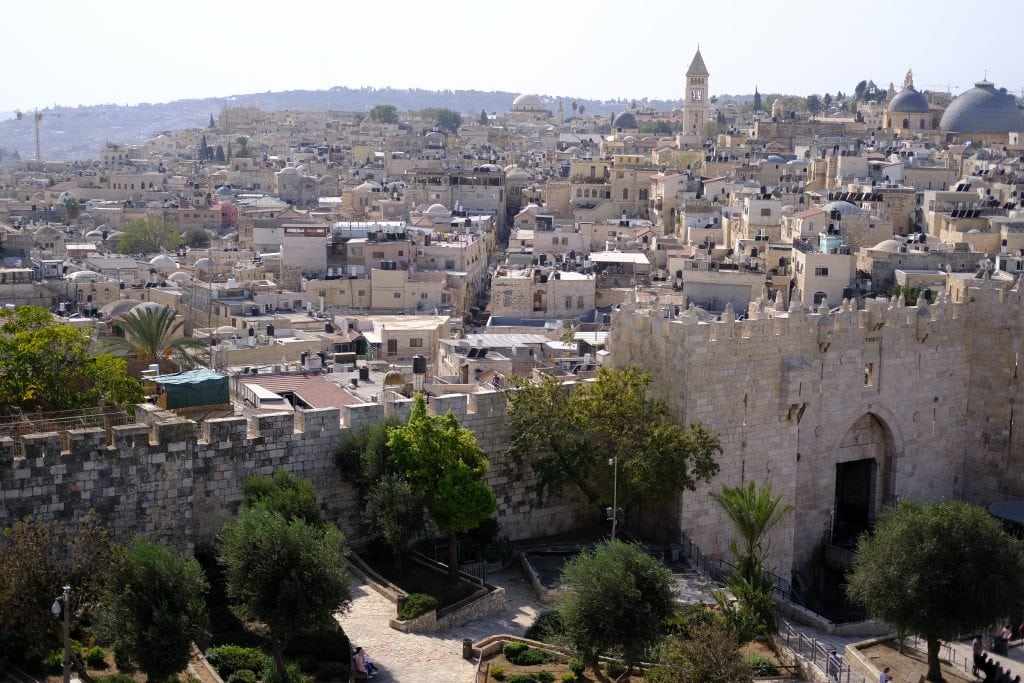
If I were planning this trip again now, I would book one less night in the Galilee, one less night at the Dead Sea and two more nights in Jerusalem. I forget how much there is to see and absorb in Jerusalem when you are there for the first time. It is a wondrous city, filled with an incredibly rich history. Many come to this place with expectations of religious enlightenment, spiritual growth and connection to the divine. It has a complicated past and present and is a stark juxtaposition to Tel Aviv's modern, secular energy. Jerusalem is mystical.
Every time we visit Jerusalem, we stay in an apartment owned by Windows of Jerusalem. The building is in a great location, right next to Mahane Yehuda Market. The units are bright and large, and we always get a view of the Old City. It’s stunning to watch the sun rising over the Church of the Holy Sepulcher and the Dome of the Rock. If you can, request a unit with a balcony. It’s nice to sit out under the stars on warm nights after a full day of touring.
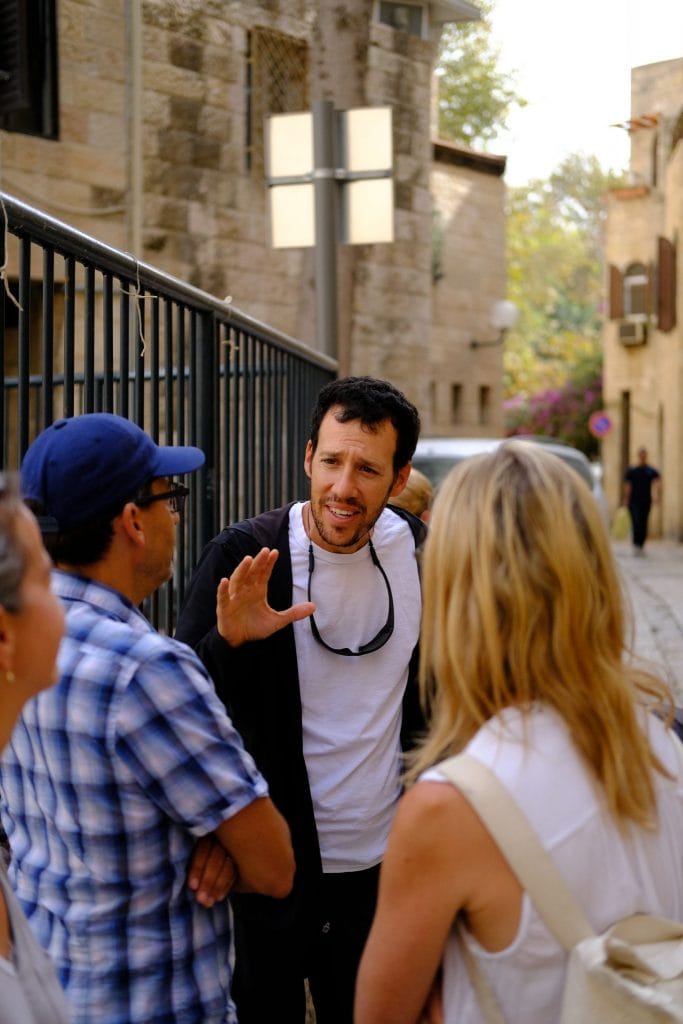
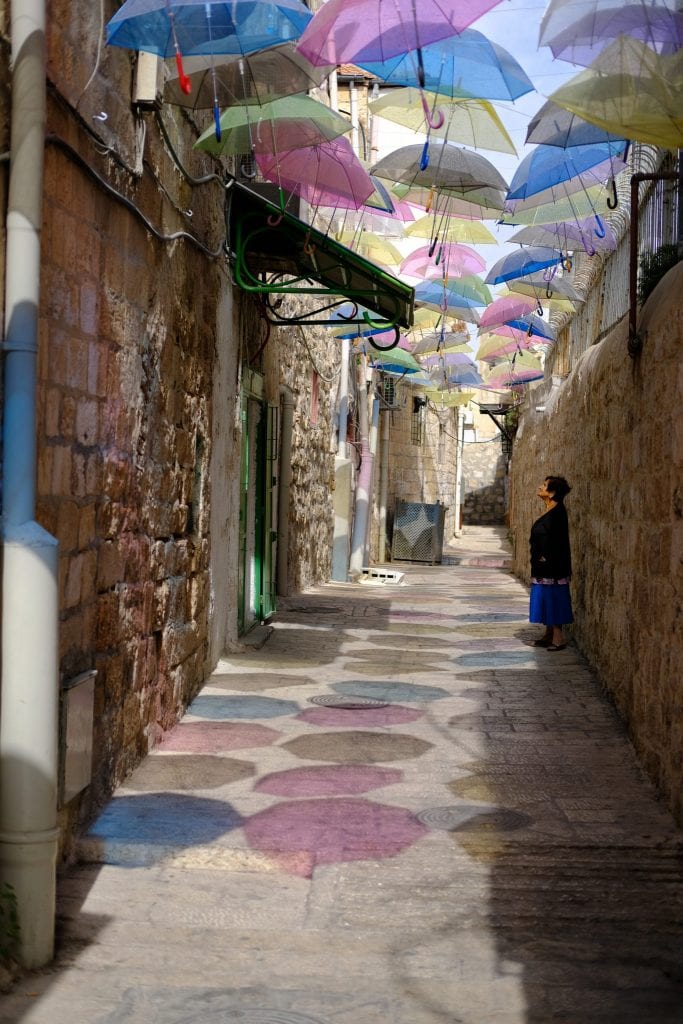
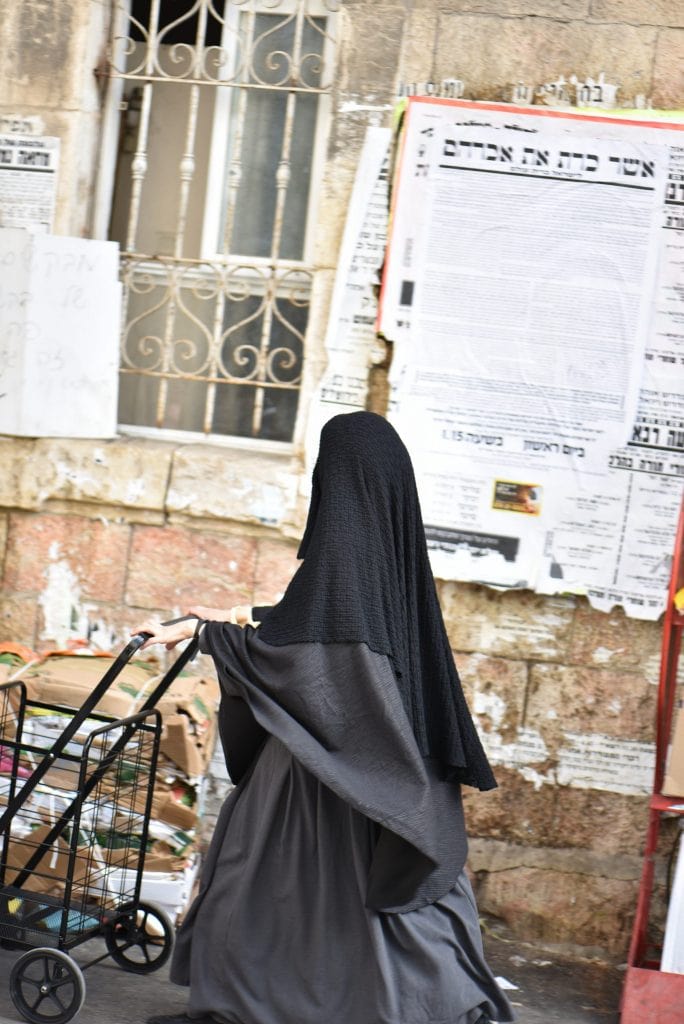
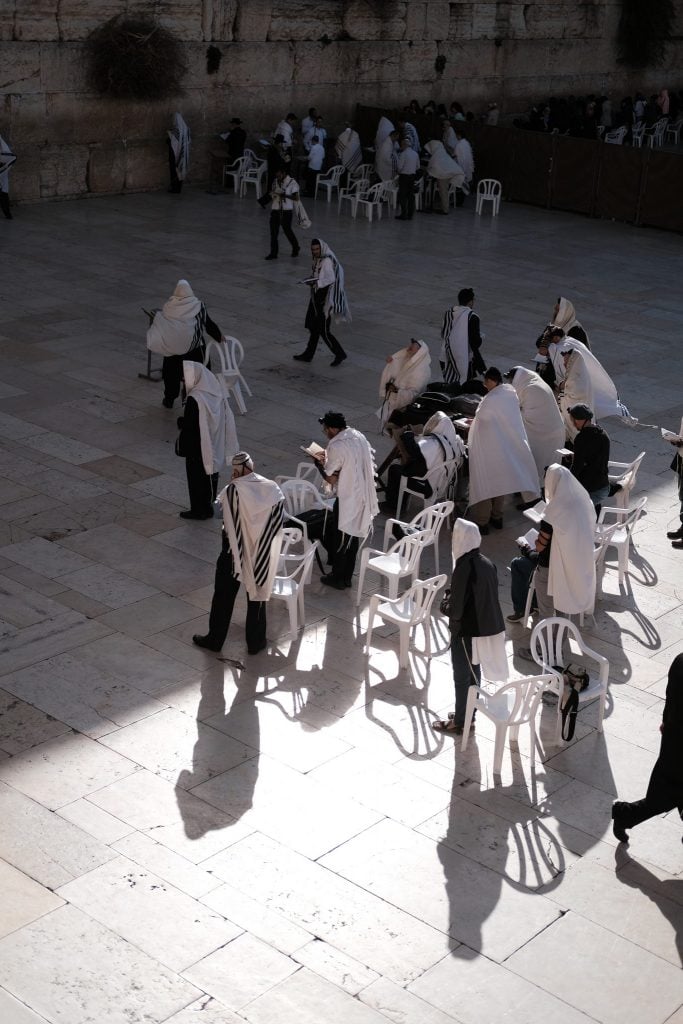
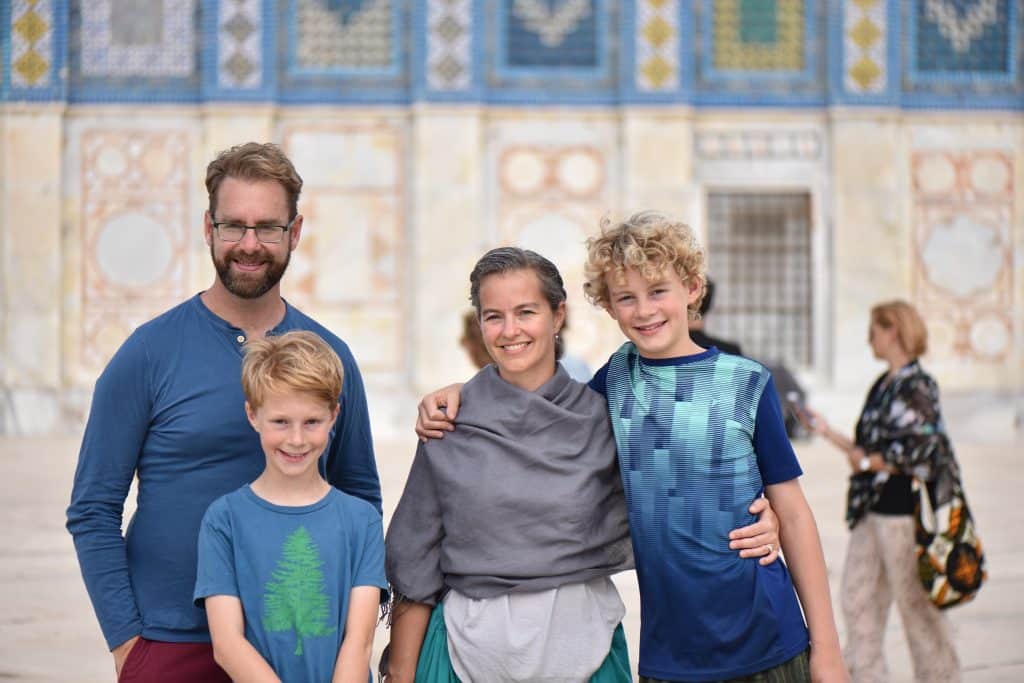
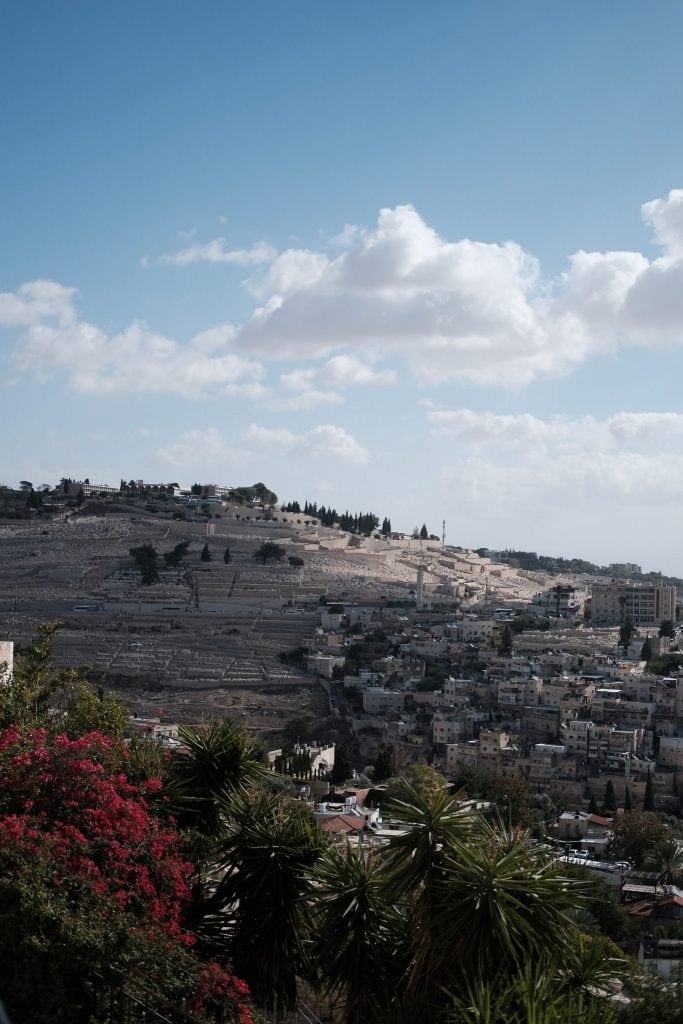
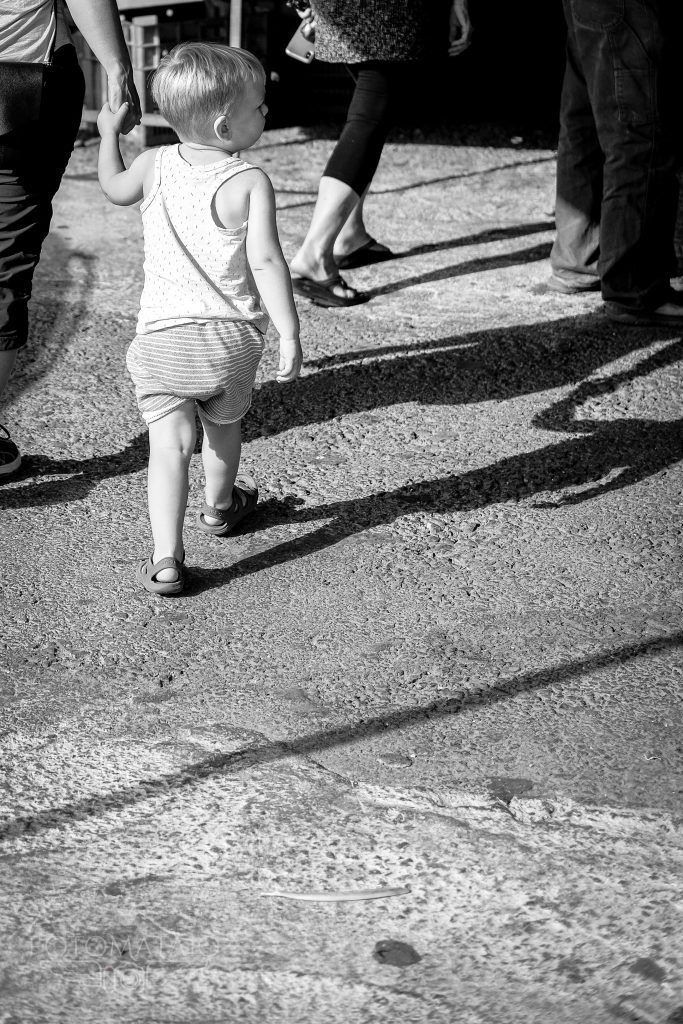
I love Machne Yehuda Market. It has been gentrified, so it might lack the grittiness of some of the other markets, but it also lacks the trinkets and t-shirts sold elsewhere. The well-lit Machne Yehuda has wide aisles and high ceilings, a better atmosphere for little ones and good for strollers. Alongside the fruit and vegetable vendors are coffee shops and juice stands, breweries and restaurants. At night, the shuk comes alive in a new way, bustling with nightlife.
Many pilgrimage to Israel primarily to stand within the walls of the Old City of Jerusalem, an important city for Jews, Christians and Muslims alike. Even if you don’t prescribe to a specific faith, the history within those wall is undeniable and palpable. When you plan your visit to Jerusalem, you must book a full-day tour with Dvir. We first booked Dvir as a tour guide four years ago, and we have continued to tour with him every year after, as he has transitioned from guide to friend. Walking through Jerusalem with Dvir feels like a walking date with a friend, if your friend was an expert on the history of Jerusalem and its different religious and knew every road and back alley and all the best places to eat. On each of our four tours, he has shown us different areas of the city and we’ve learned something new each time, not a surprise given the complexity of the city’s past and present.
On this trip, we walked from our apartment near the shuk to Mea She'arim, perhaps the most conservative Orthodox Jewish neighborhood in the world, to an Arab neighborhood and then through the walls of the Old City. This walk shows why travel is essential to learning. As we walked, we read street signs and graffiti, propaganda and literature. We observed the dress and demeanor of the people who lived in those neighborhoods. And despite what you may hear, people waved. They nodded a hello or stopped to speak to Dvir. When you travel, you learn not to be afraid of ‘different.’ You also gain a perspective that can’t be achieved through books or movies or newspapers.
You can spend an entire day winding within the one-square mile of the Old City, popping in and out of churches and temples, holy sites and shrines. From the Mount of Olives, just outside the city walls, to the Church of the Holy Sepulcher to the Wailing Wall to the Dome of the Rock, you can walk and learn how the three major religions of Christianity and Judaism and Islam exist here in a triad and interact. Wander to the top of the Austrian Hospice for a rooftop view of the city maze, where you can see the complex alleyways from above. Visit the Ethiopian church to see how one of the oldest sects of Christianity still worships. In the lower level of the Church of the Holy Sepulcher, run your fingers over the crosses etched into the walls by Crusaders. Give yourself plenty of time to stop and be still, to think and reflect. So much of the Old City needs to be not just seen, but absorbed. I would suggest building another day into your itinerary to return to the Old City on your own, to wander and get lost.
You will also need time to eat, because the Old City has some of the best food in Jerusalem. More on that below.
Give yourself and entire afternoon for the Holocaust Museum, known here as Yad Vashem. You cannot leave this place unchanged. Plan for a low-key evening after you visit, with lots of quiet time for reflection and perhaps prayer. Note: obviously not for young children.
There were a few things to do in Jerusalem that we didn’t get to on this trip, but I will include links here: the underground tour to see construction of the Western Wall, the City of David Light Showand the Israel Museum.
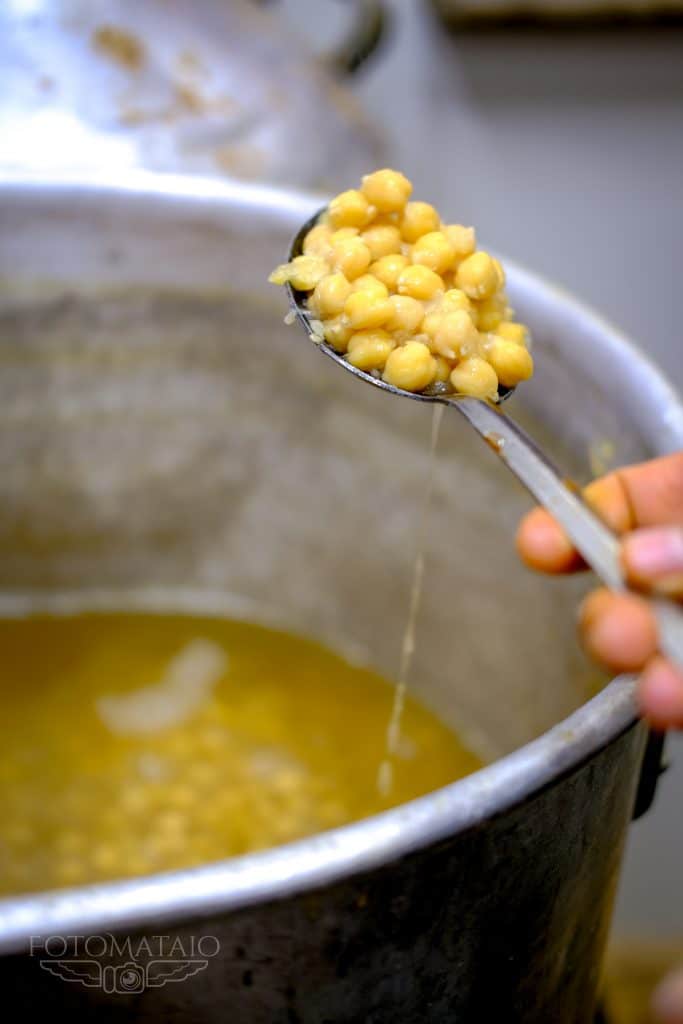
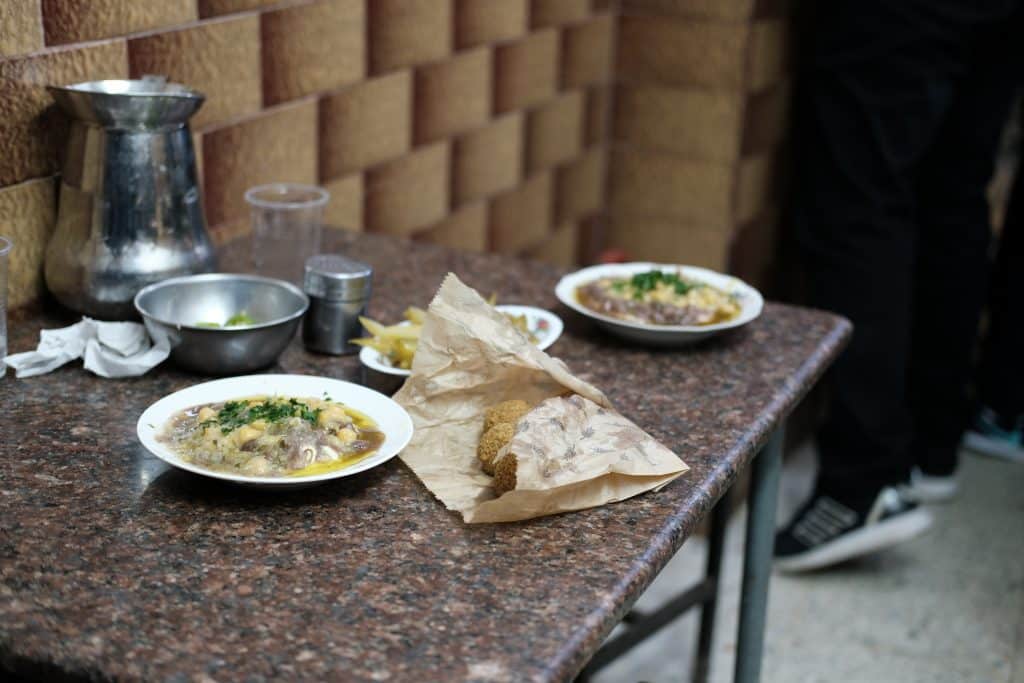
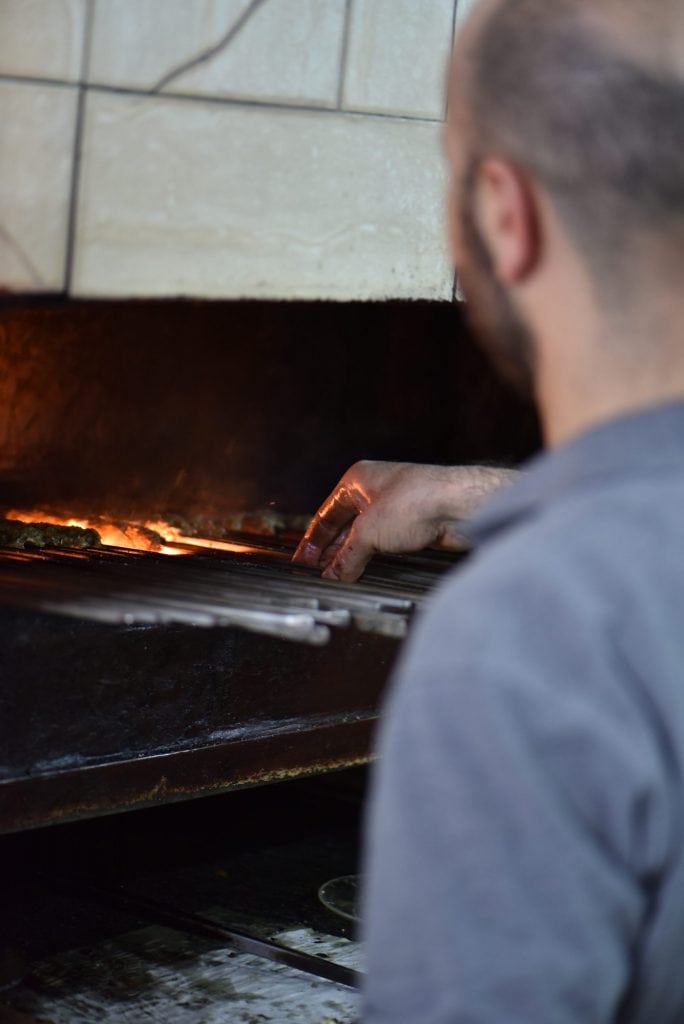
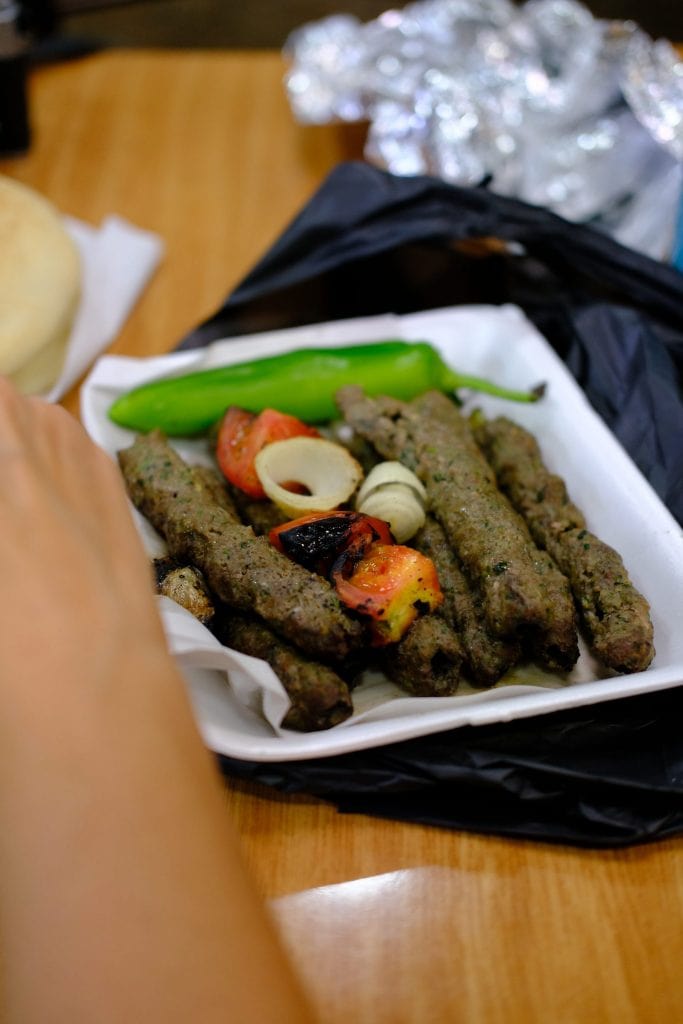
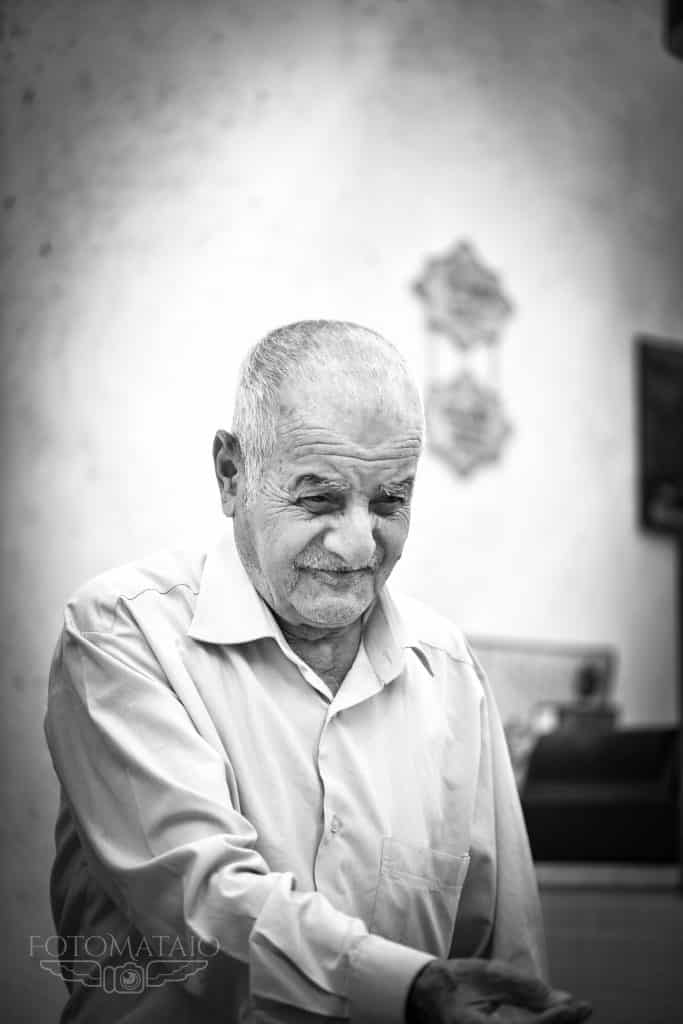
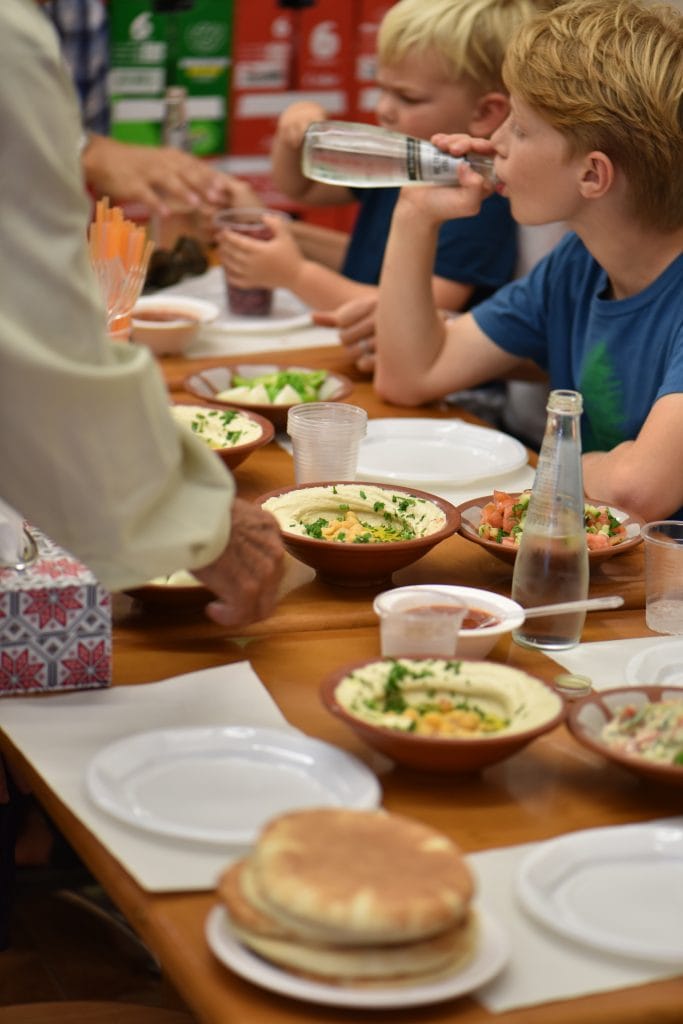
First, coffee, since you probably won’t have had a great coffee since Tel Aviv. The rest of the country hasn’t caught up to good coffee, and in many places, you might just get instant coffee. Roasters, in Machane Yehuda market, is excellent, and they open early.
Next, breakfast. For some reason, we never seem to go out for breakfast in Jerusalem. Maybe because we’re always touring and eating in the Old City. But we do pick up bourekas, savory pastries filled with cheese, spinach or potato. Dvir took us to The Original Bourekas from Haifa(that’s really the name) in the shuk, which has the best bourekas we’ve tasted. Although we also like Bourekas Ramle.
The second time we toured with Dvir, we met at Hachapuria, a restaurant that serves only Georgian bread. I hope you’re not gluten-free or dairy-free, because Georgian bread is heaven. It’s a soft, yeasted dough wrapped into a round boat. The middle of the boat is piled with cheese—and spinach, if you’re feeling virtuous—and an egg and then slipped into a wood-fired oven until golden and bubbly. The cheese and egg are topped with an enormous pat of butter. It arrives, steaming at your table, where you take a fork and pop the egg yolk to mix the egg and cheese and butter all together into a creamy delicious mess. Tear off a piece of bread, dip and repeat.
I arrived in Israel craving sabich, but it took until we arrived in Jerusalem for me to eat it. And so I did, here at Aricha. Twice. If you don’t know sabich, it’s fried slices of eggplant tucked into a soft pita with hummus, tahini, spicy sauce (zhug), Israeli salad (tomato and cucumber), onions if you like (I don’t) and the best part—amba. Amba is a sauce made from fermented mango and fenugreek and it is tangy and sour and addictive. I always ask for extra amba. Eat it like you would a juicy hamburger, over a napkin, head down and elbows wide.
Machneyuda, one of my favorite restaurants in Israel, cheekily serves creative Israeli cuisine in a nightclub-like atmosphere, with blasting music and both the wait staff and the line cooks doing shots of arak with diners. Boisterous venues are not usually my kind of scene, but Machneyuda is an exception and I love it. Plus, the food is unique and I always come away inspired with a new idea. Make reservations in advance.
Yudaleis a sister restaurant to Machneyuda, with a small open-air dining room. Grab some seats at the bar and order any of the small plates of the equally-creative menu.
Now for the food in the Old City.
We have a running joke with Dvir about our hummus place versus his hummus place and which one is better. We both agree that his falafel place is the best. At Abu Ahmed located on the Via Dolorosa between stations five and six, the falafel is perfectly crispy on the outside and light on the inside. It will arrive with bowl after bowl of hummus and tahini, Arab salad and pickles, onions and a sauce of spicy shifka peppers and lemon juice. Eat it all separately or stuff it into a pita. Every year, when we eat hummus and falafel in the Old City, Elie orders his yearly Coke. It’s become his tradition, one Coke a year. I think he drinks less that half of it, but it’s the idea that’s most satisfying, I think. Life is often that way.
On this visit to Abu Ahmed, an older man, one Dvir told us sits at the corner table and meticulously peels the garlic each day, began to play with Theo. He spoke Arabic, but his smile and spirit reminded me of my Pappy. He played peek-a-boo and clapped and danced and taught Theo a simple song. Theo liked the gentleman immediately, and he jumped up and down and played along, clapping and singing. As I watched the two of them playing, I had tears in my eyes. This is how peace begins, with love, compassion, kindness, acceptance.
To get to our hummus place (there is no name), walk through the Damascus gate to the entrance to the Muslim Quarter. Walk all the way down the ‘road’ to the end and turn left. It will be a small hole-in-the-wall on the right. Elbow your way (politely) to a table and order the hummus, which is all they serve. Now that we’ve had Abu Hassan’s hummus, it’s our second-favorite hummus in Israel.
We ate lamb kabobs around the corner from our hummus place. The kebabs were formed on these long steel spears and the man manning the fire rotated them in the fire until they were dripping fat and browned, and then he pulled the meat off the skewer with his bare hands. I’m so tempted to write that in all CAPS, because I couldn’t believe it. Dvir said he had no nerve endings in his fingers any more. They were delicious.
I’m sure I’m leaving some things out, like get your spices at the spice shop right across from the kebab place and your halva just a few stalls down from that. That’s pretty much how directions go in the Old City. But if you tour with Dvir, he’ll show you the way. I came home with a suitcase full of sumac and za’atar, fenugreek and amba, because it’s so satisfying to come home and recreate those memories of your trip by reinventing the meals you experienced.
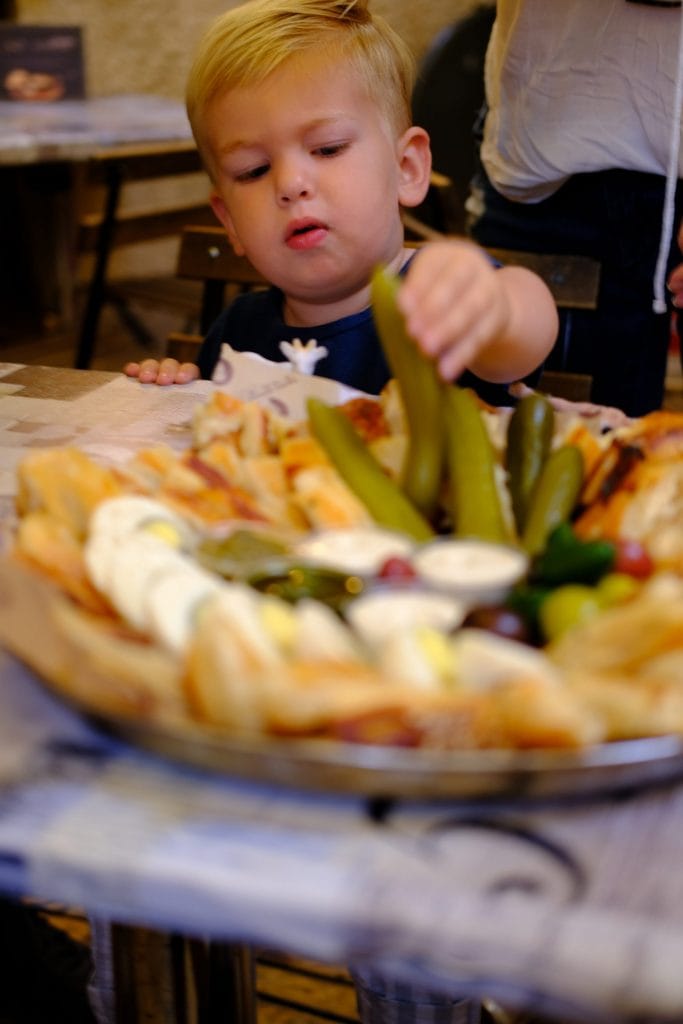
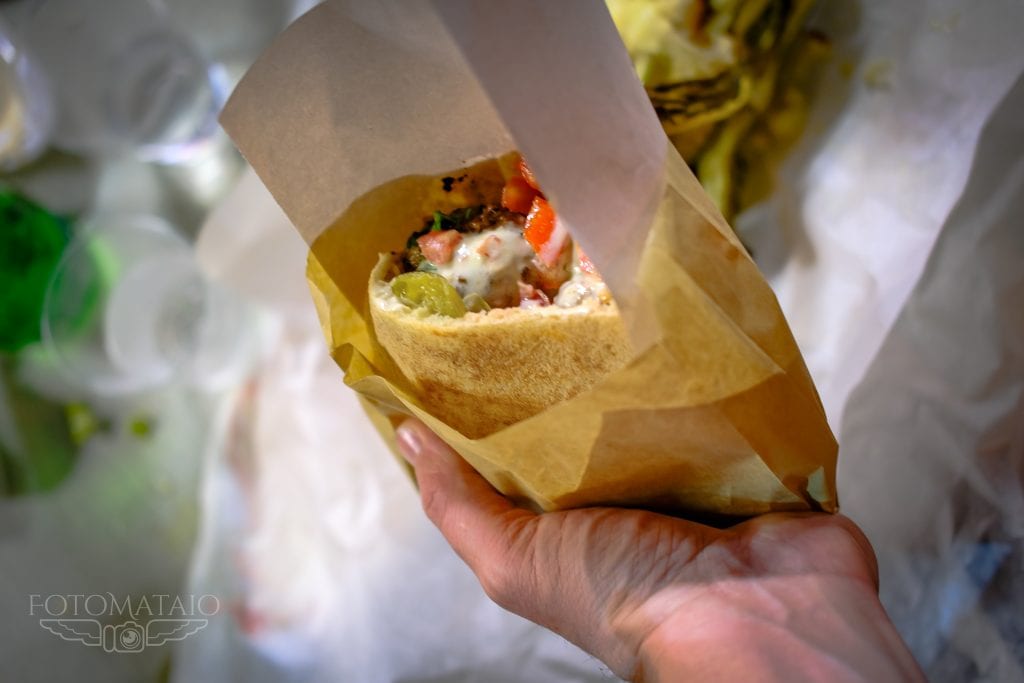
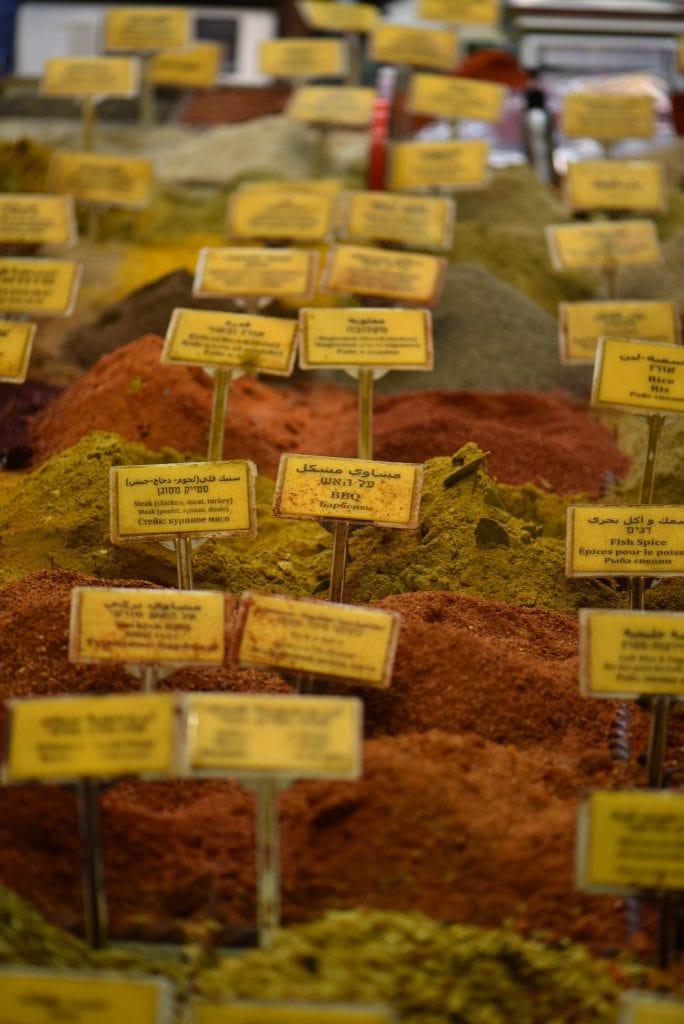
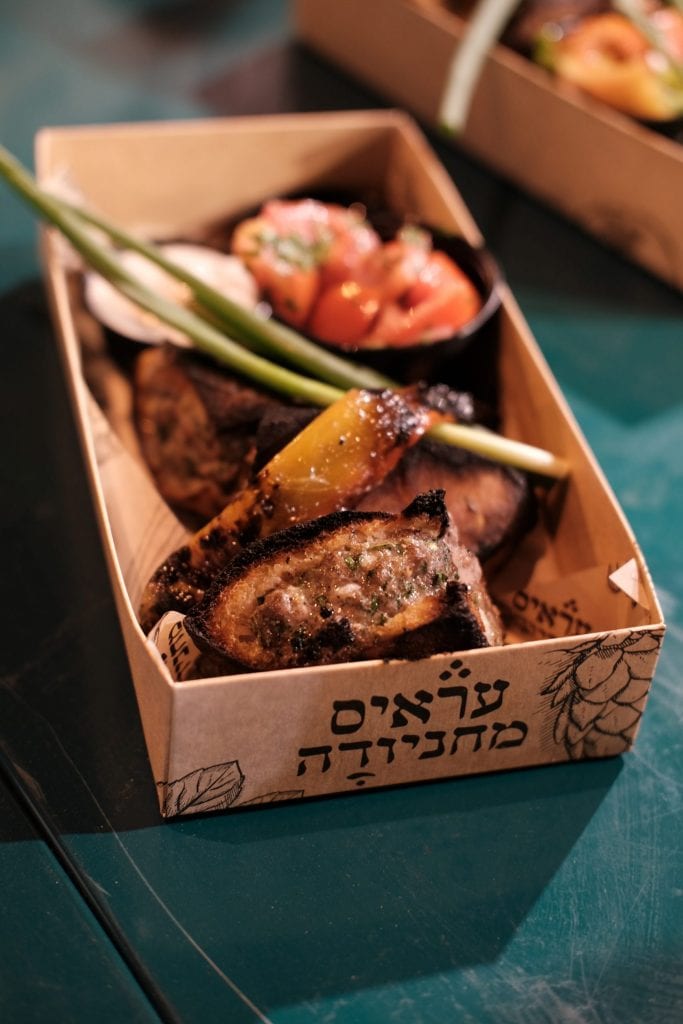
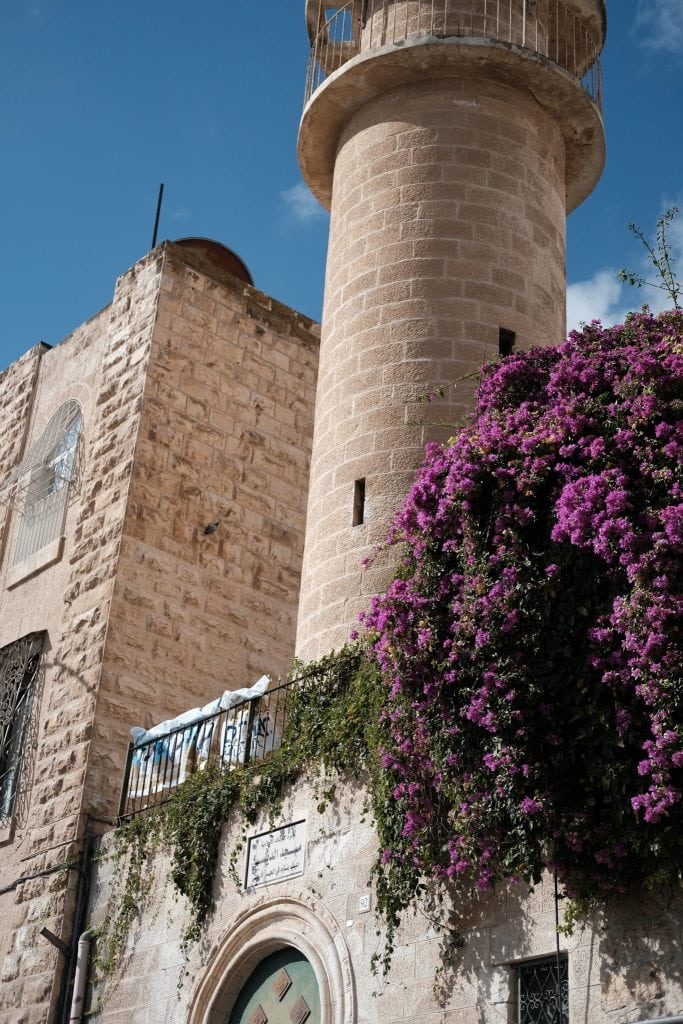
Our typical strategy for touring Israel is to start and end in the cities, and we rent a car in the middle to explore to the north and south. Driving in Israel is easy, and all of the signs are in Hebrew, Arabic and English. Easy for me to say; I don’t do the driving. Elie does. But, you don’t need a car in either Tel Aviv or Jerusalem, and parking is difficult. You can take public transit or taxis in both cities.
If you’re picky about your coffee, you may want to bring your AeroPress or pour over or cold brew container with you on this trip. I didn’t bring mine this time, and I regretted it every morning I had mediocre coffee or no coffee at all.
Don’t worry about the language barrier. While not everyone speaks English, it is widely spoken across the country. And most restaurants will offer an English menu.
Don’t be afraid. So many people don’t travel to Israel because they are afraid of violence. Israel has a very low violent crime rate, so you are probably safer there than in most U.S. cities. Is it a country always in danger or war or attack? Yes, but it’s unlikely. And anything can happen anywhere, as evidenced by the violence and natural disasters in our country this year.
Go to Israel. You will be welcomed with open arms. Israelis will passionately show you all there is to love about their country, from the land to history to religion to art and culture and food. It’s a magical place. Every time we leave, I can’t wait to return.
Jessica and Mataio, Luca and Nico, we would go exploring again with you any time. We can’t wait until our next adventure. Mimi, you are our best travel companion. We love you all.
These photos are only about 100 of the thousands of photos Mataio took and edited over the three weeks. Thank you, Mataio! for so beautifully cataloging our trip.
I love when I see an email from a friend, and that’s how I think of you. I hope you feel the same. In my newsletter, I share the kinds of recipes and stories I used to blog about. You’ll get the recipes I’m cooking for my family as well as anything else I think might bring more connection or more joy.